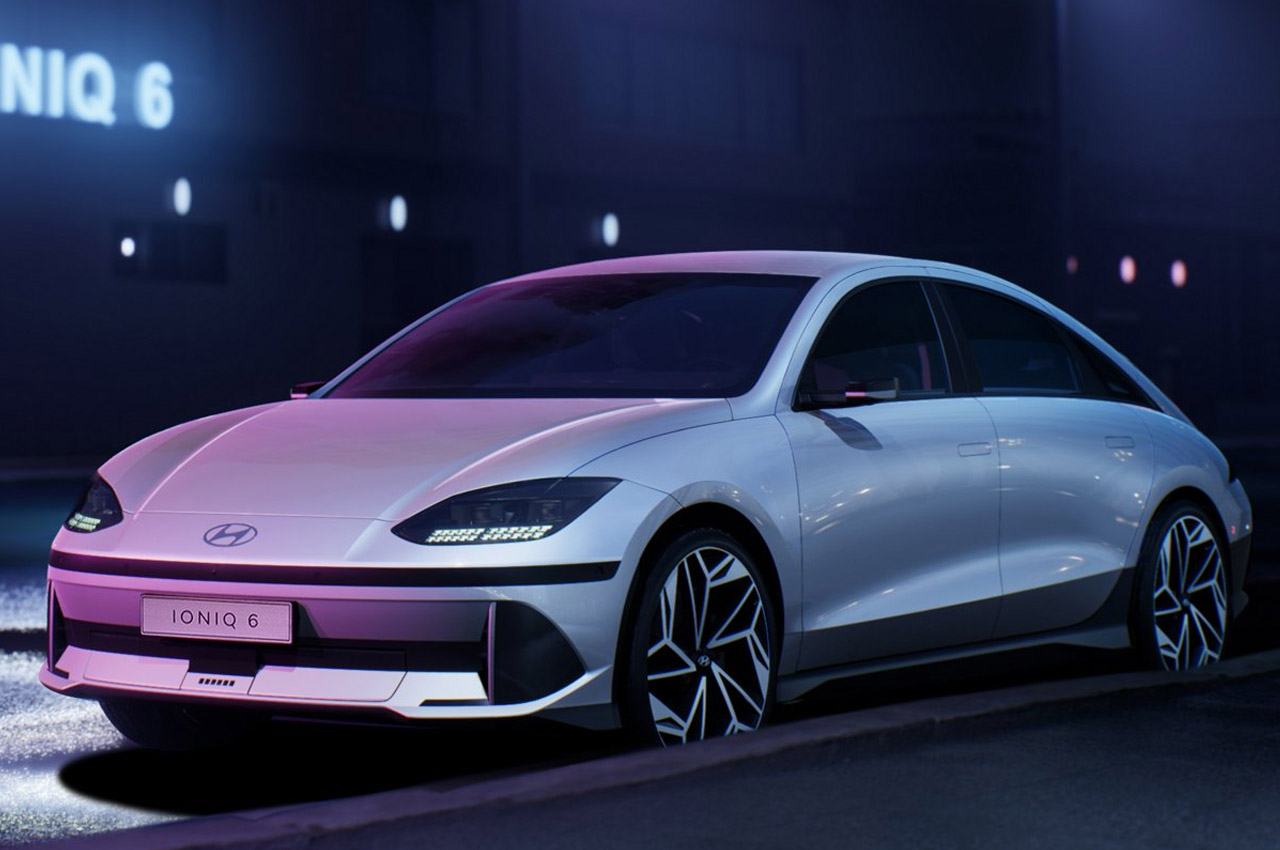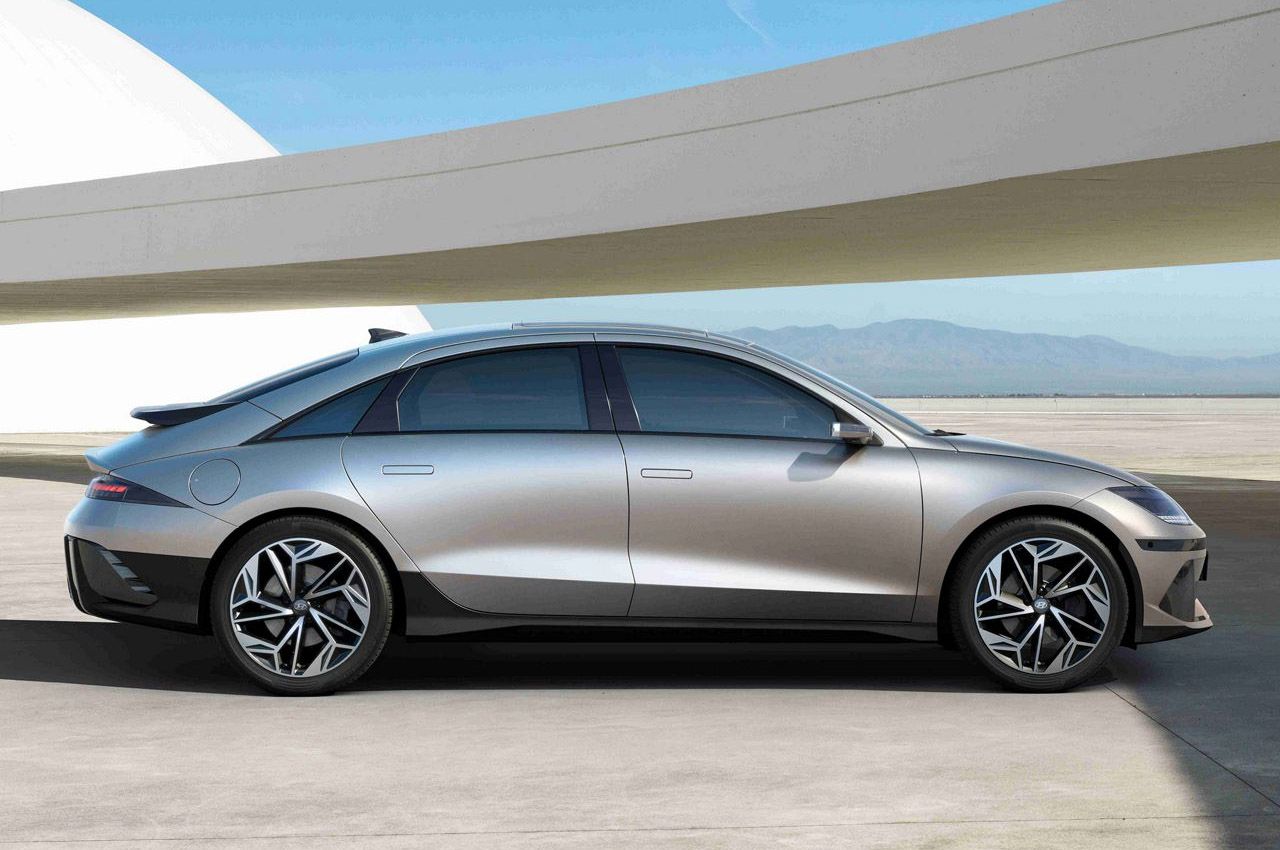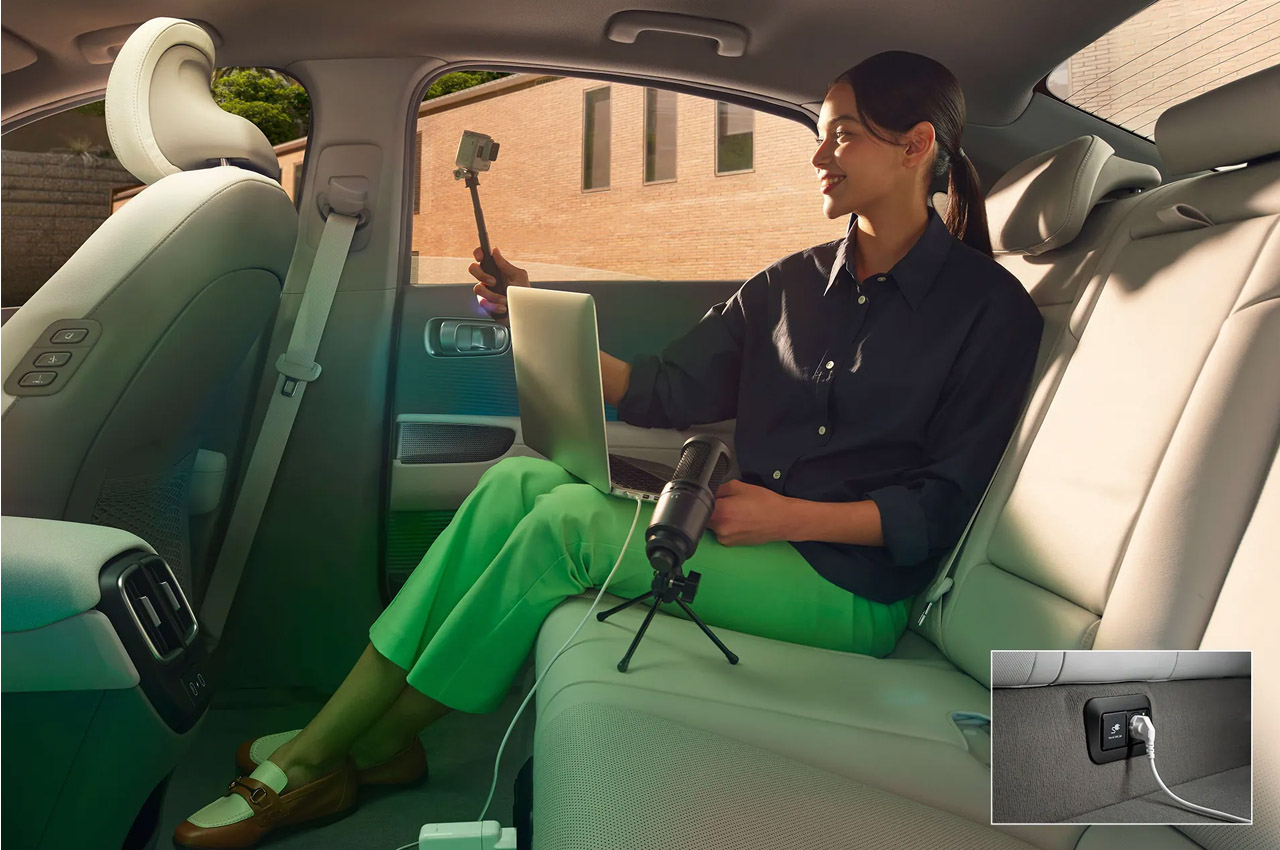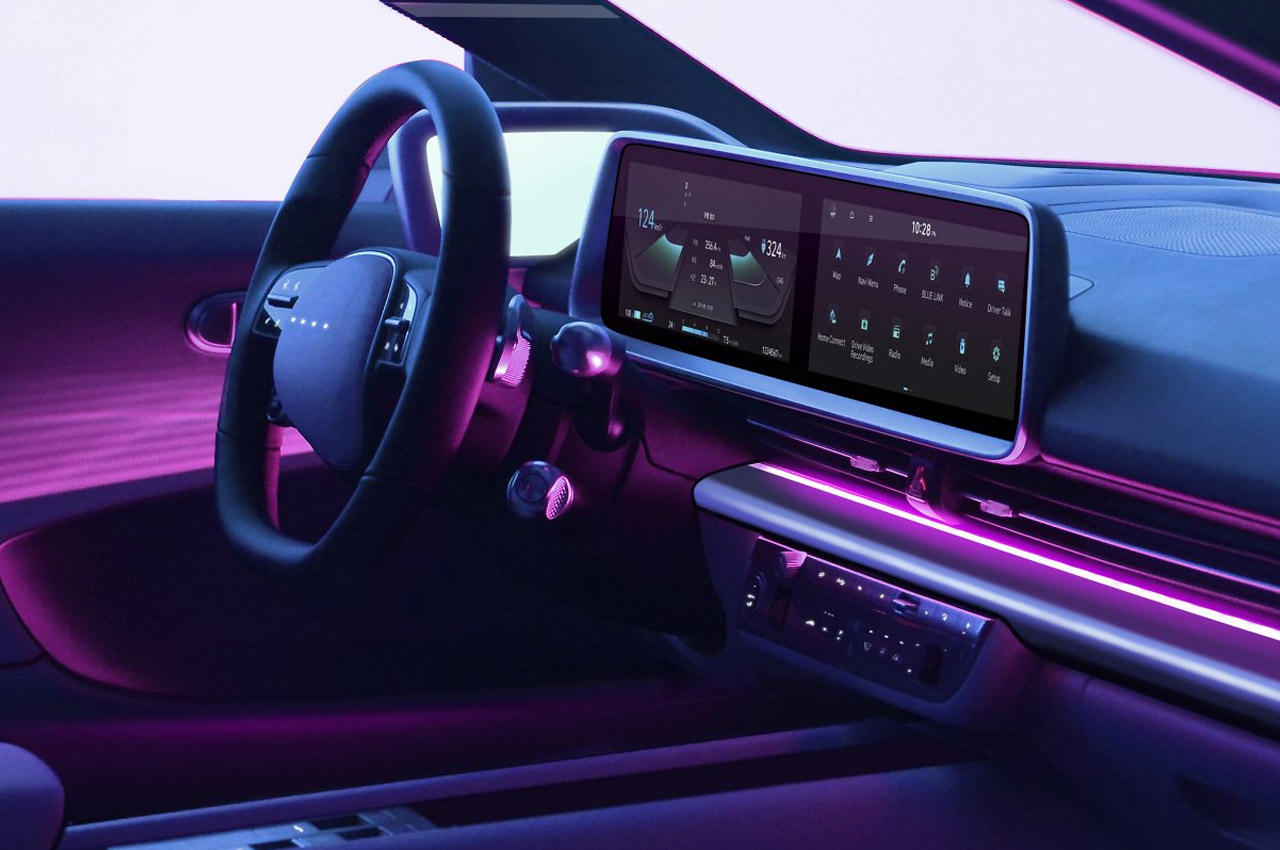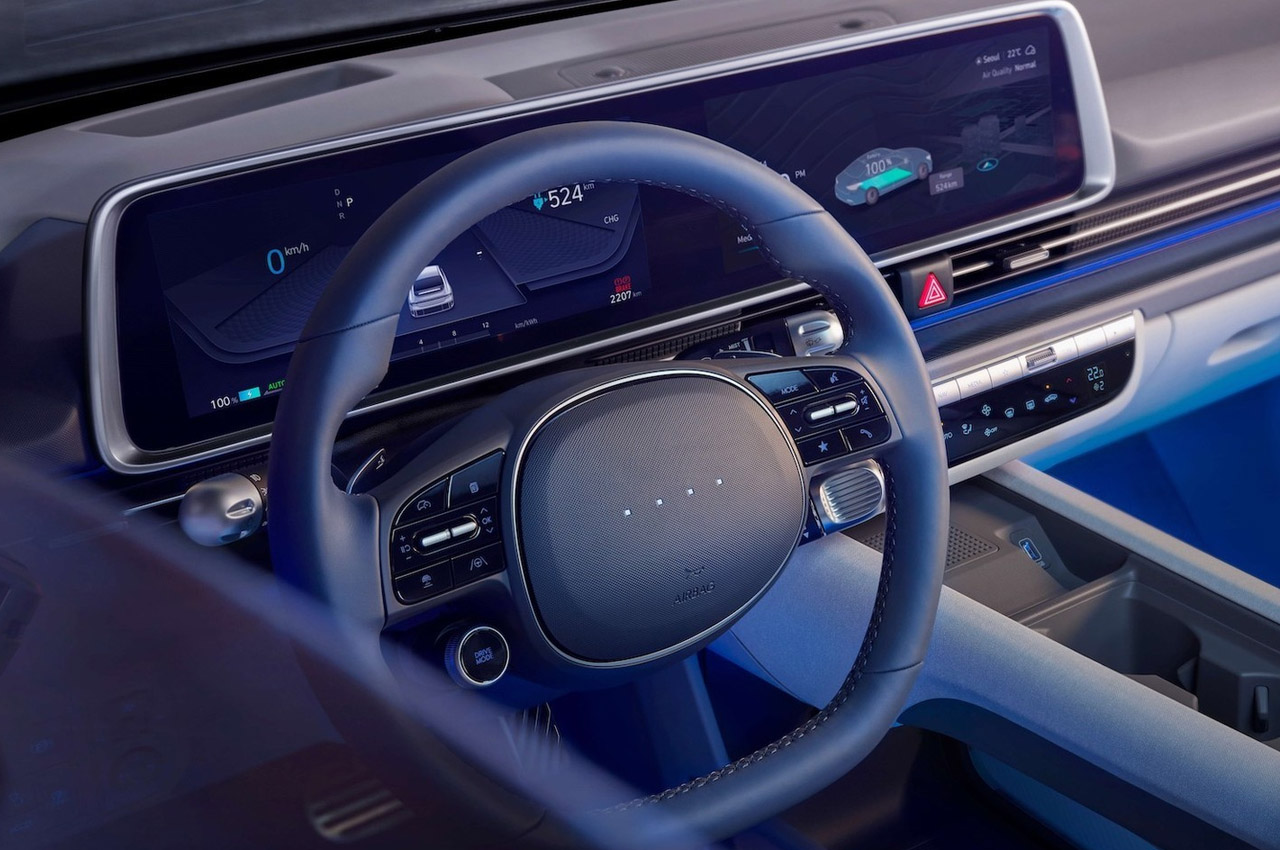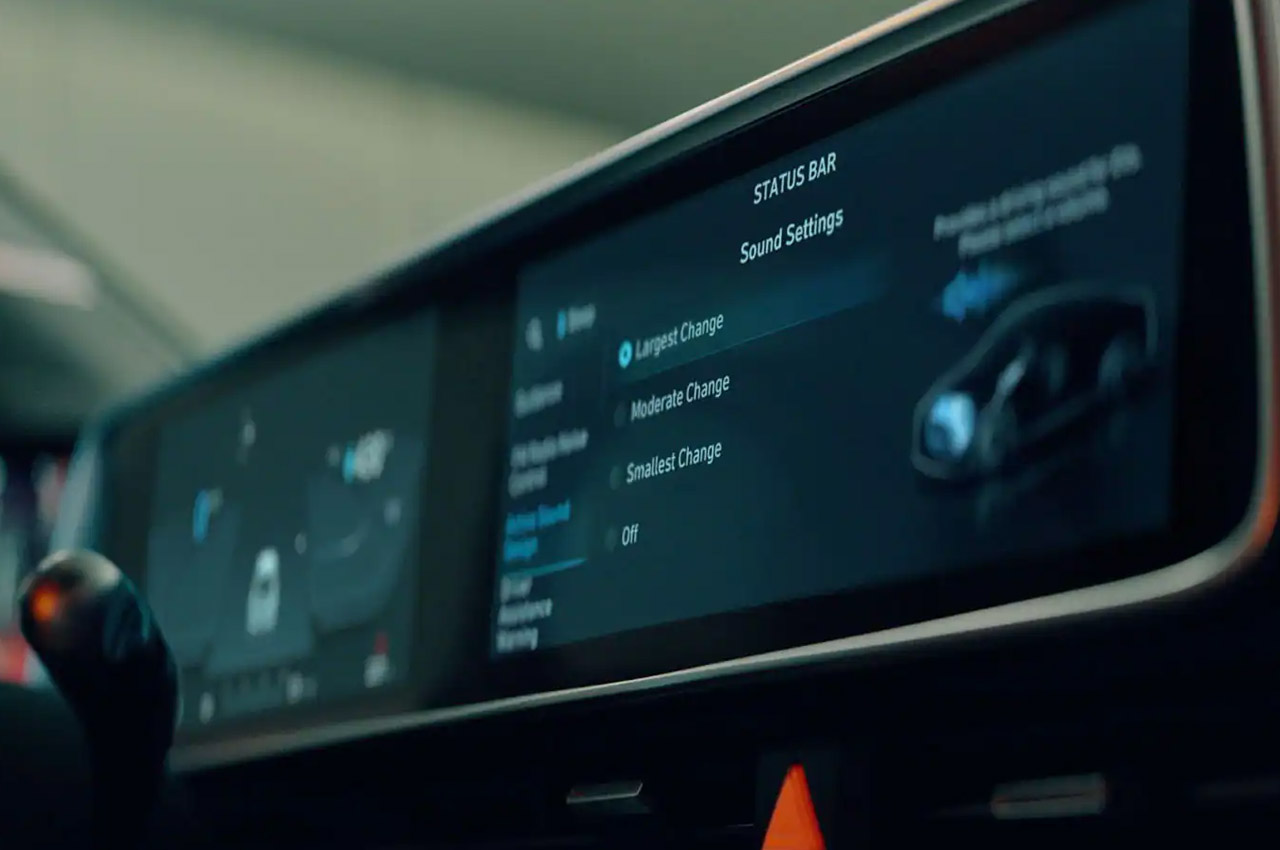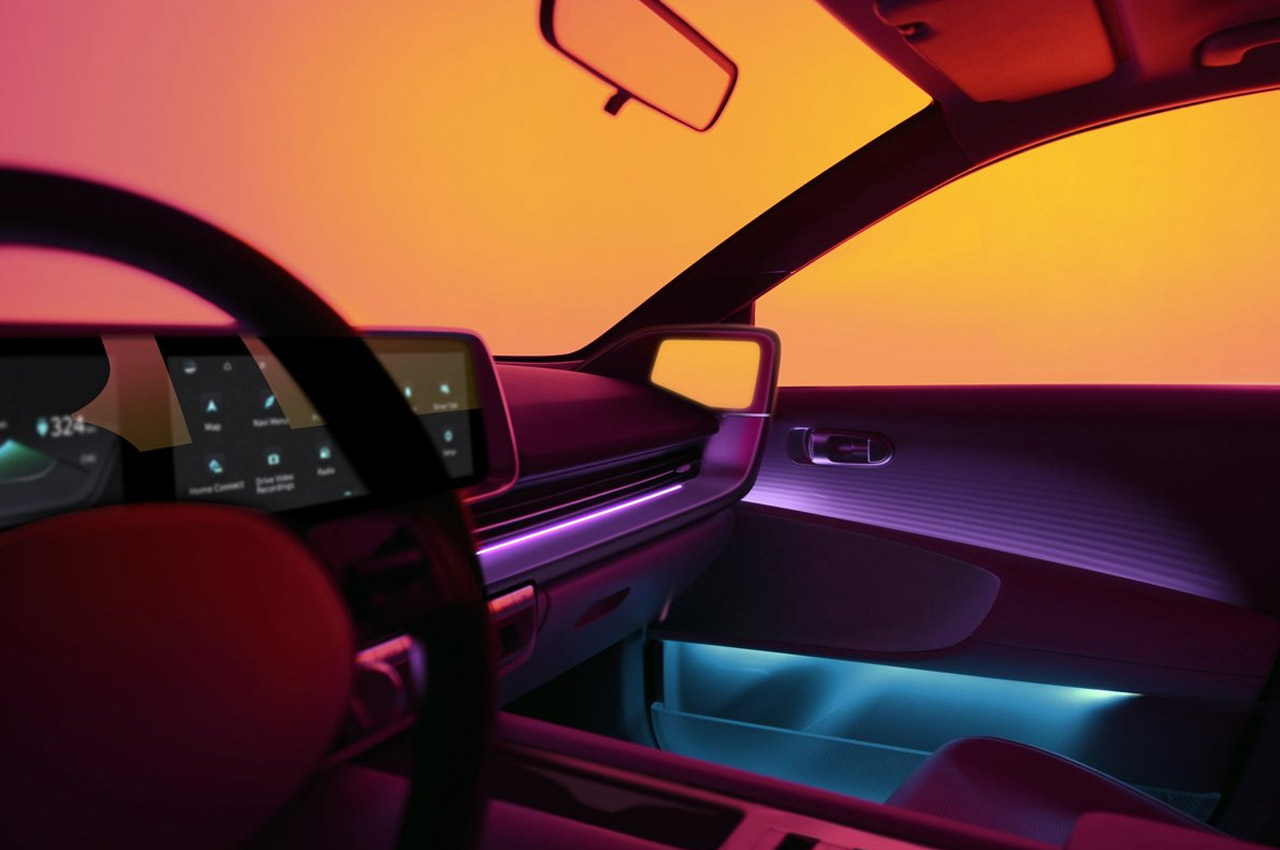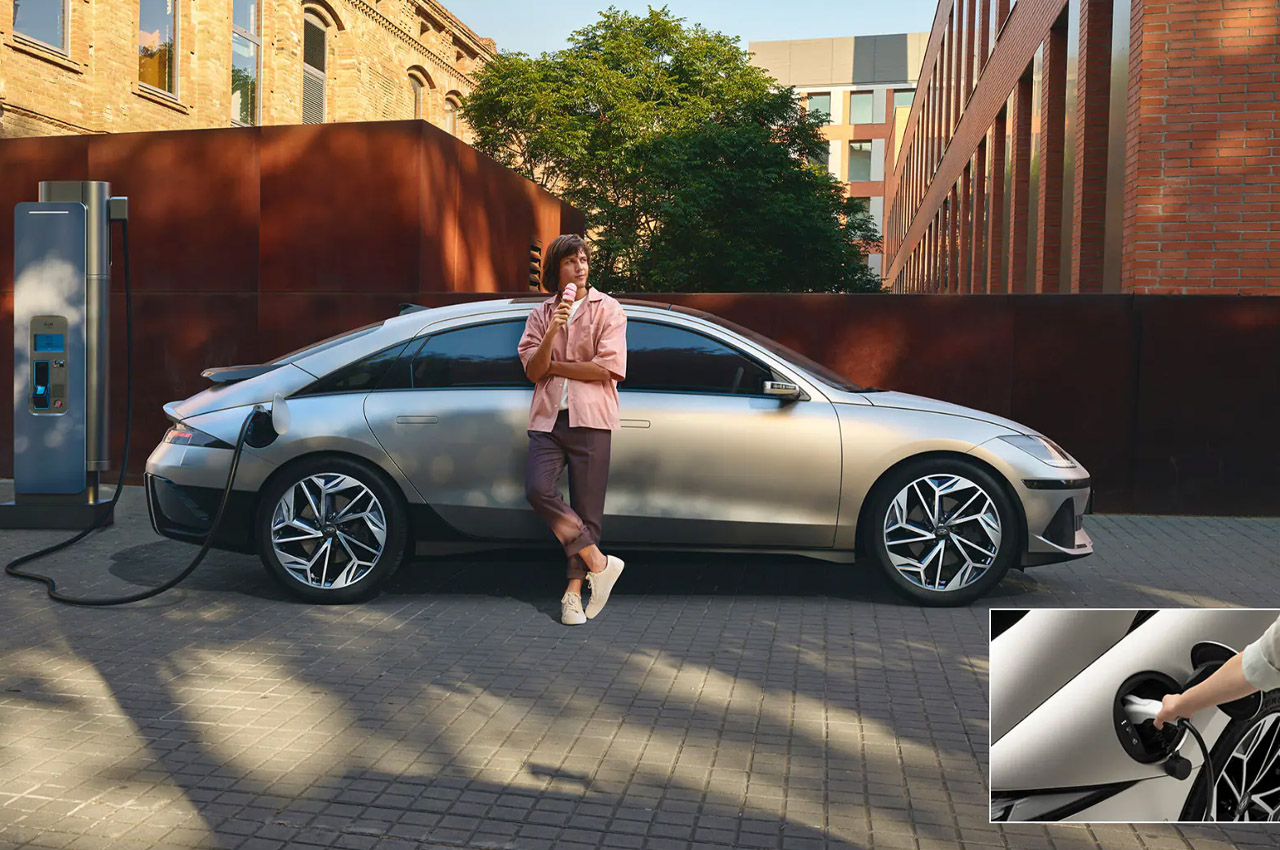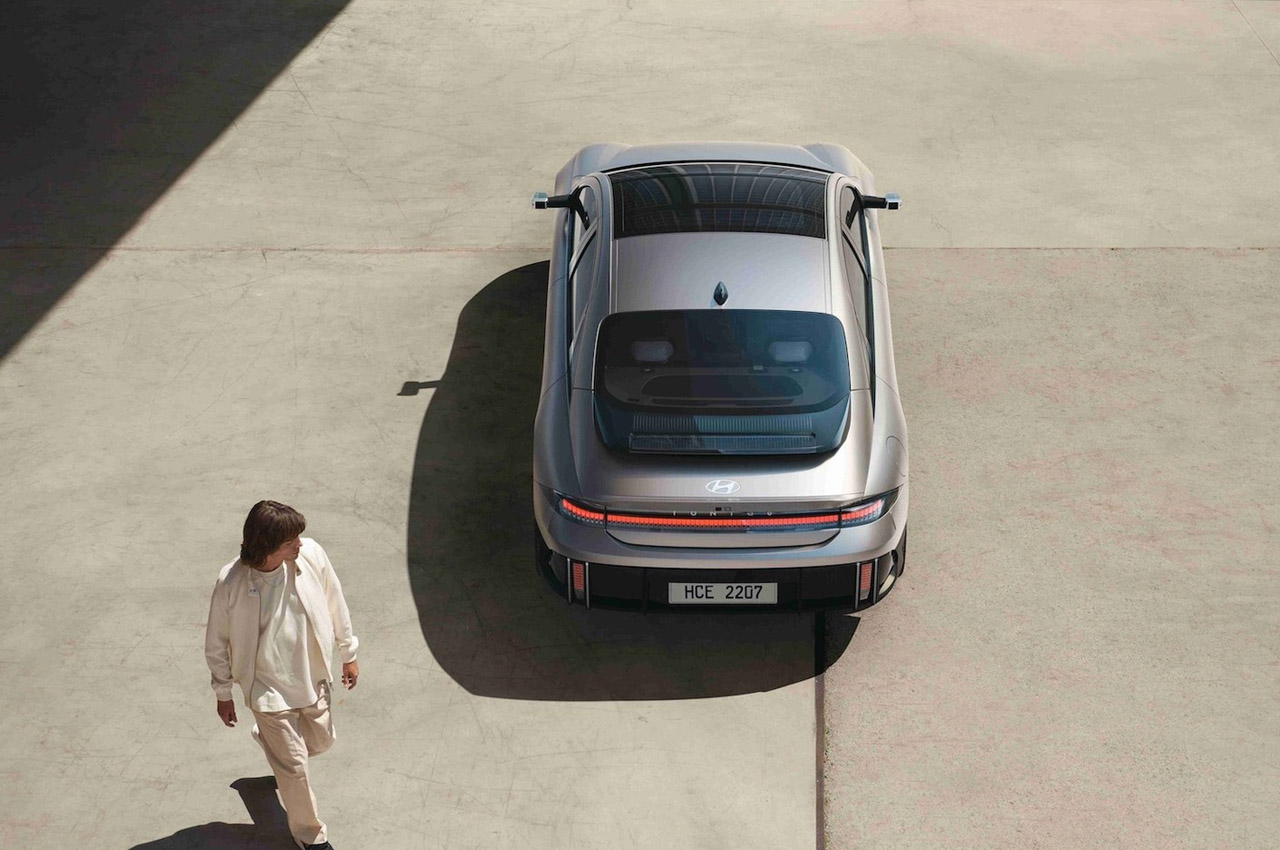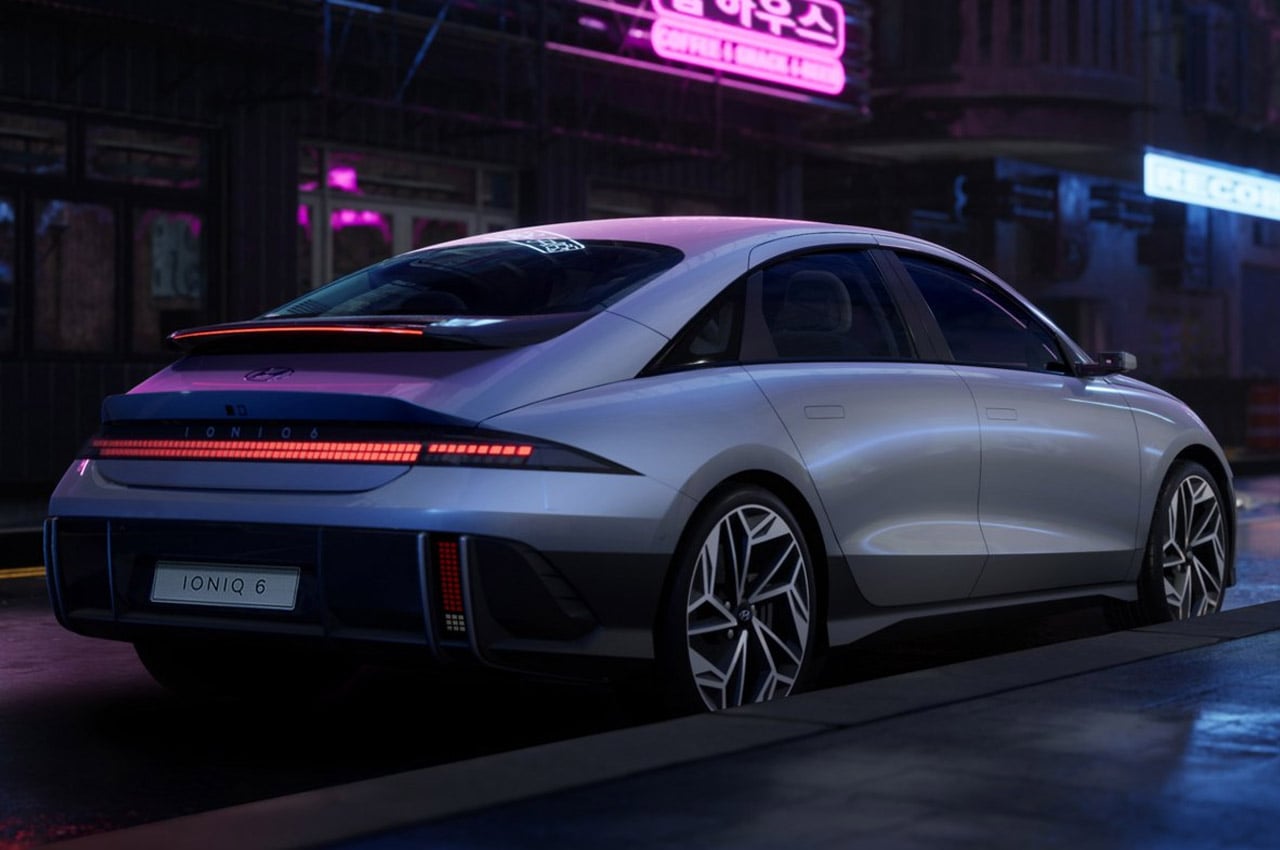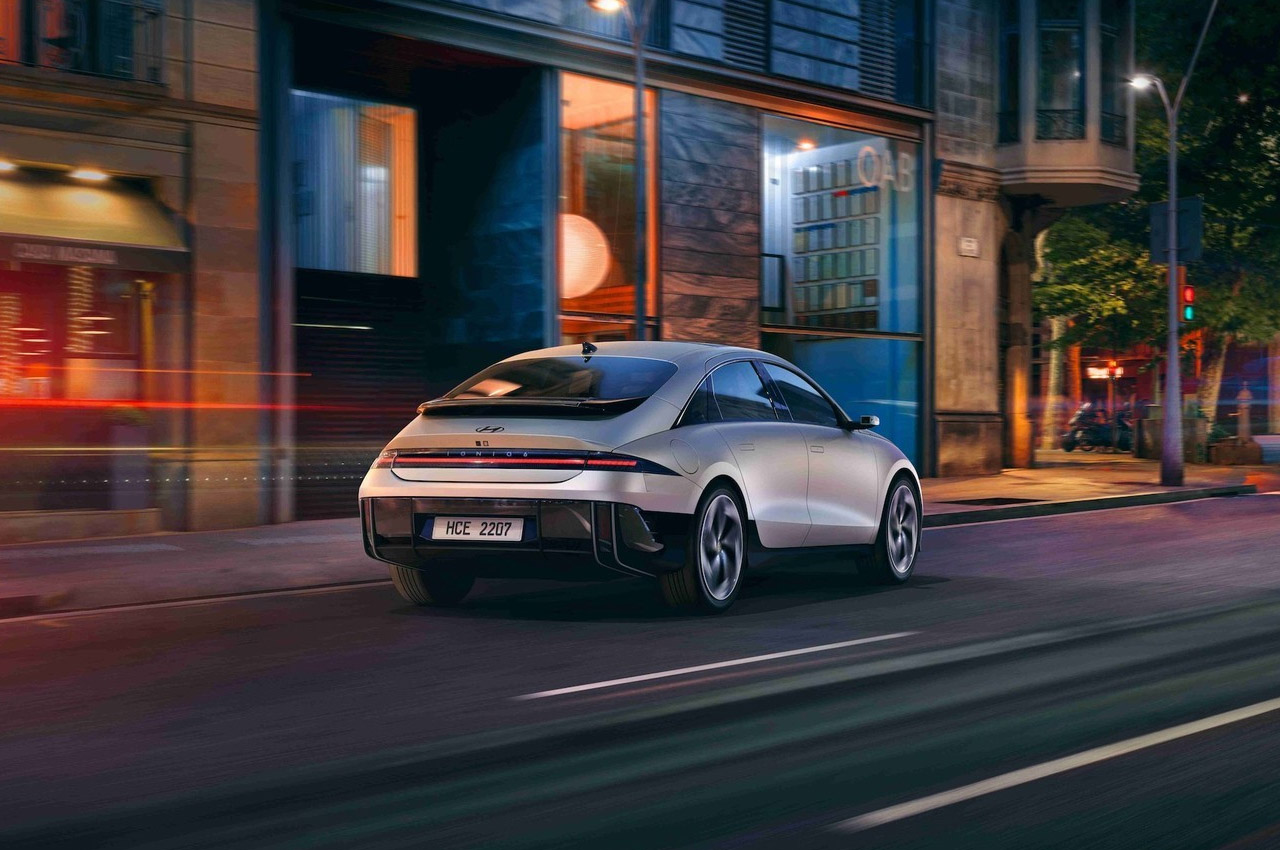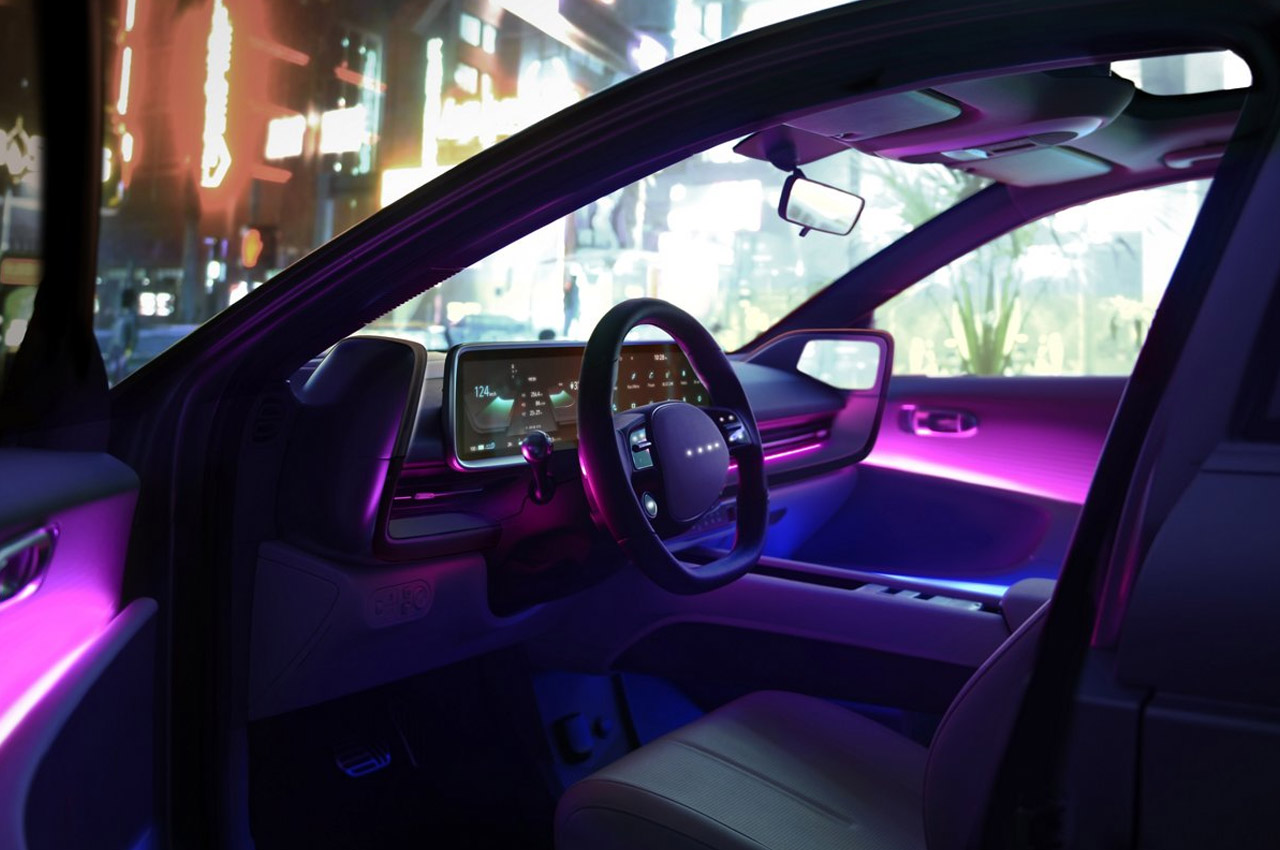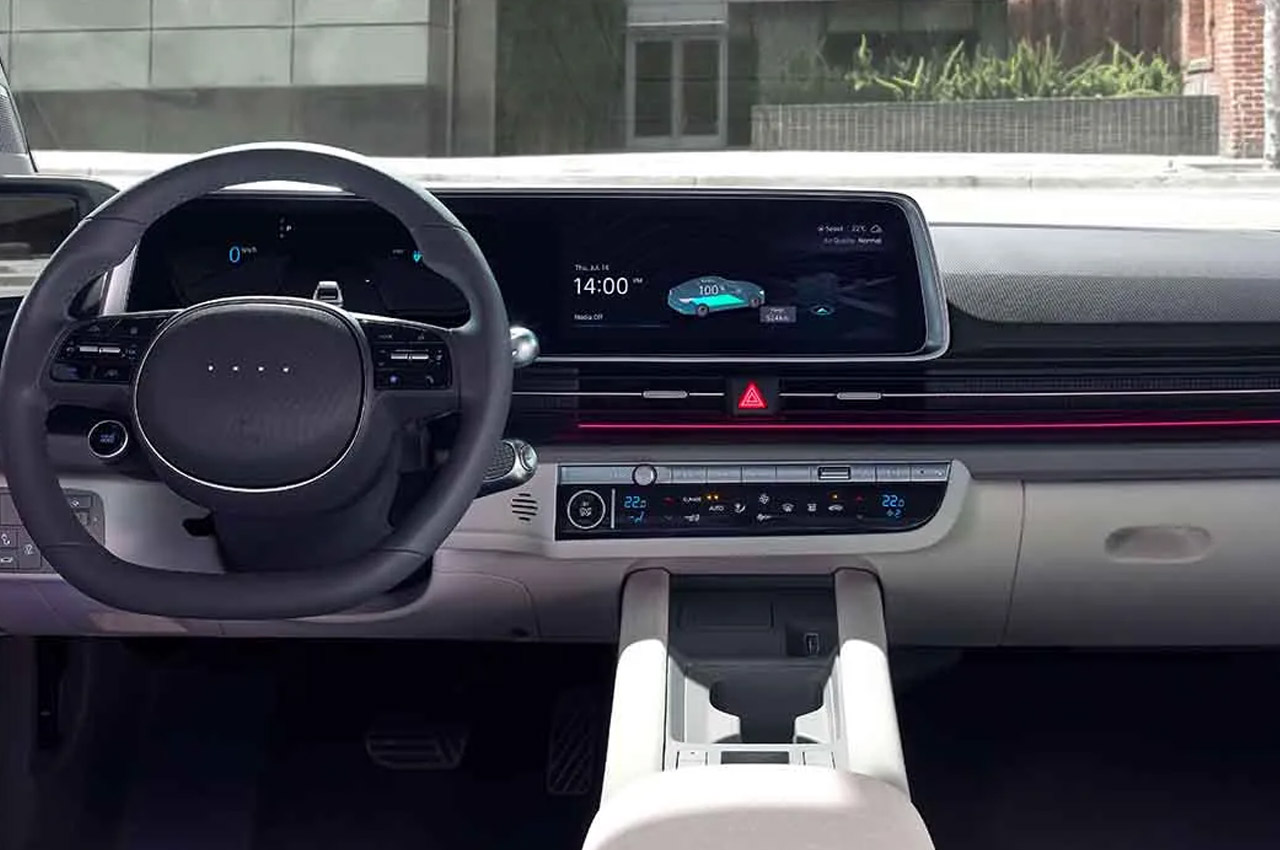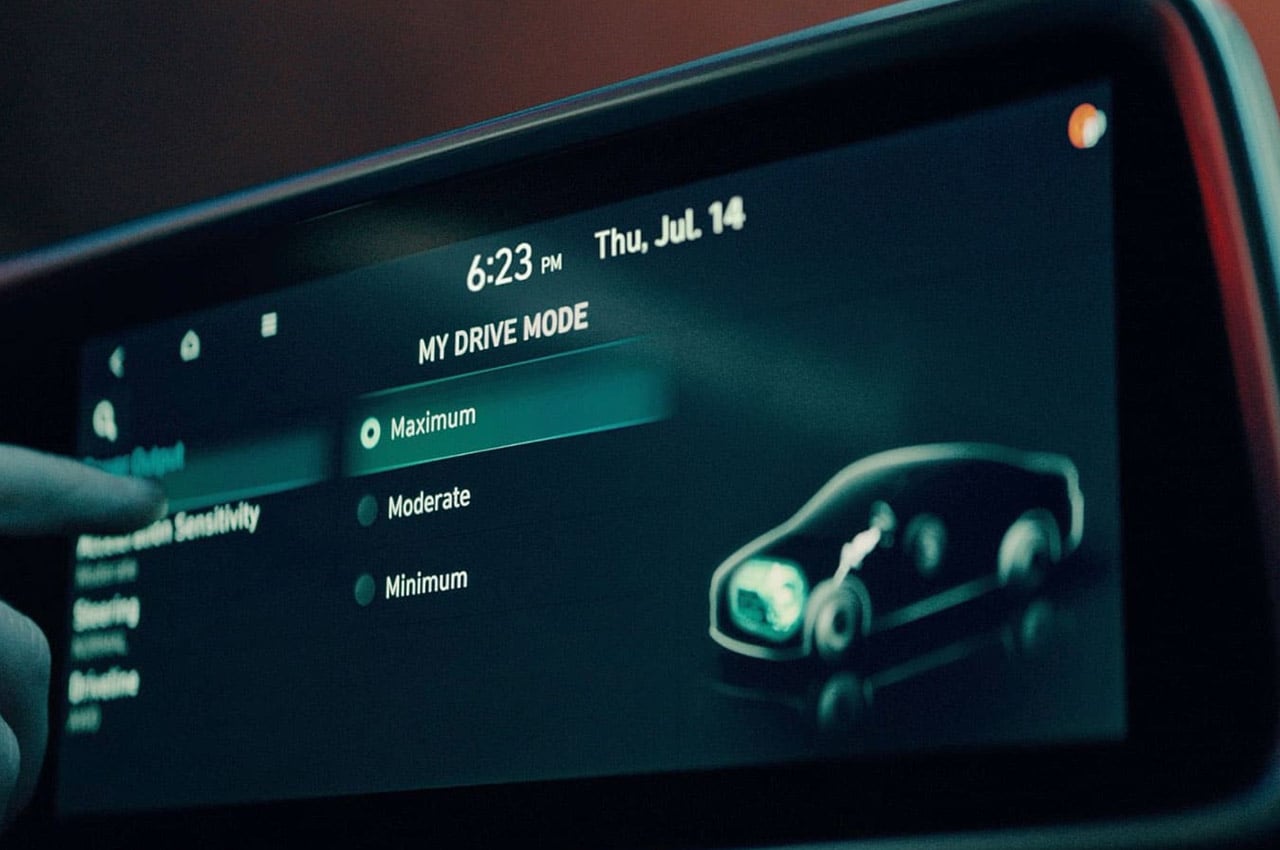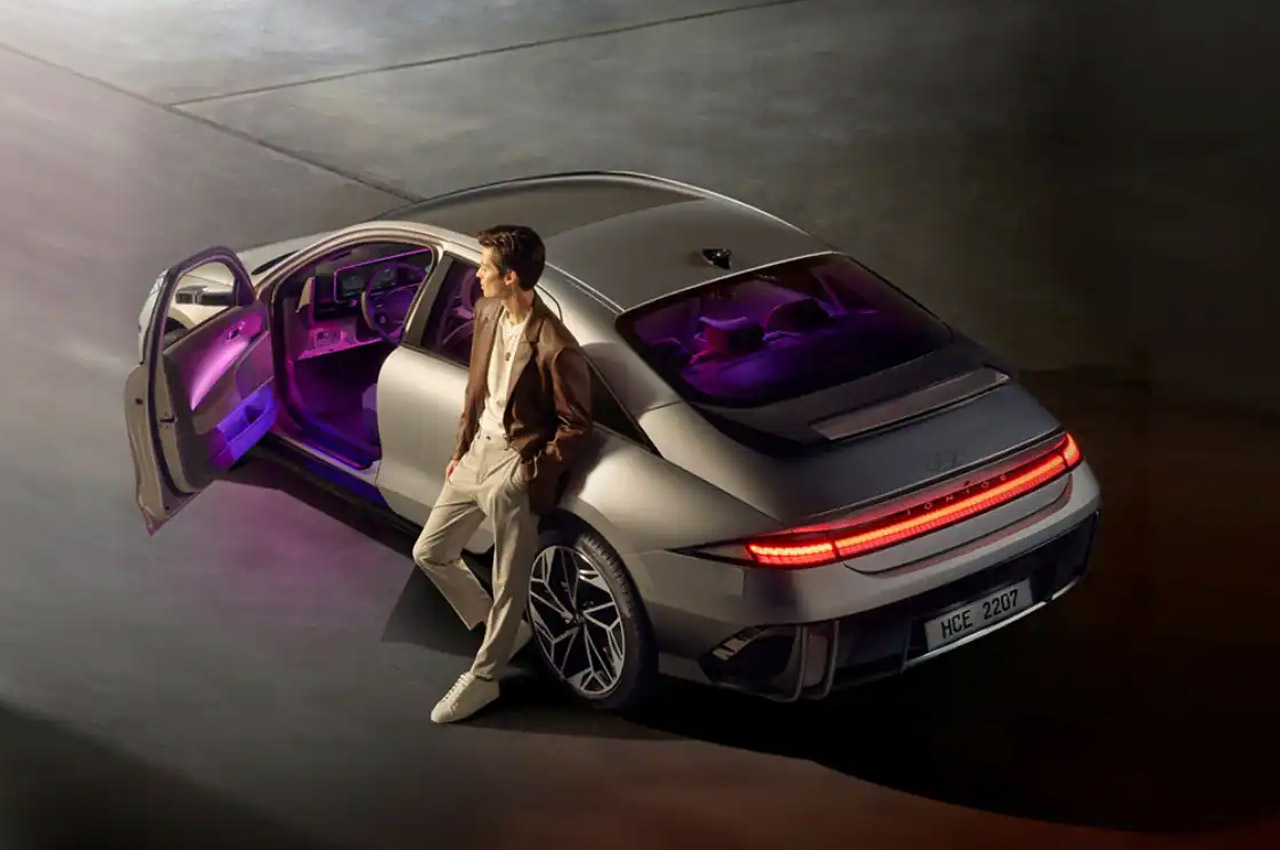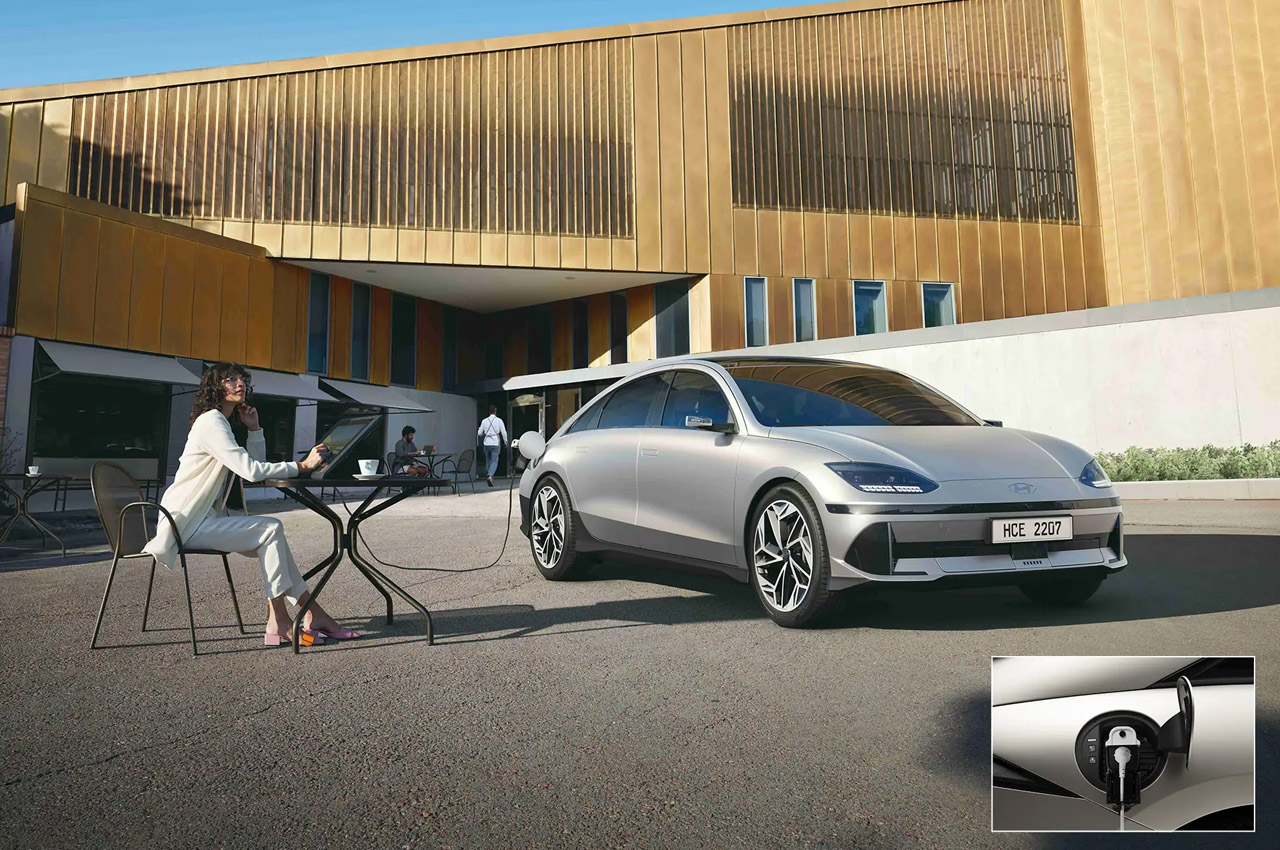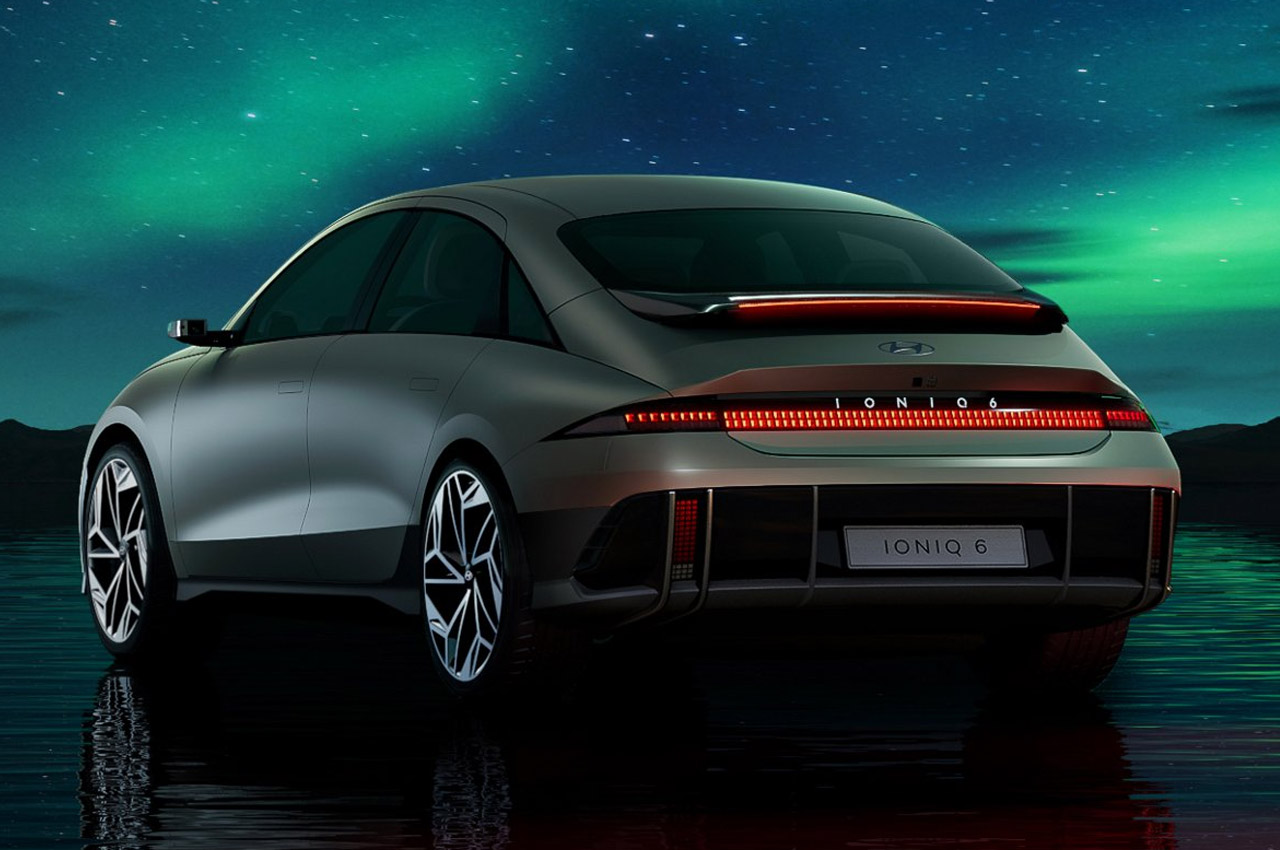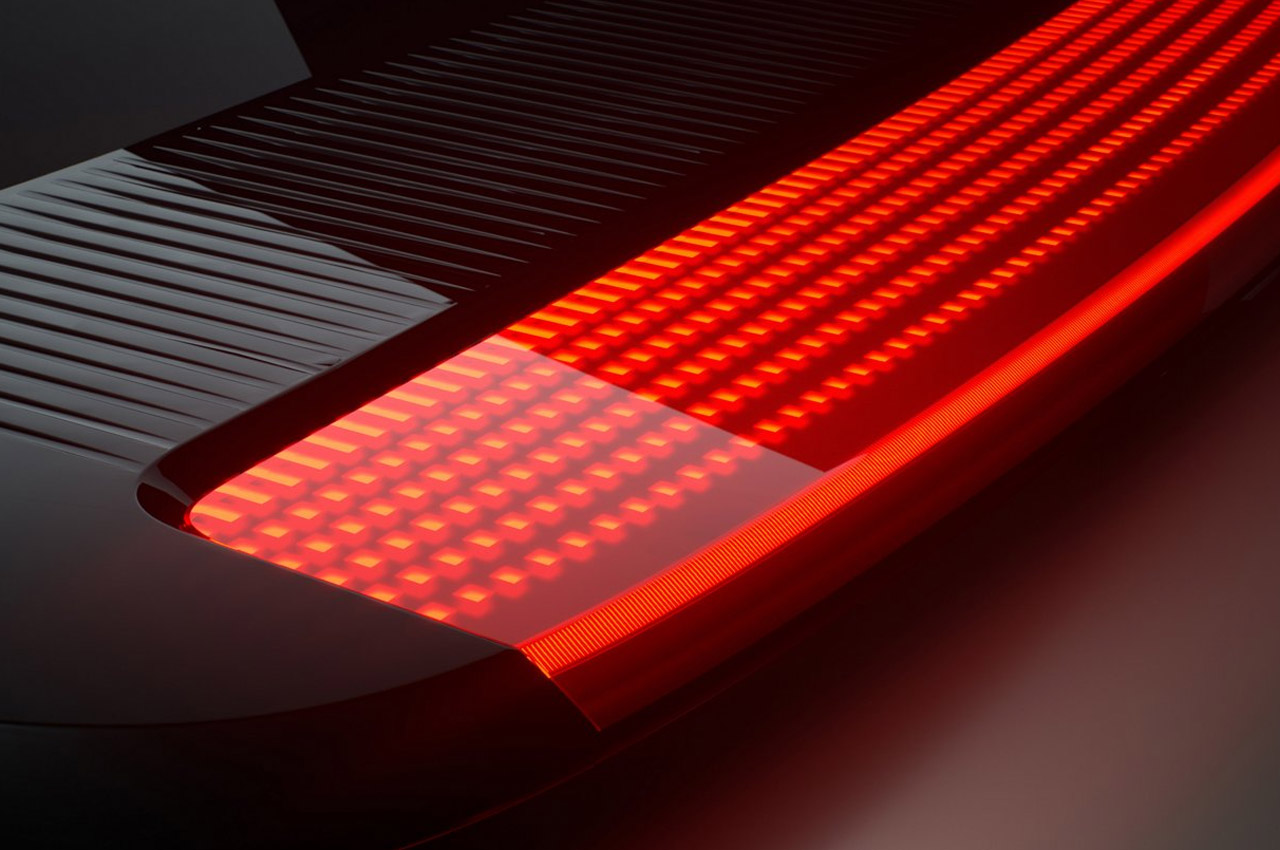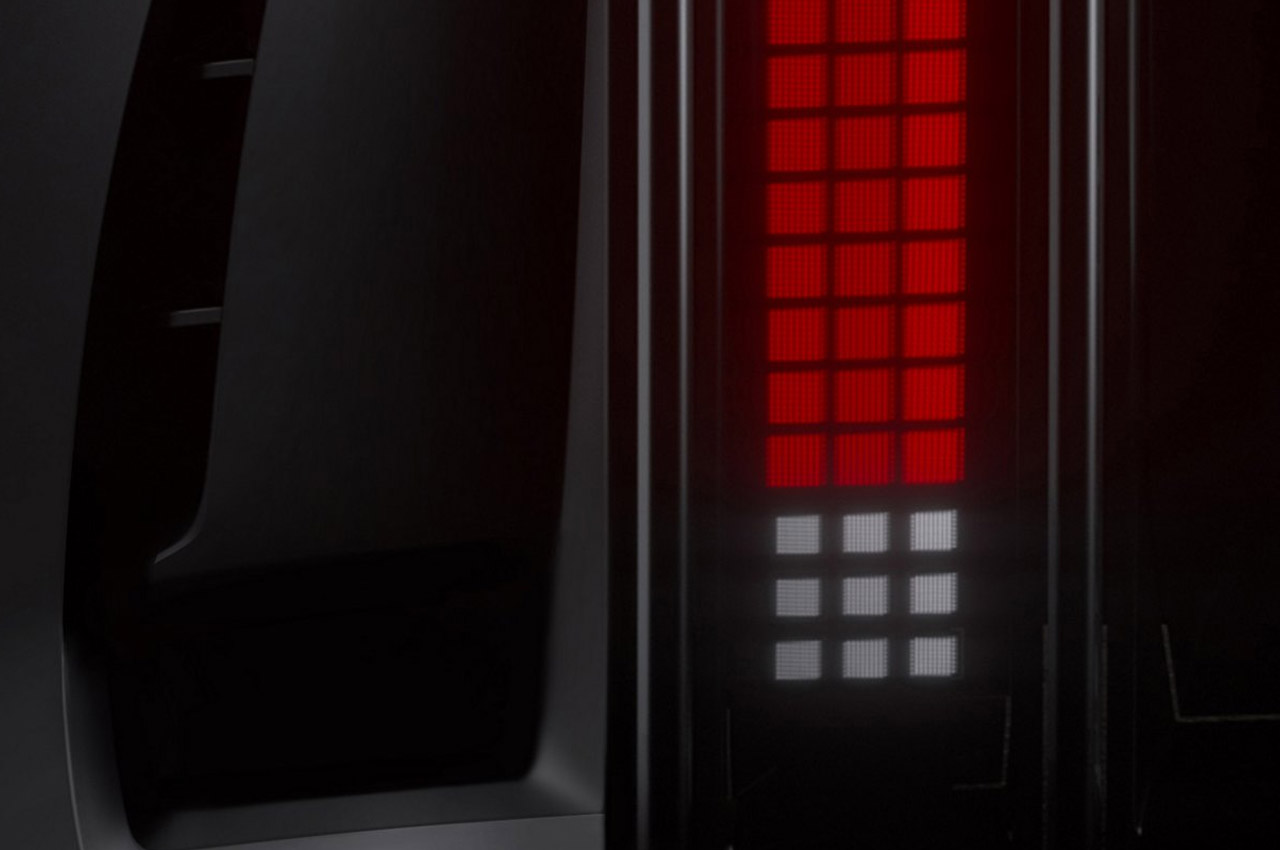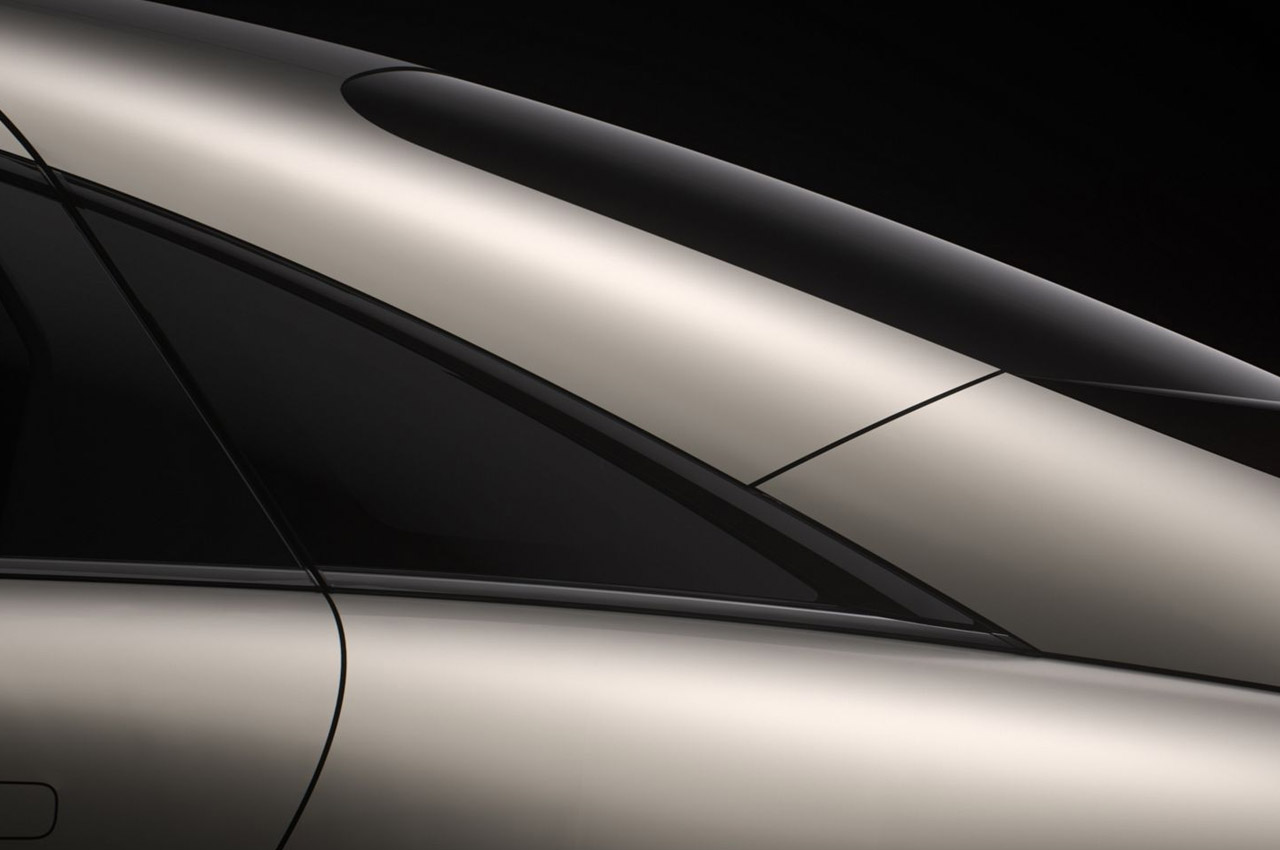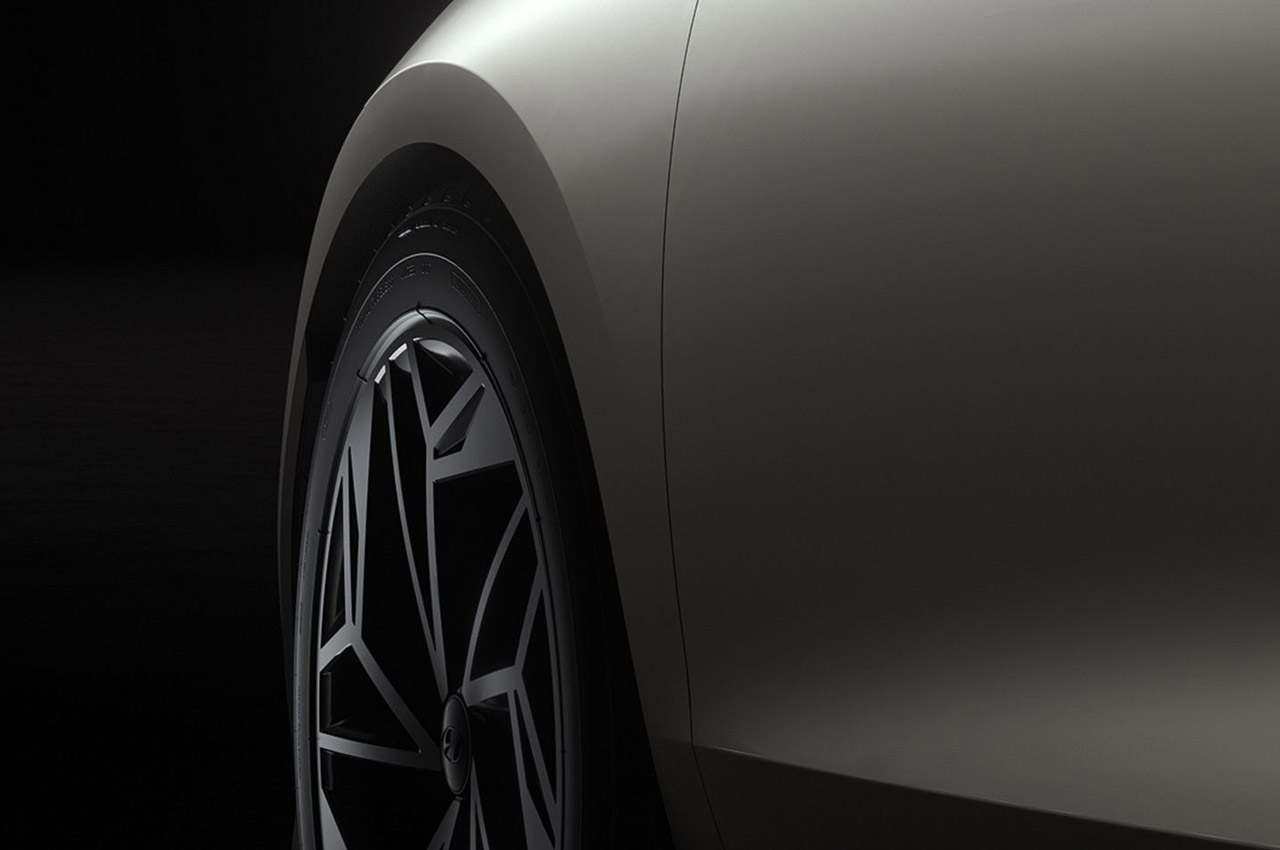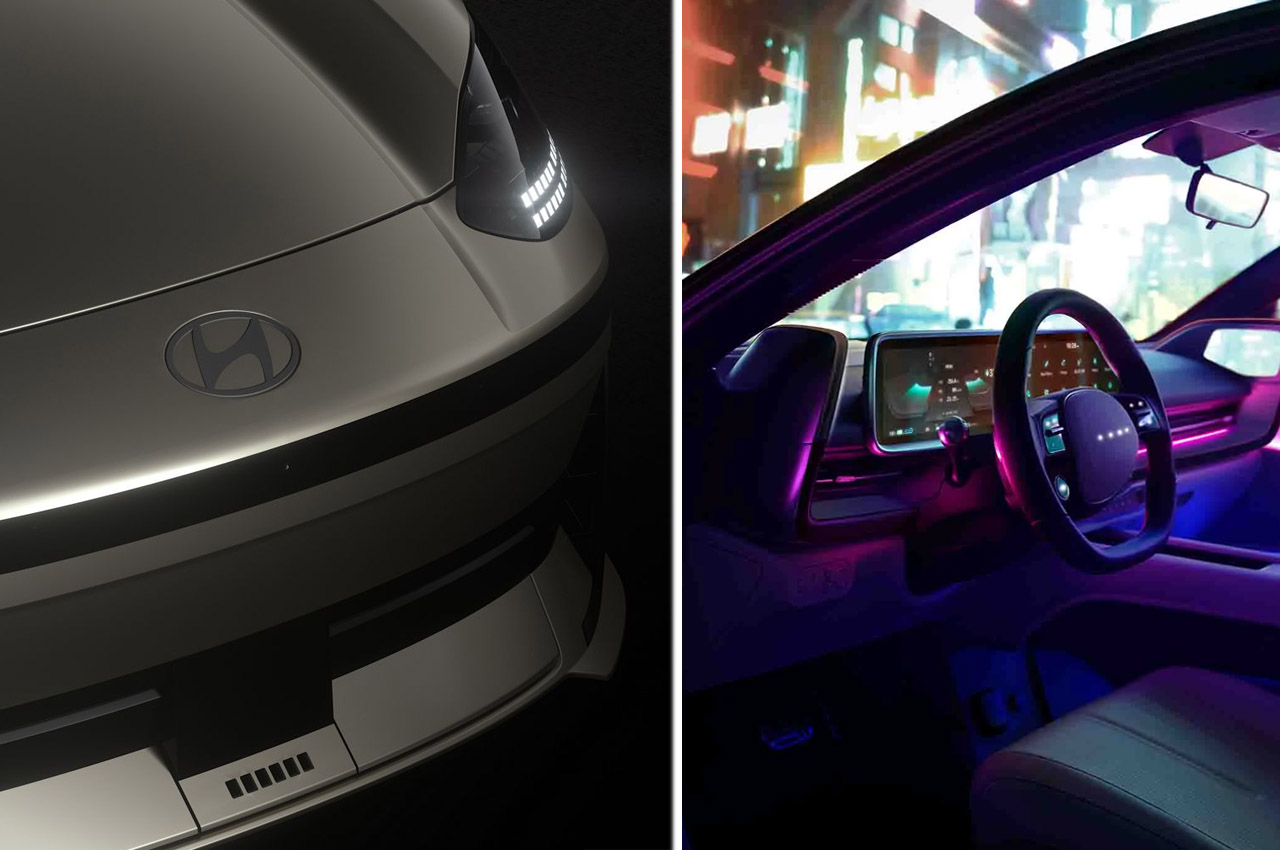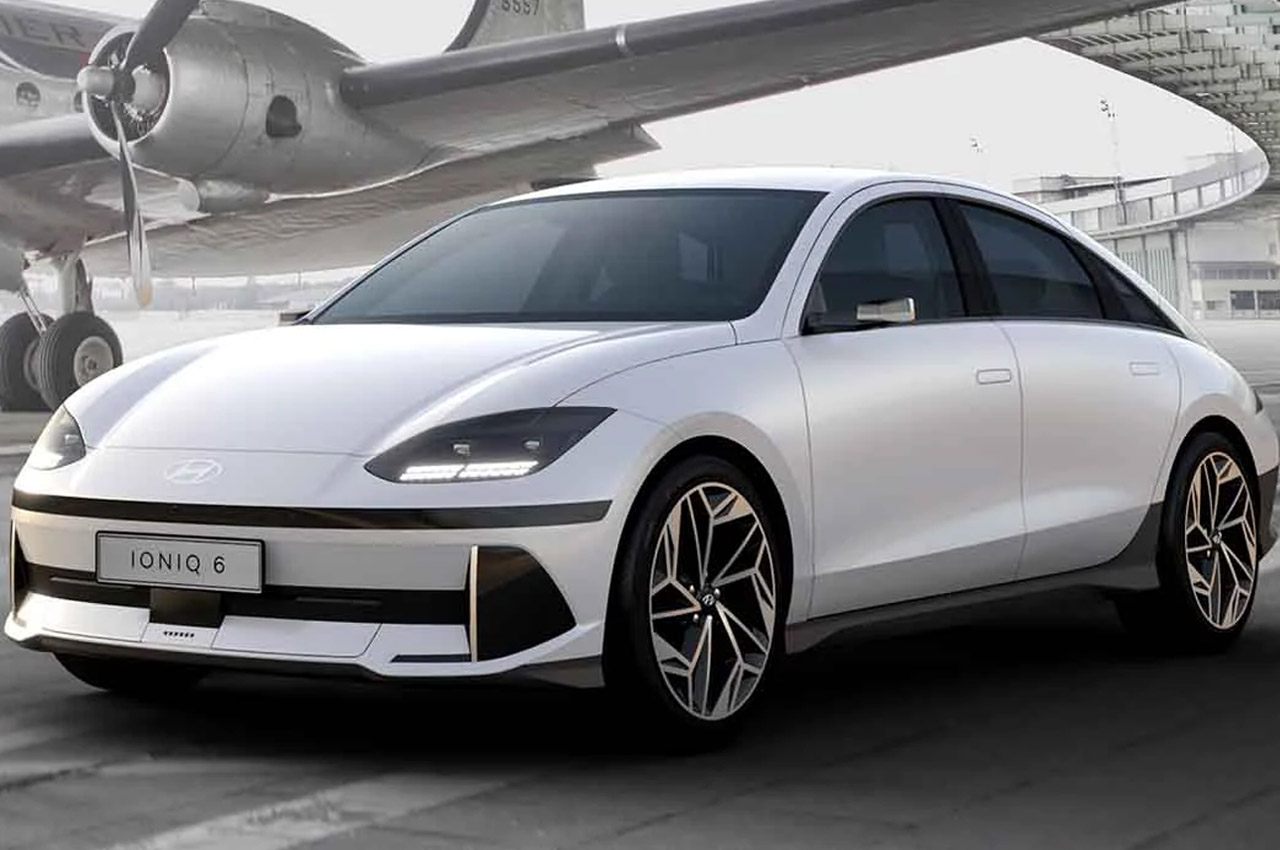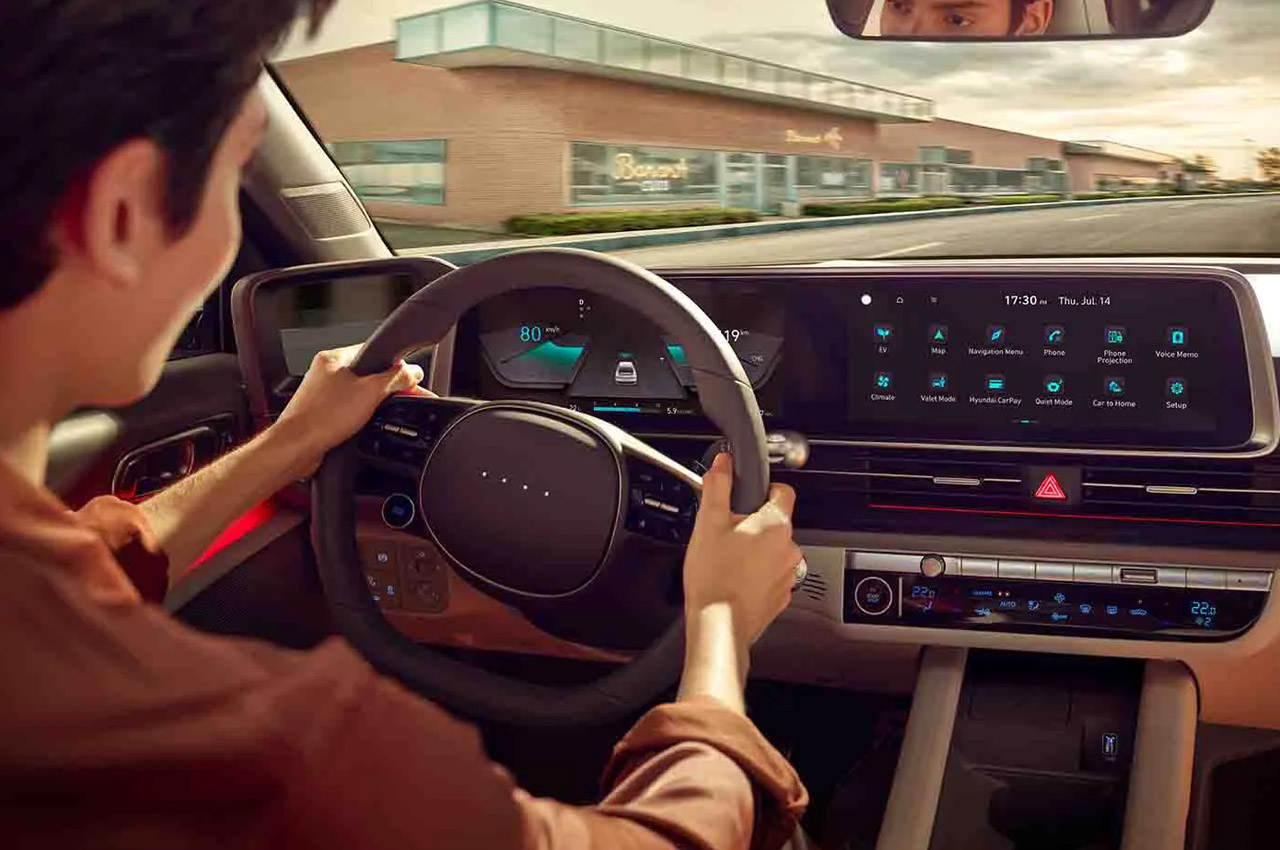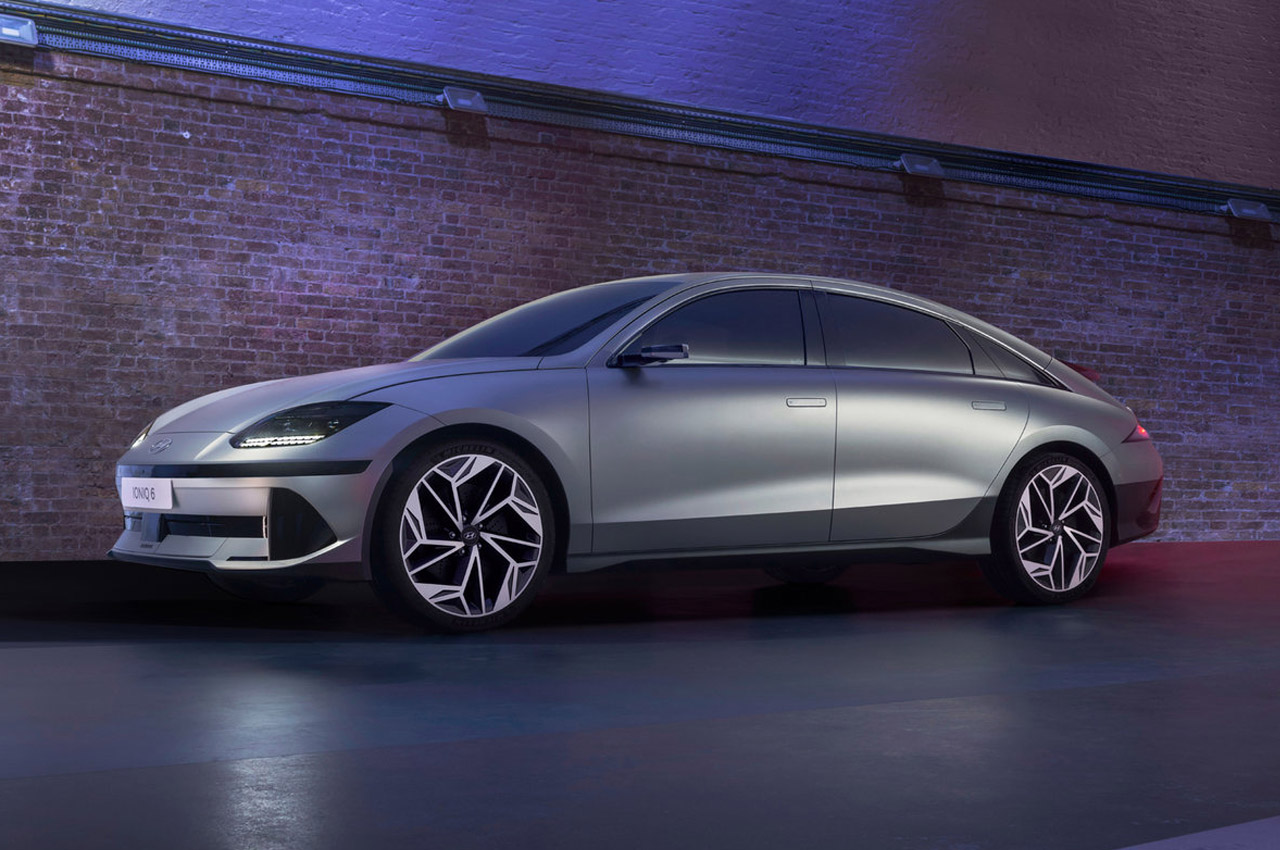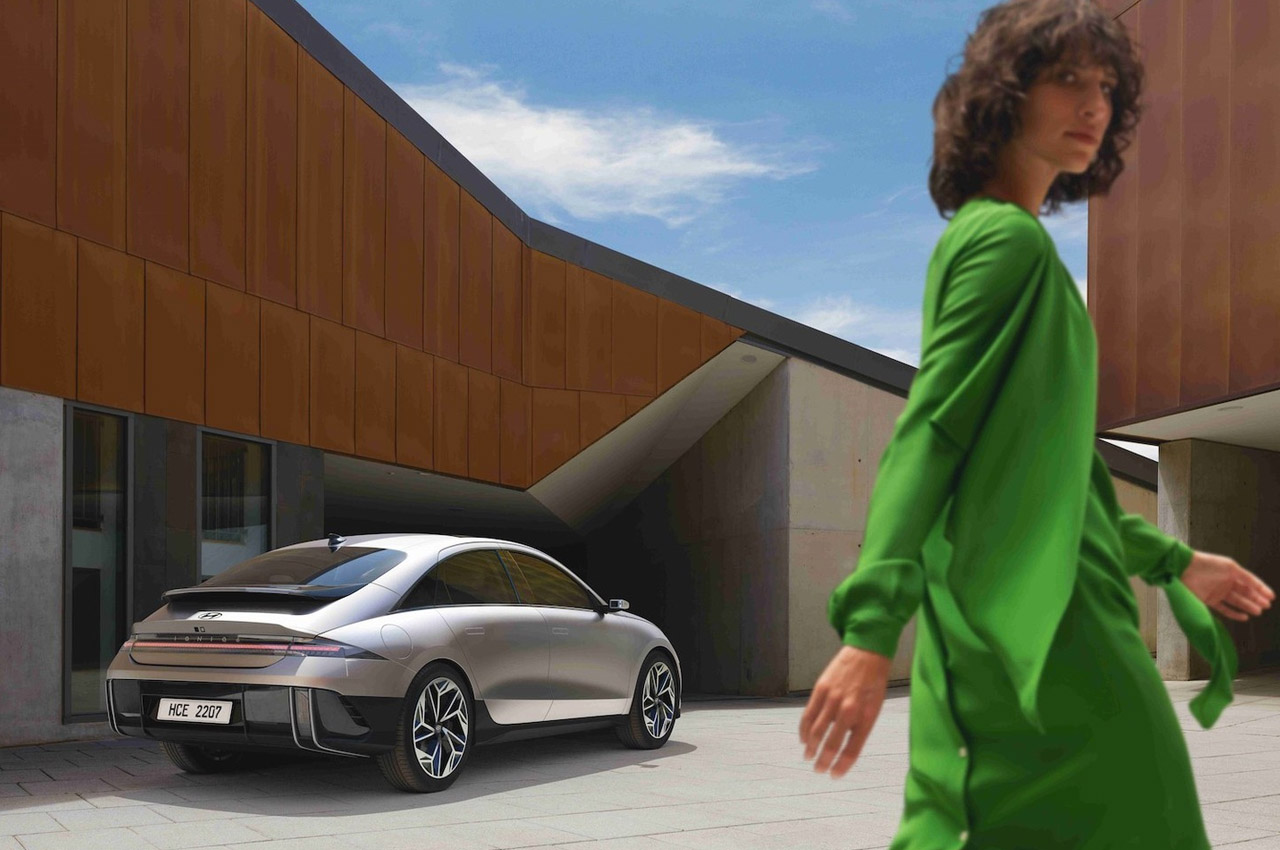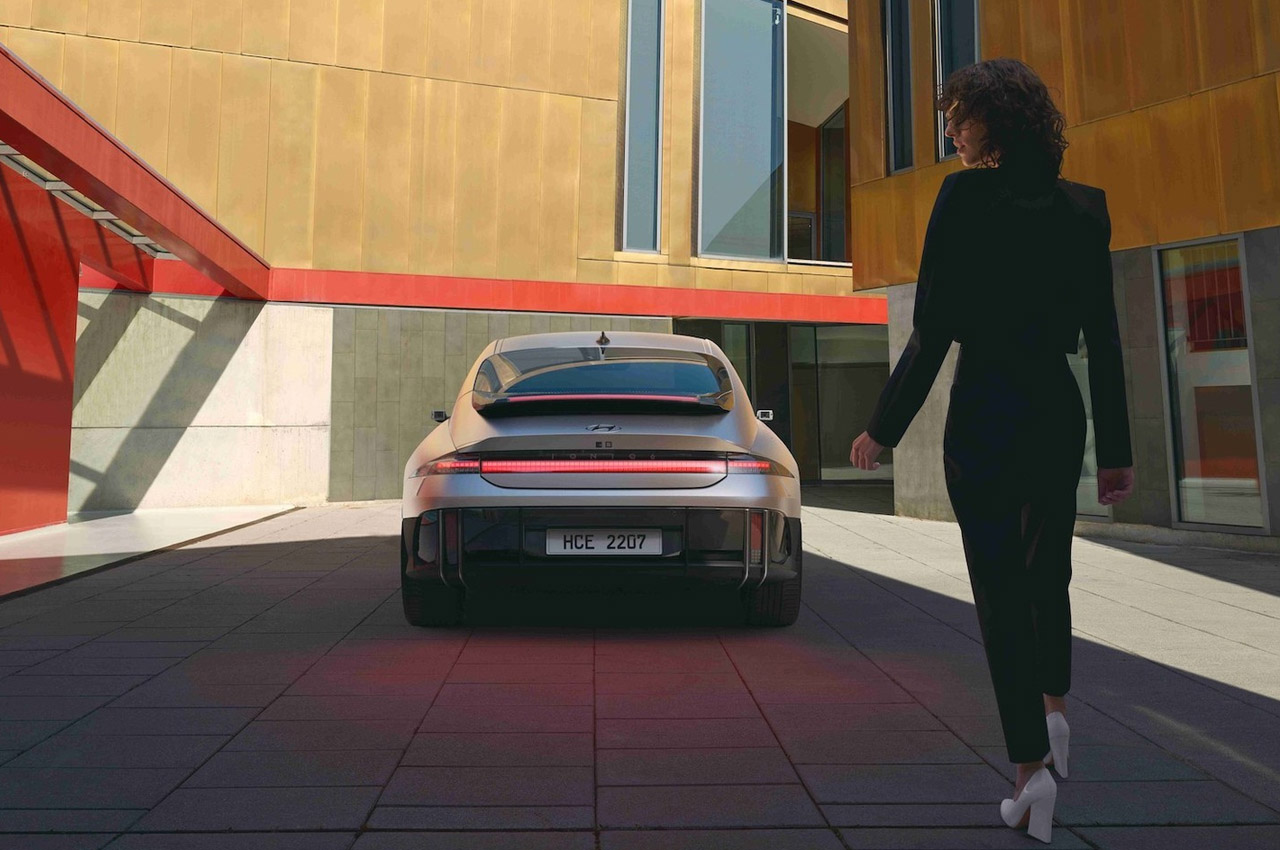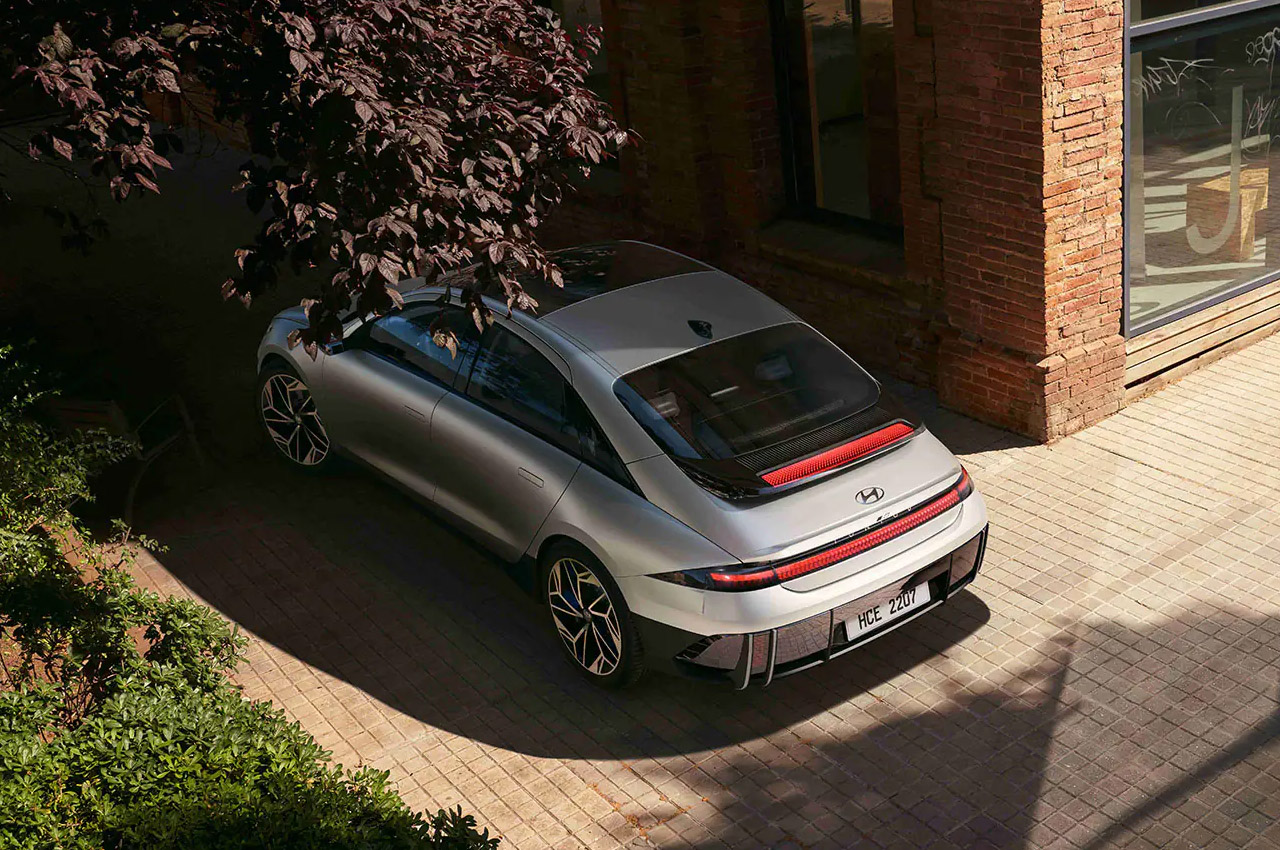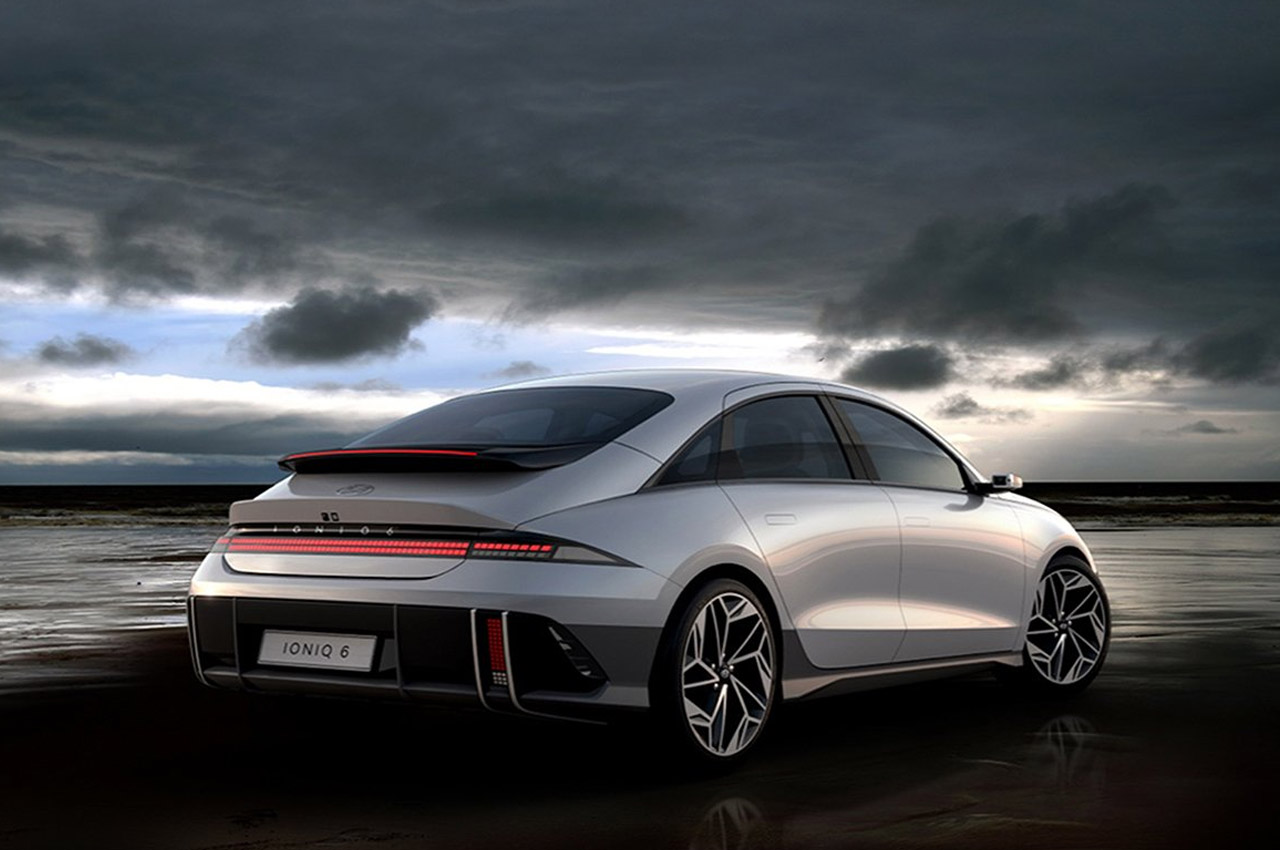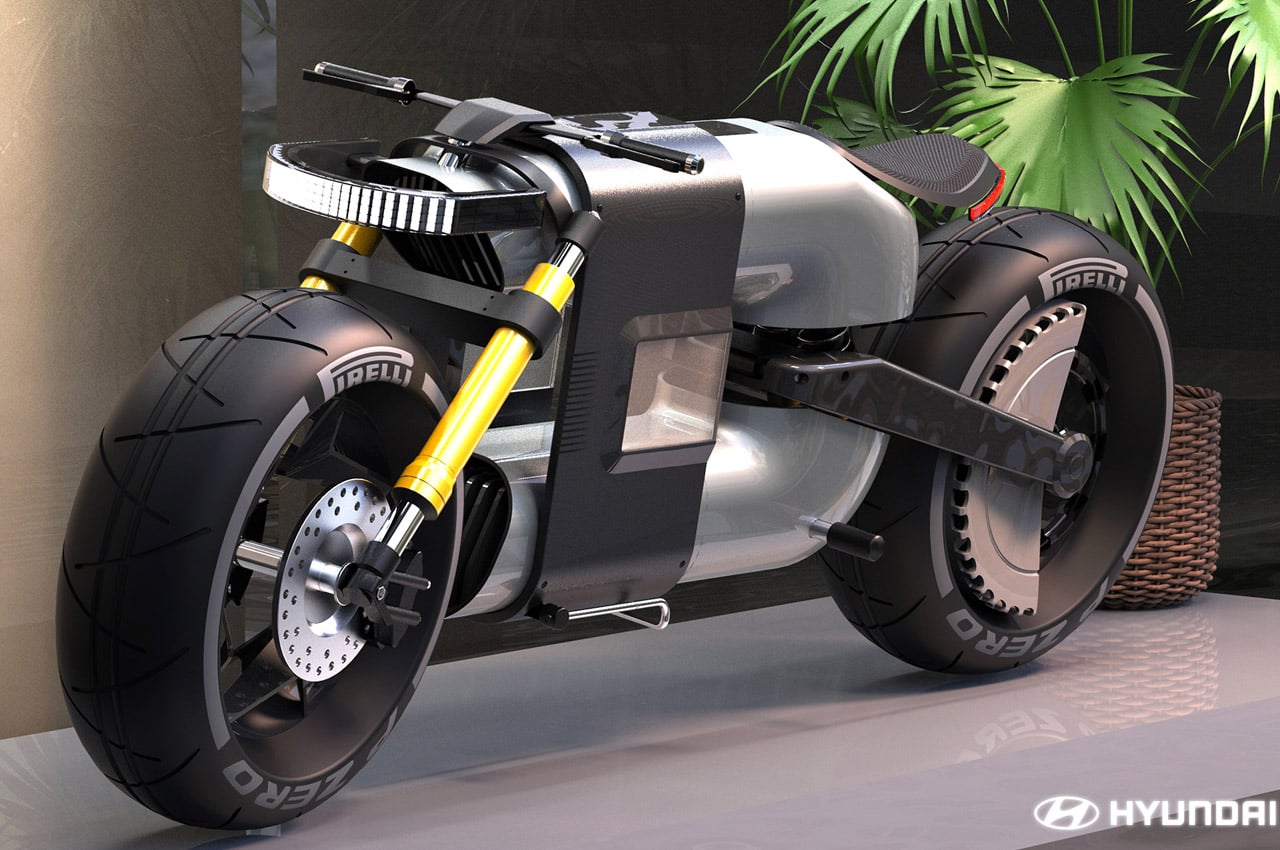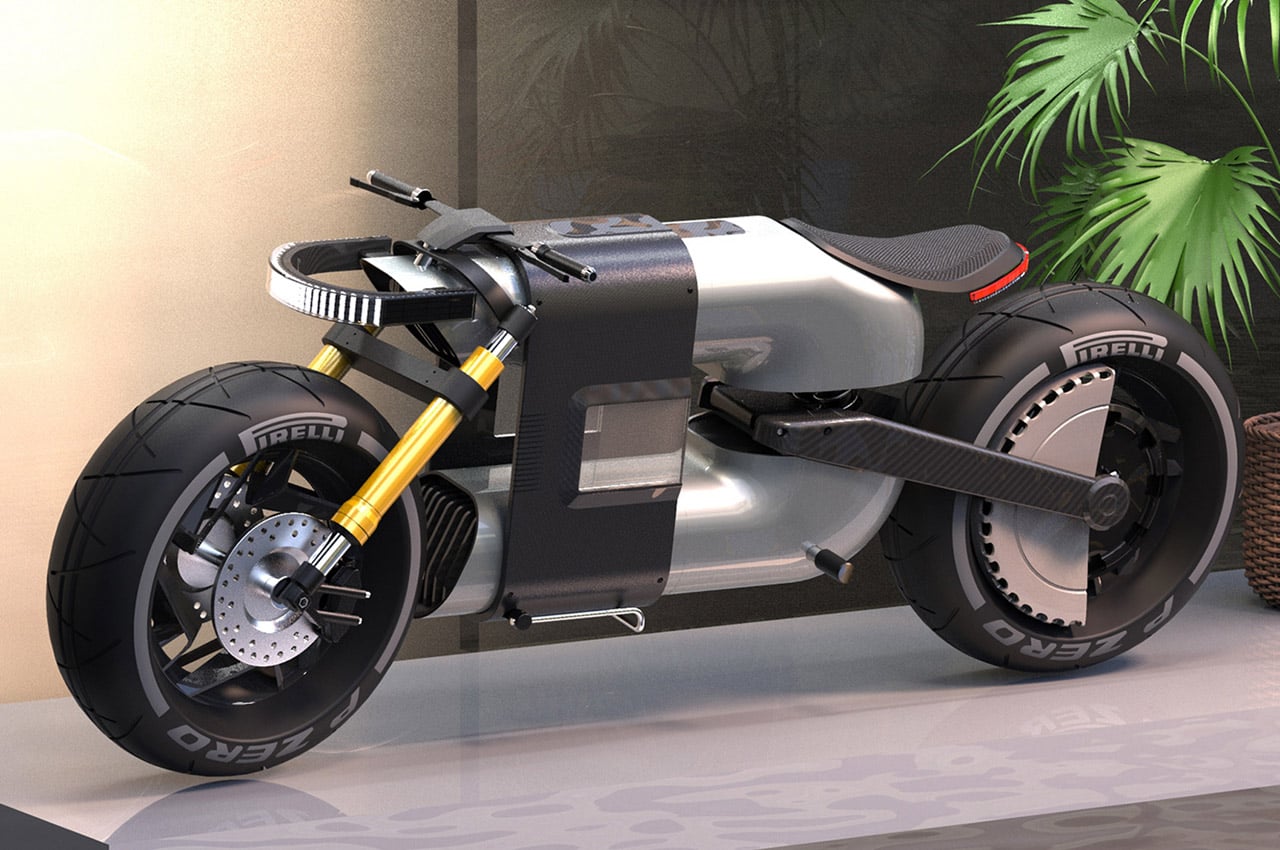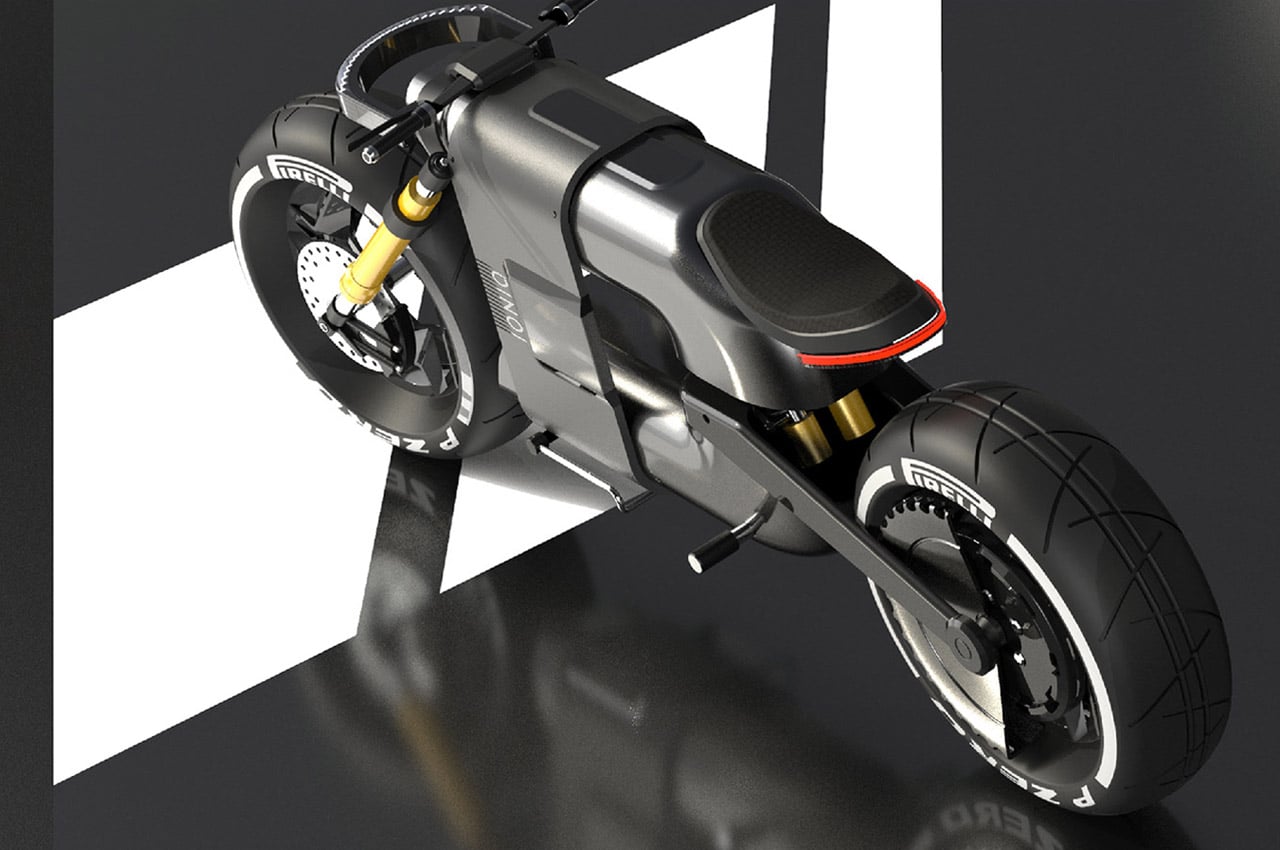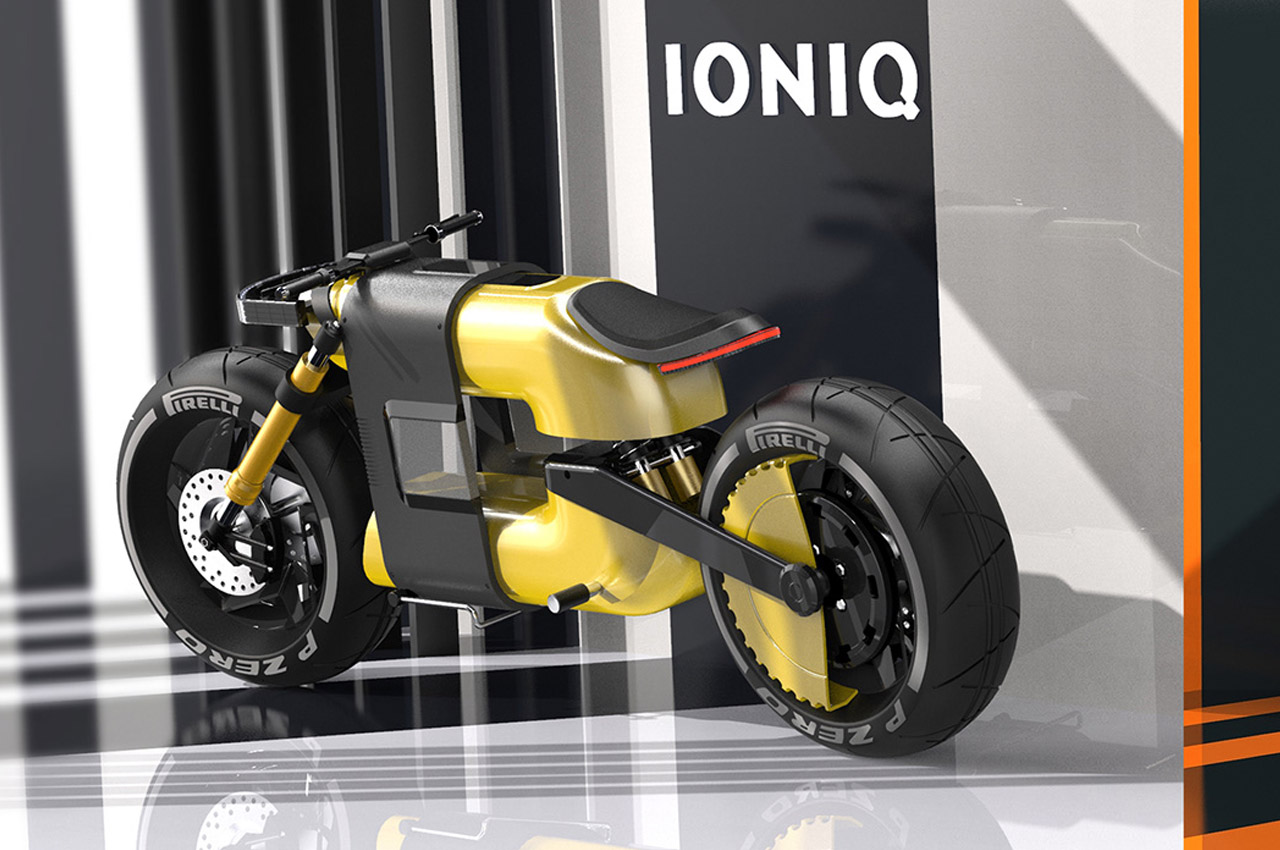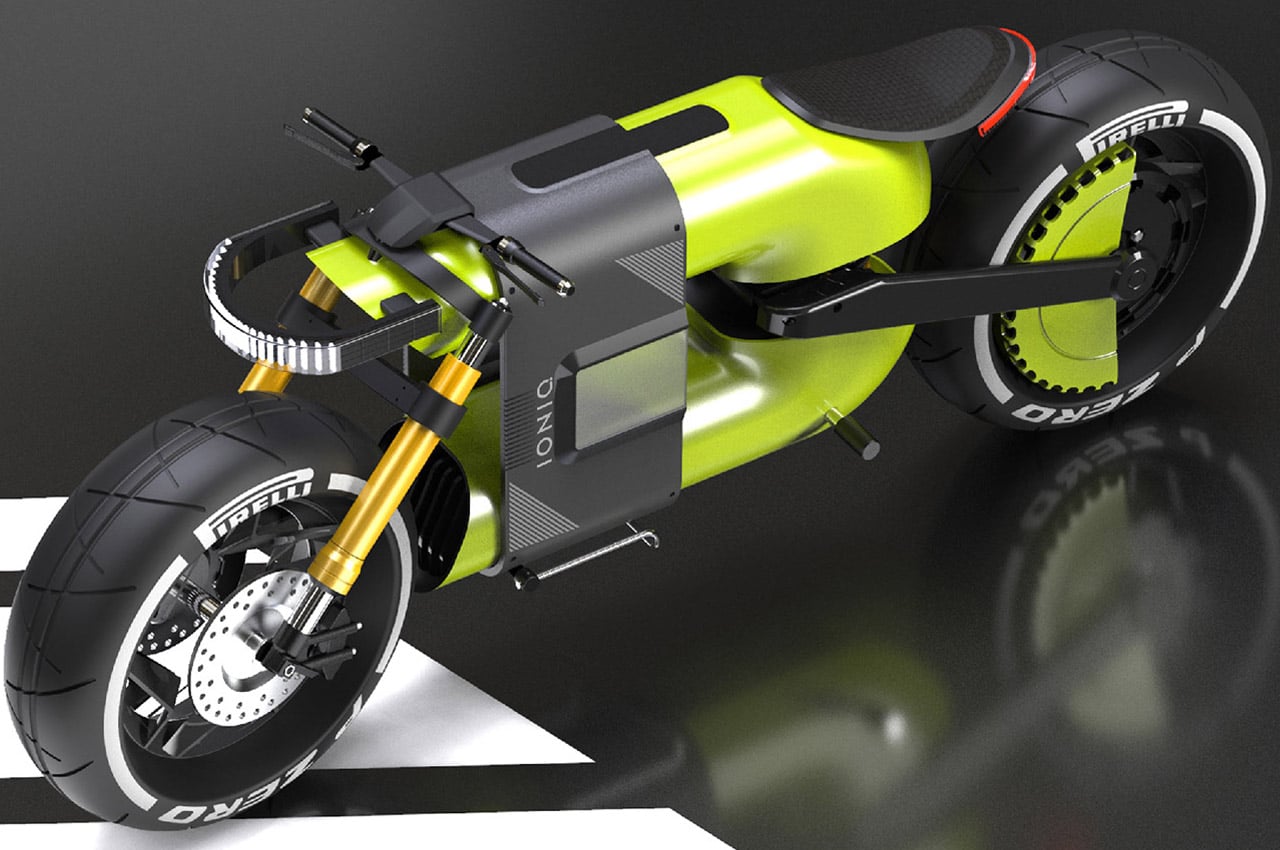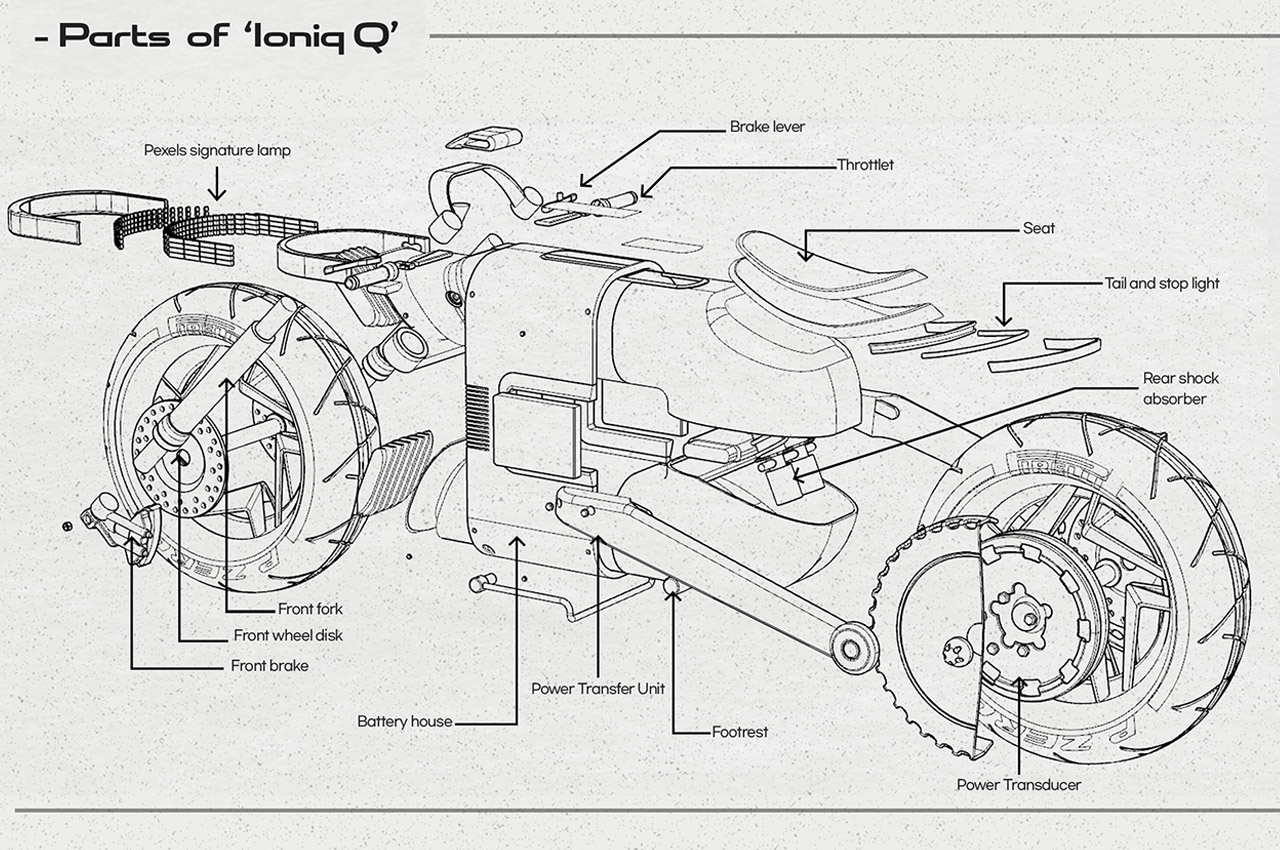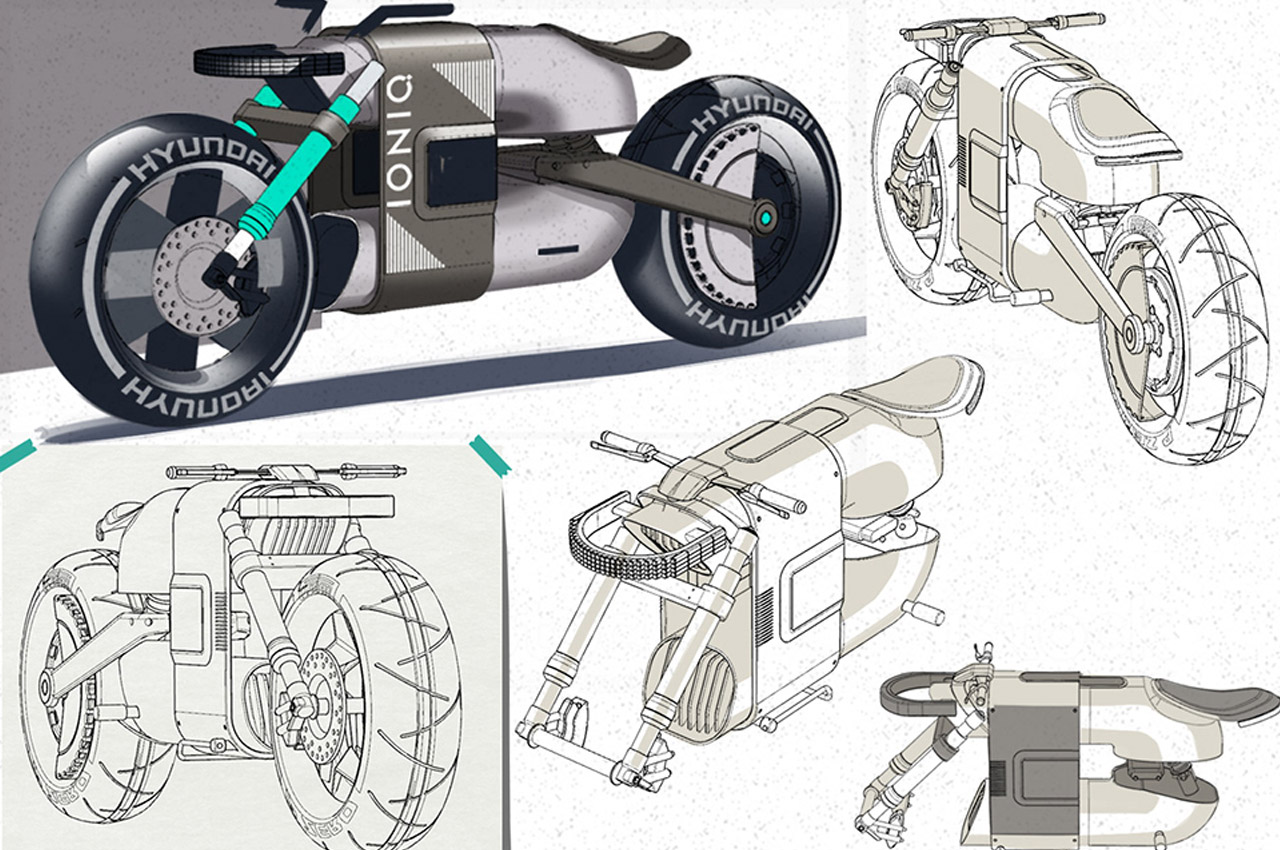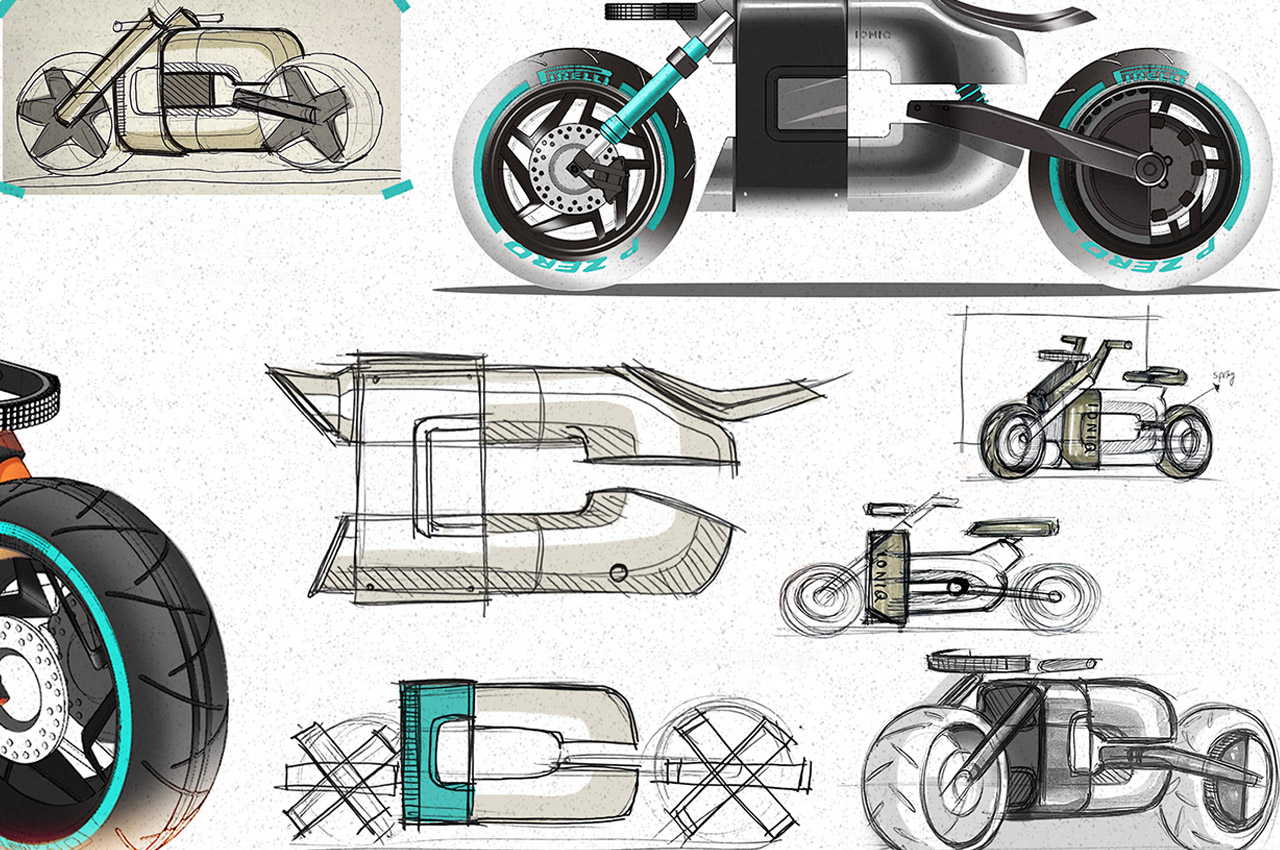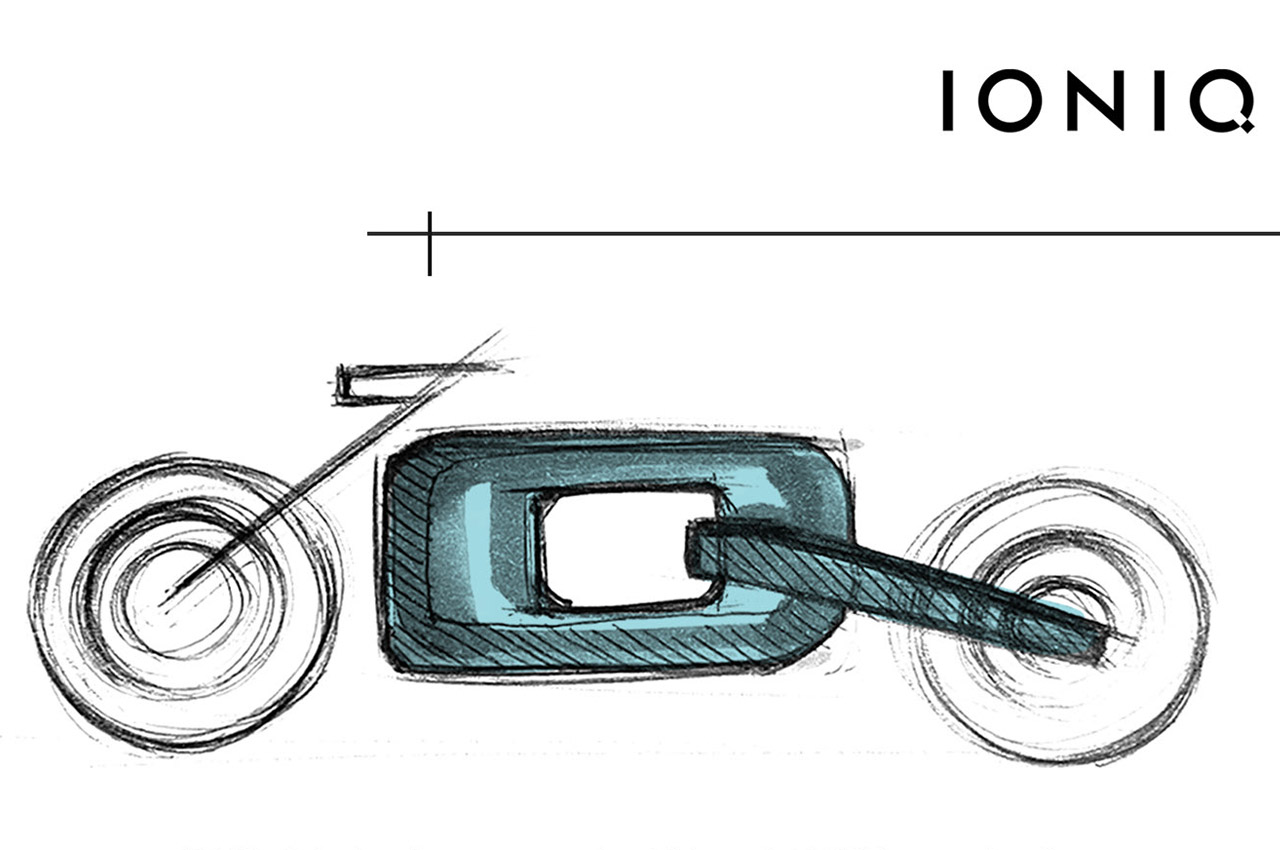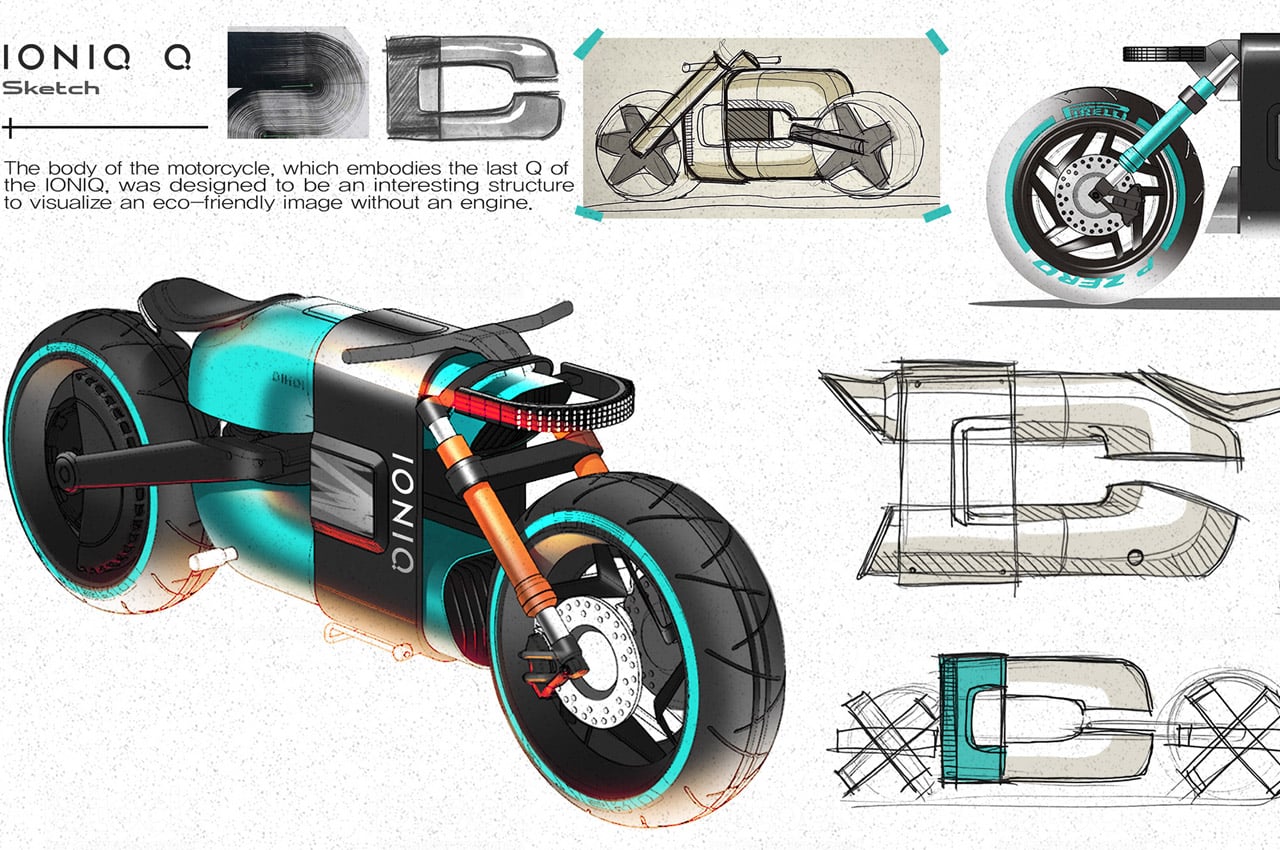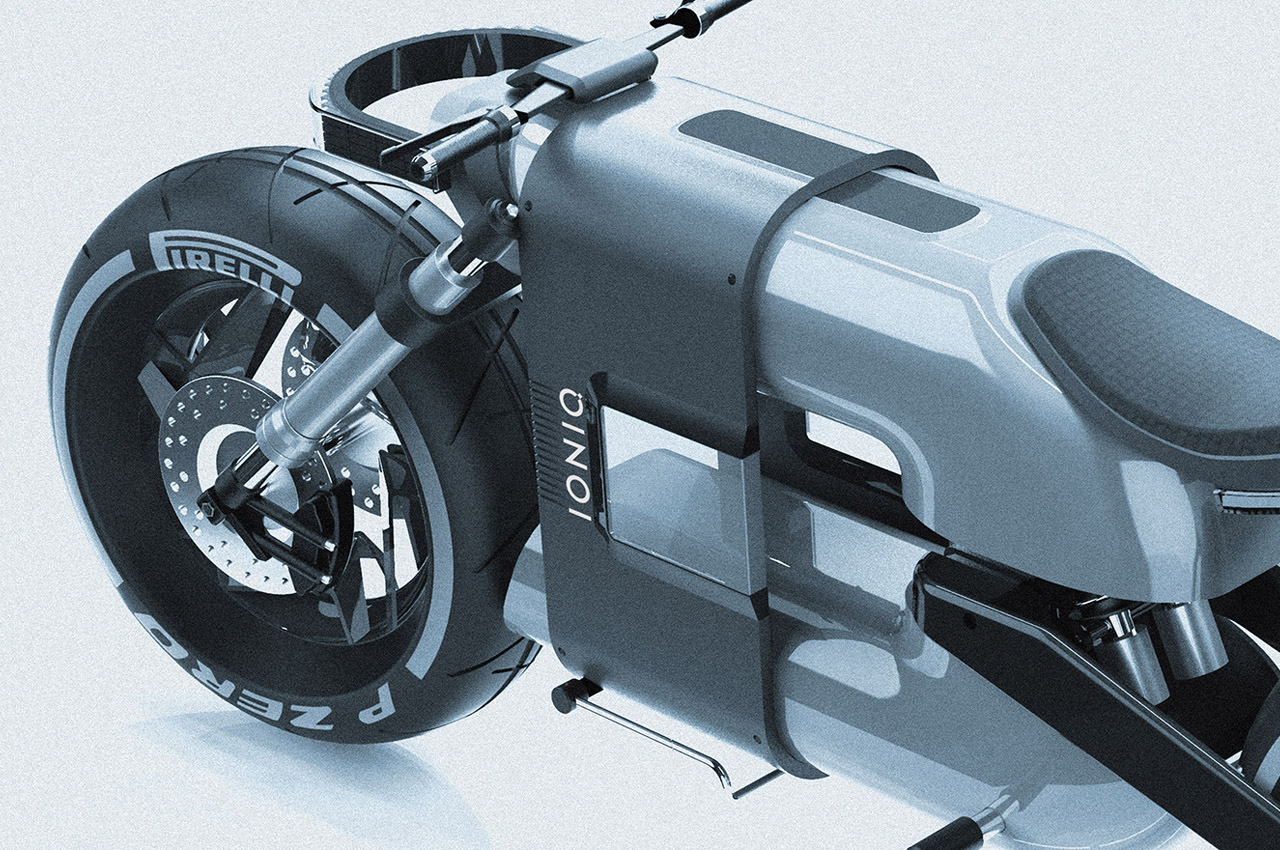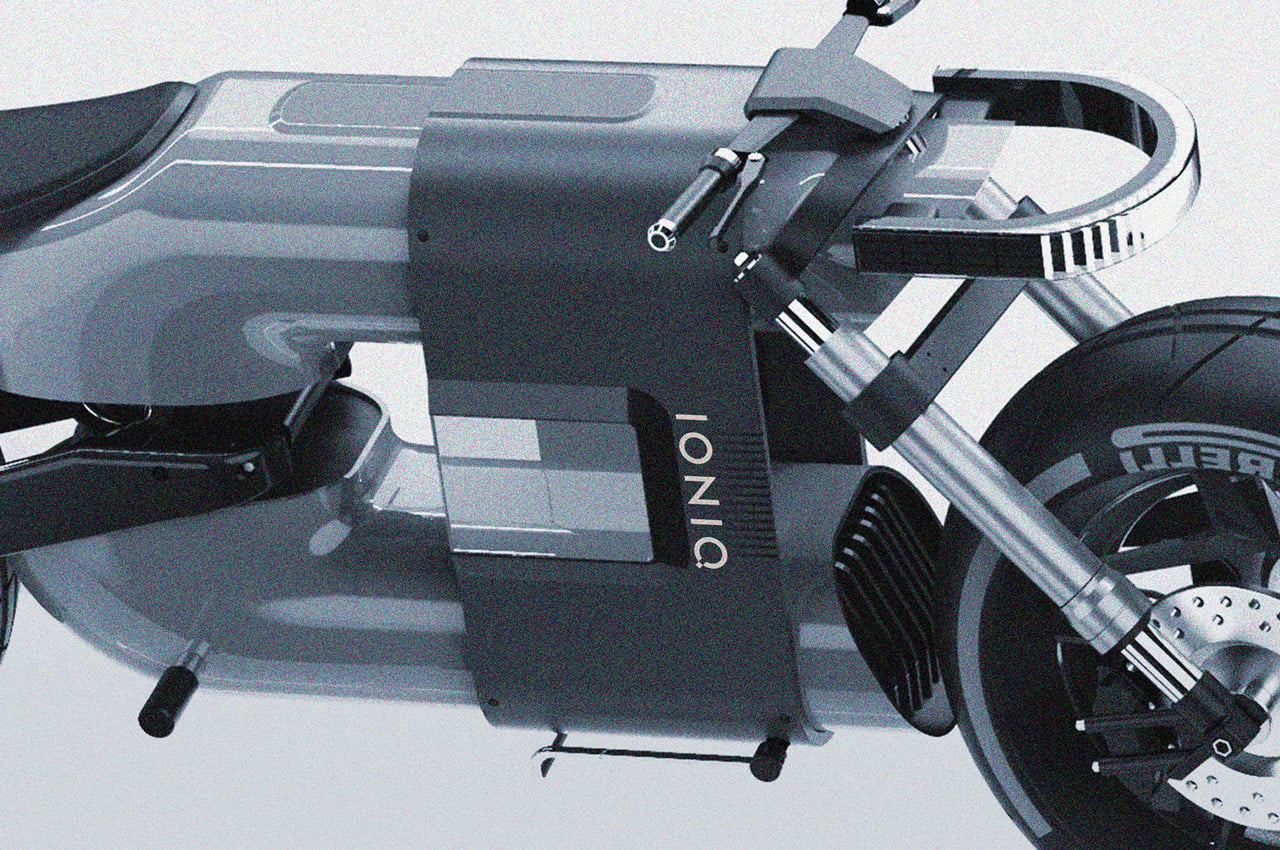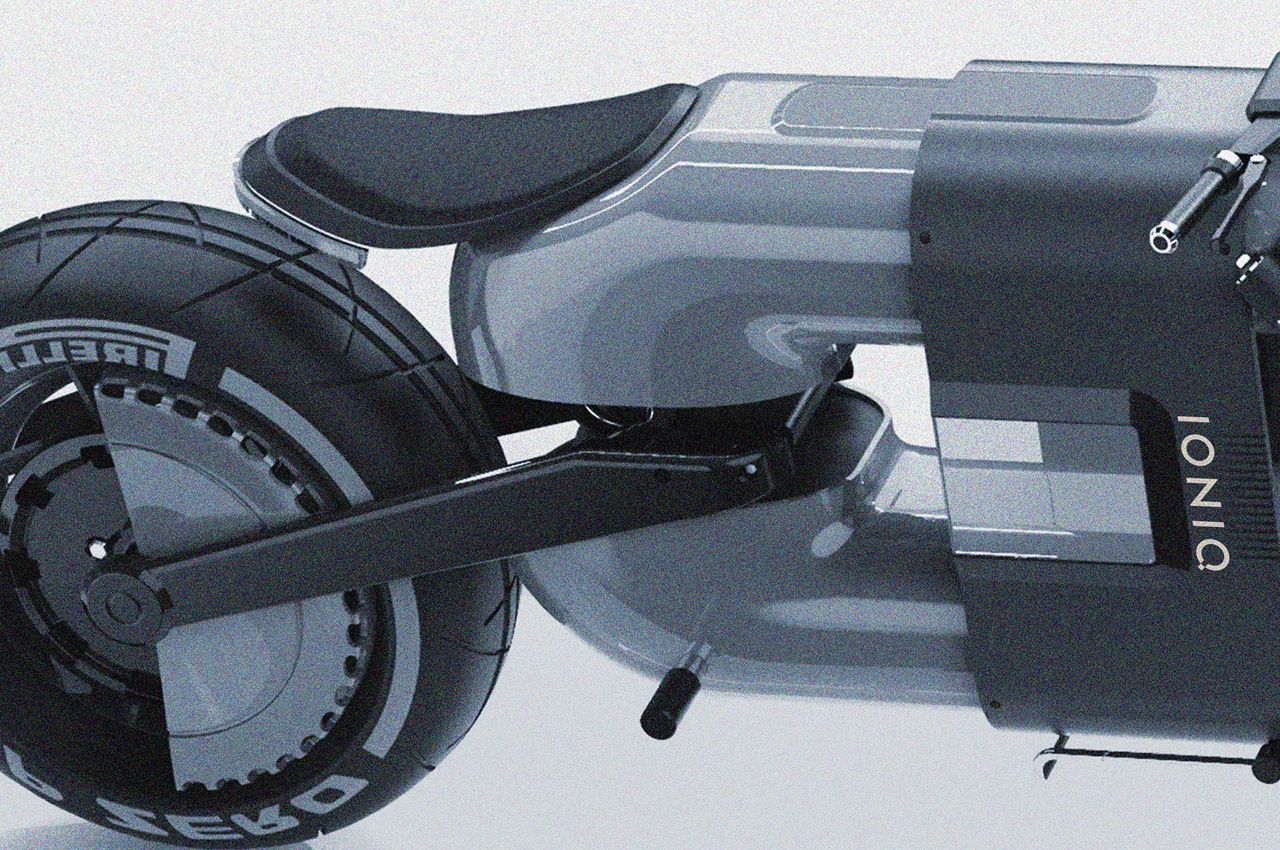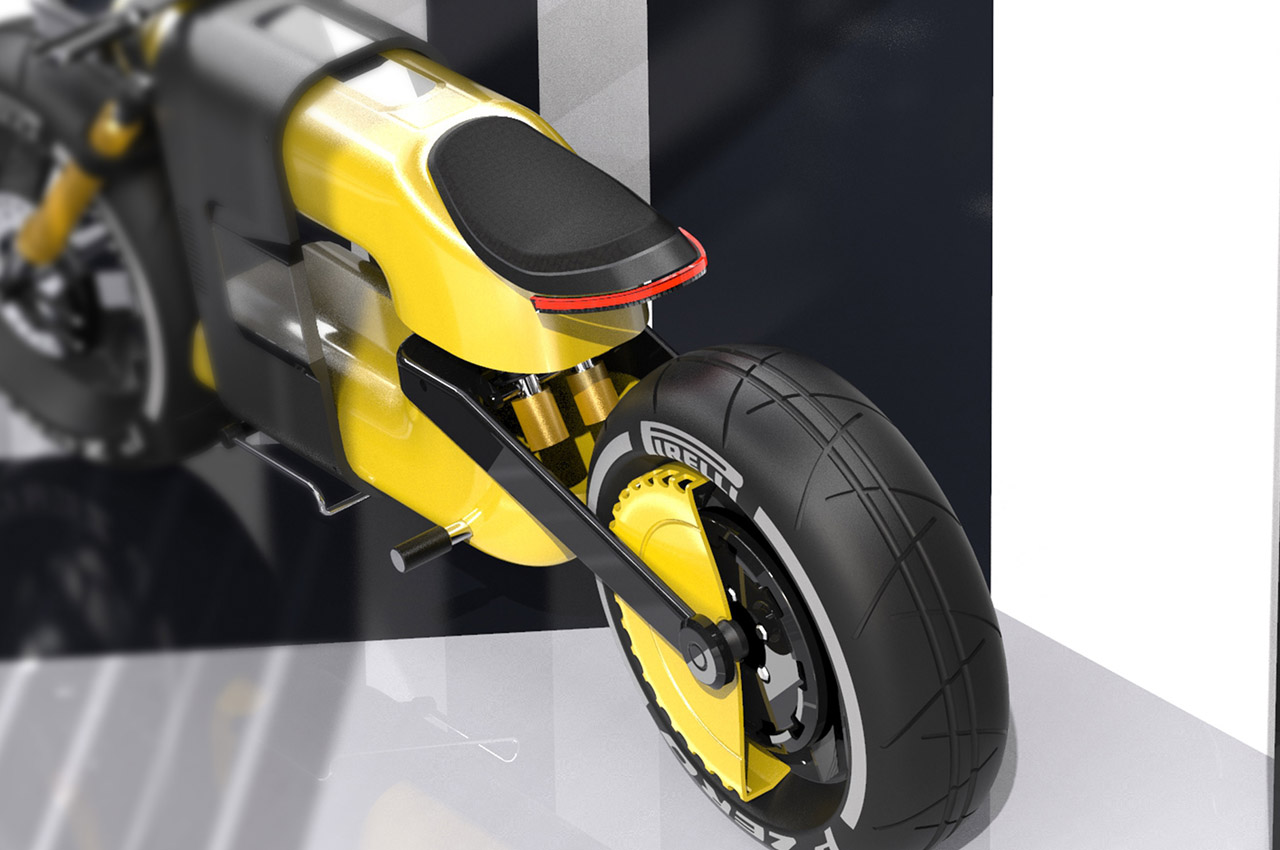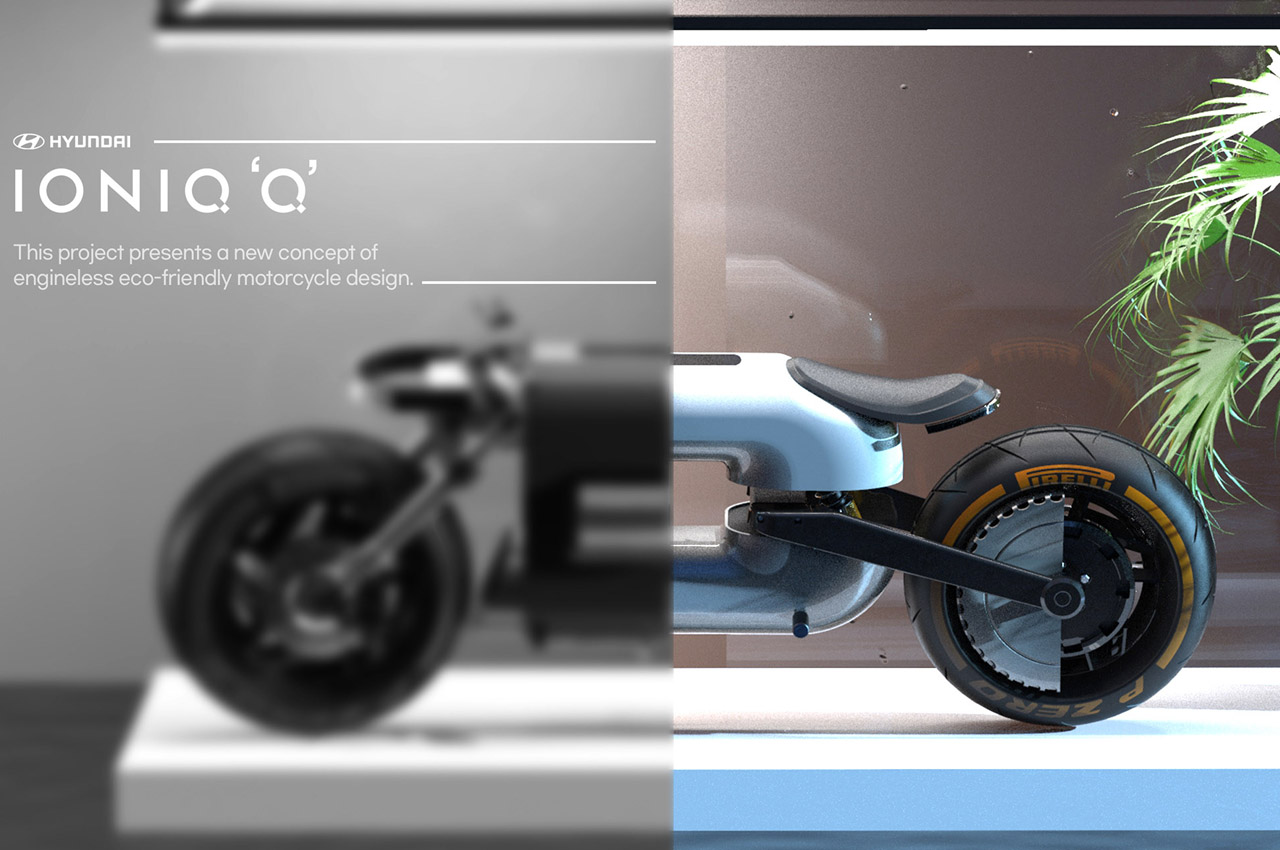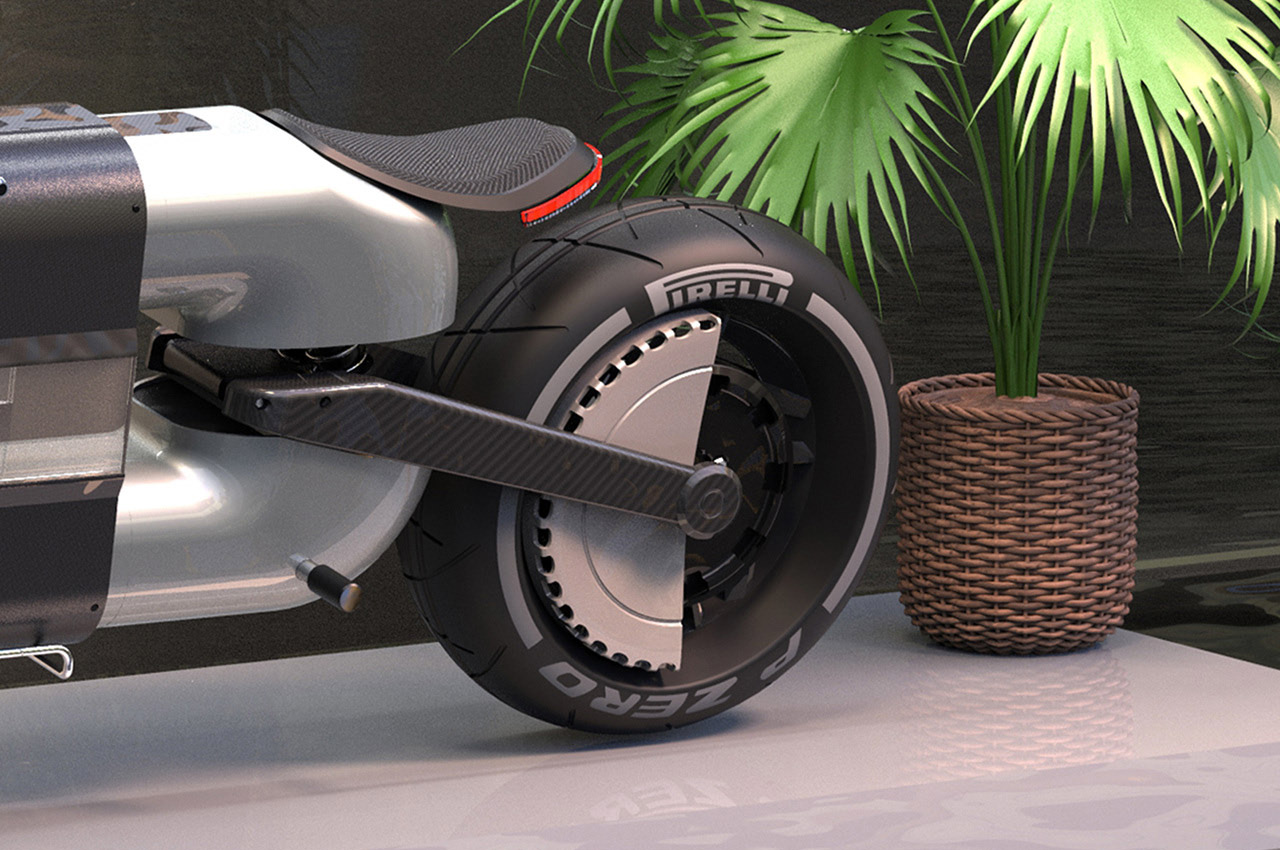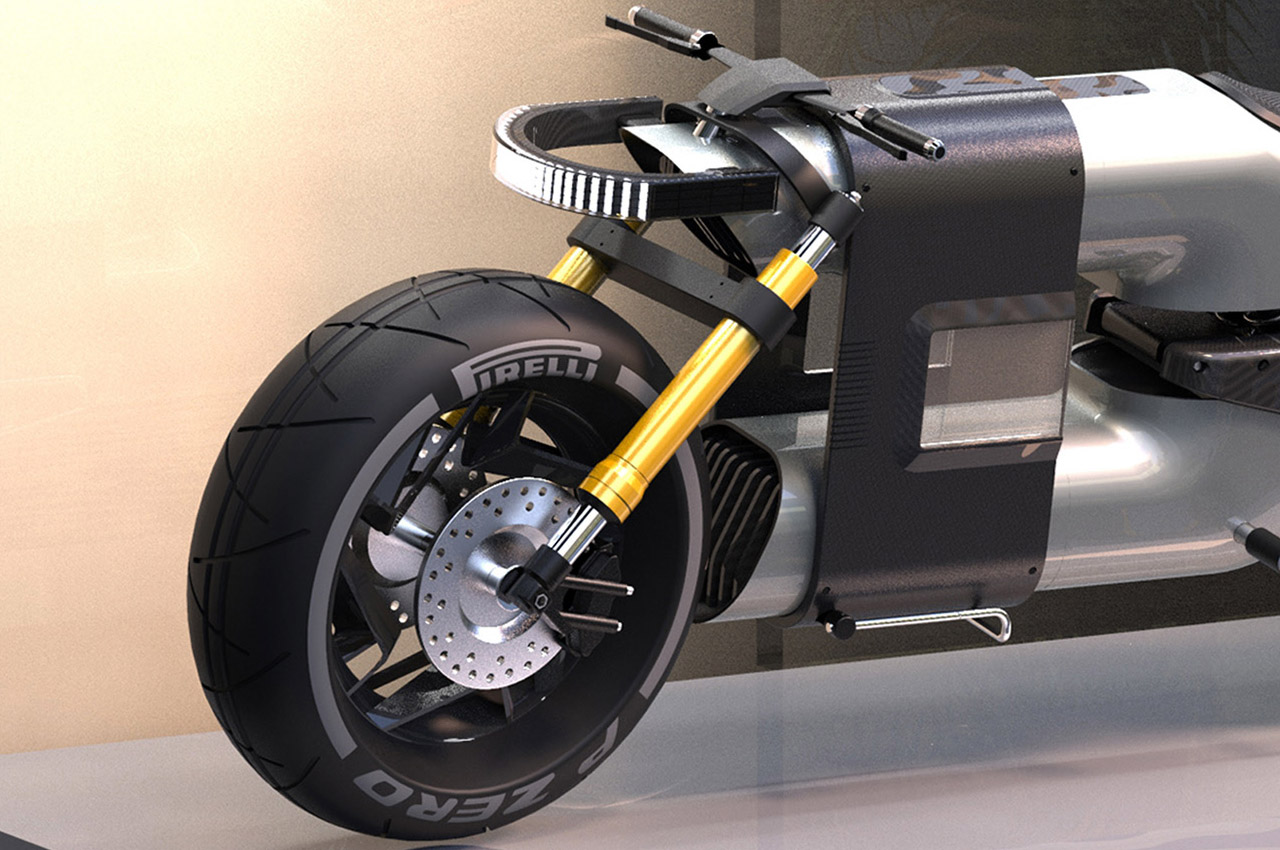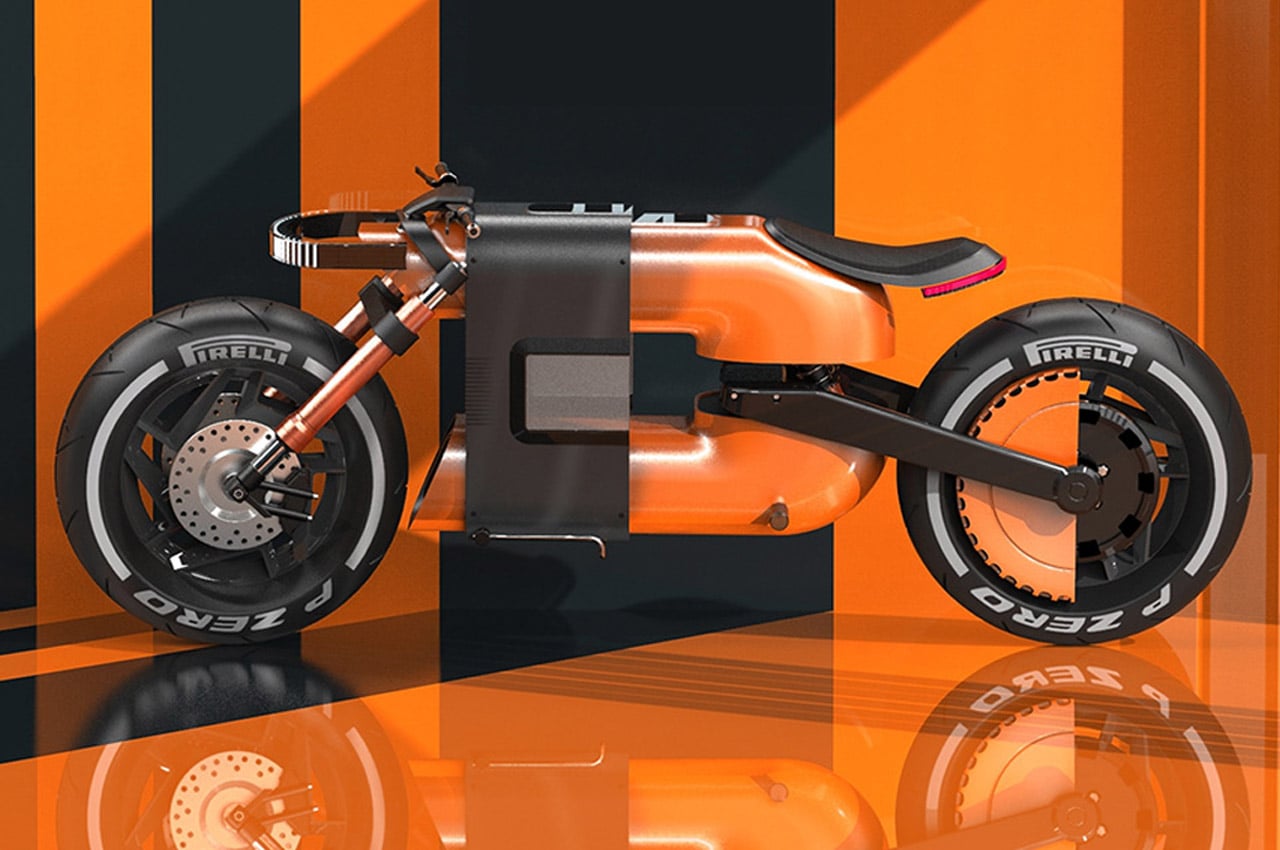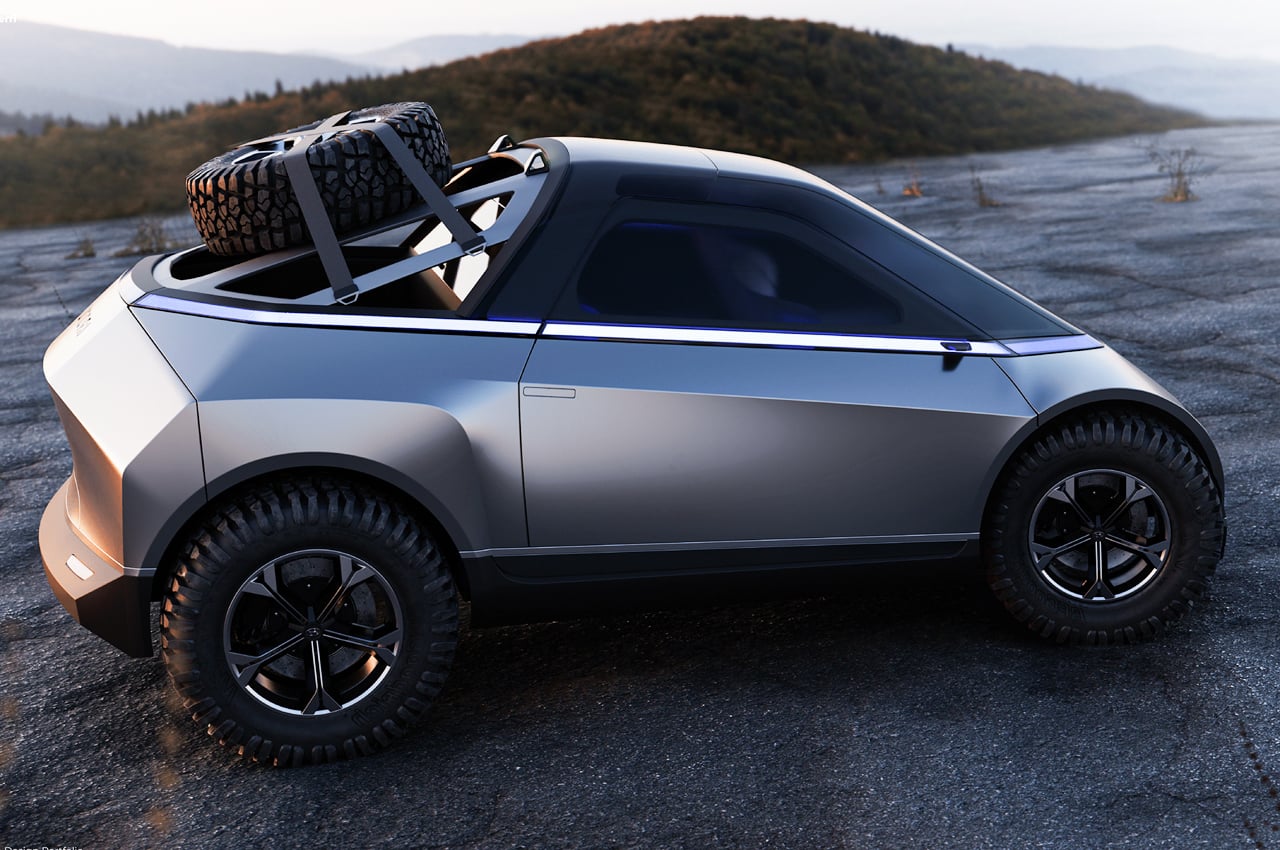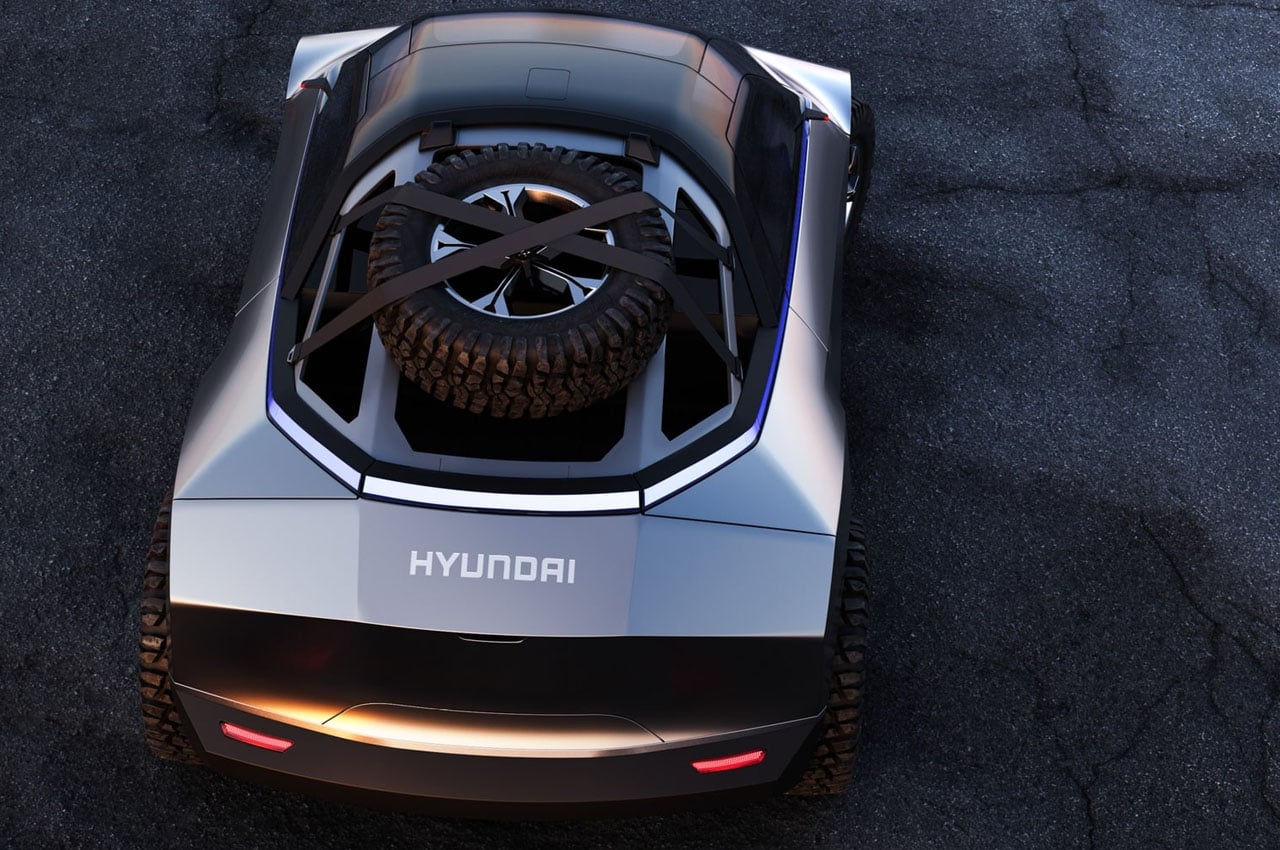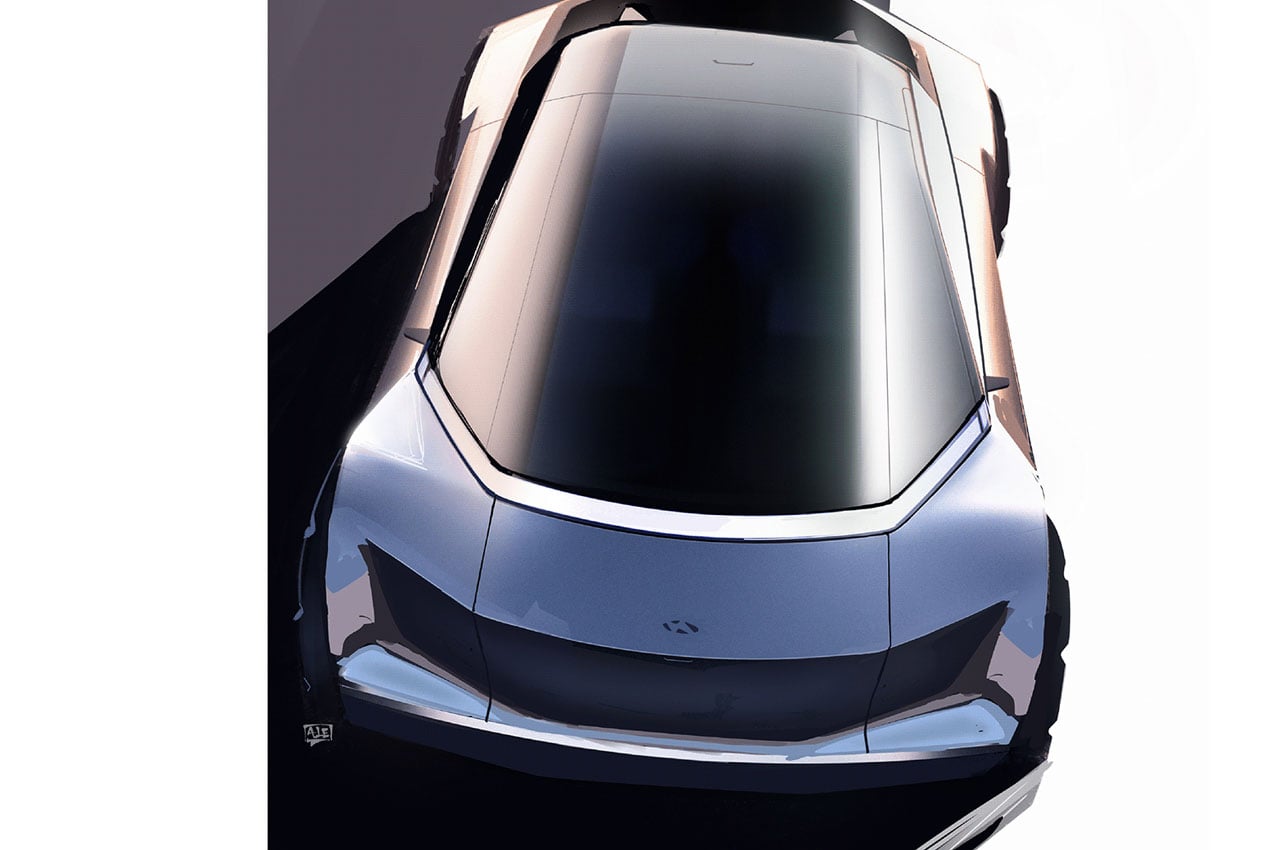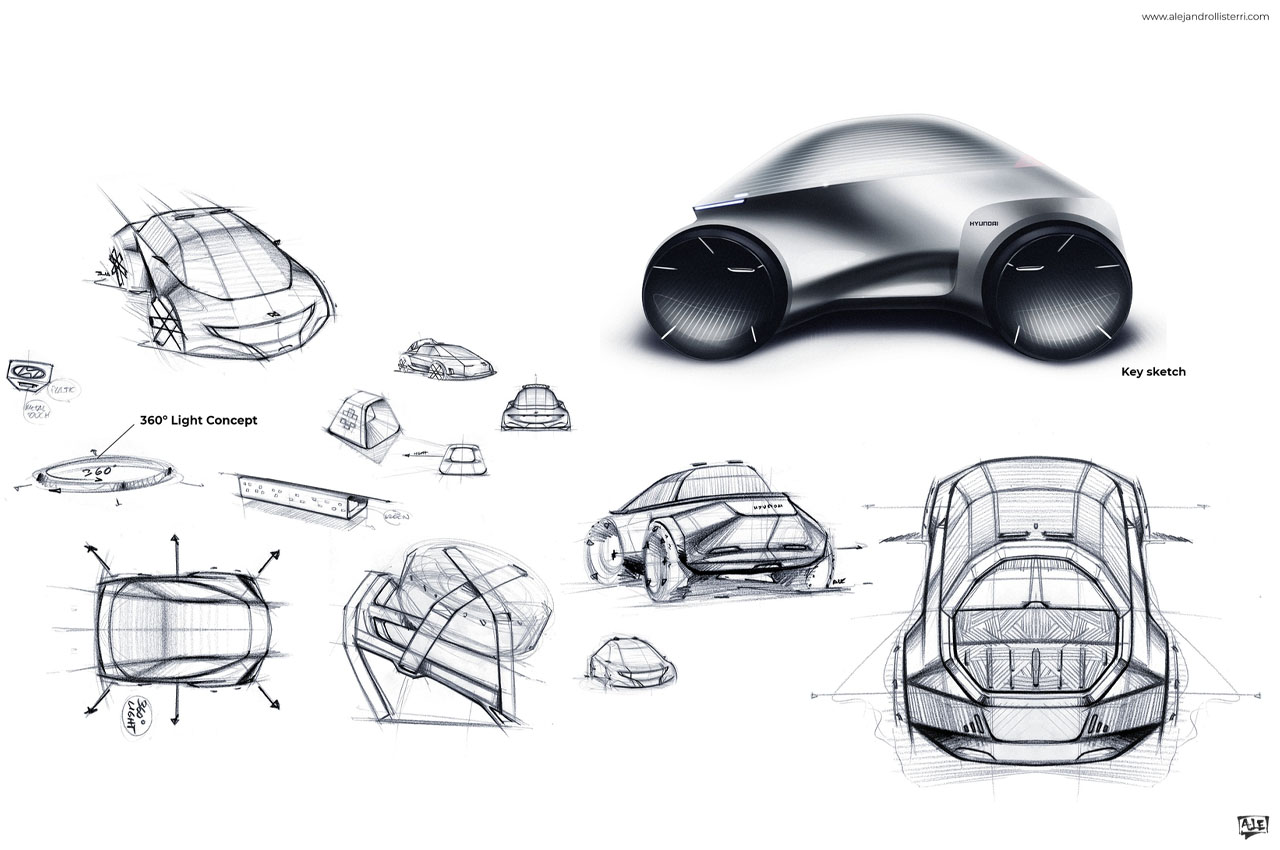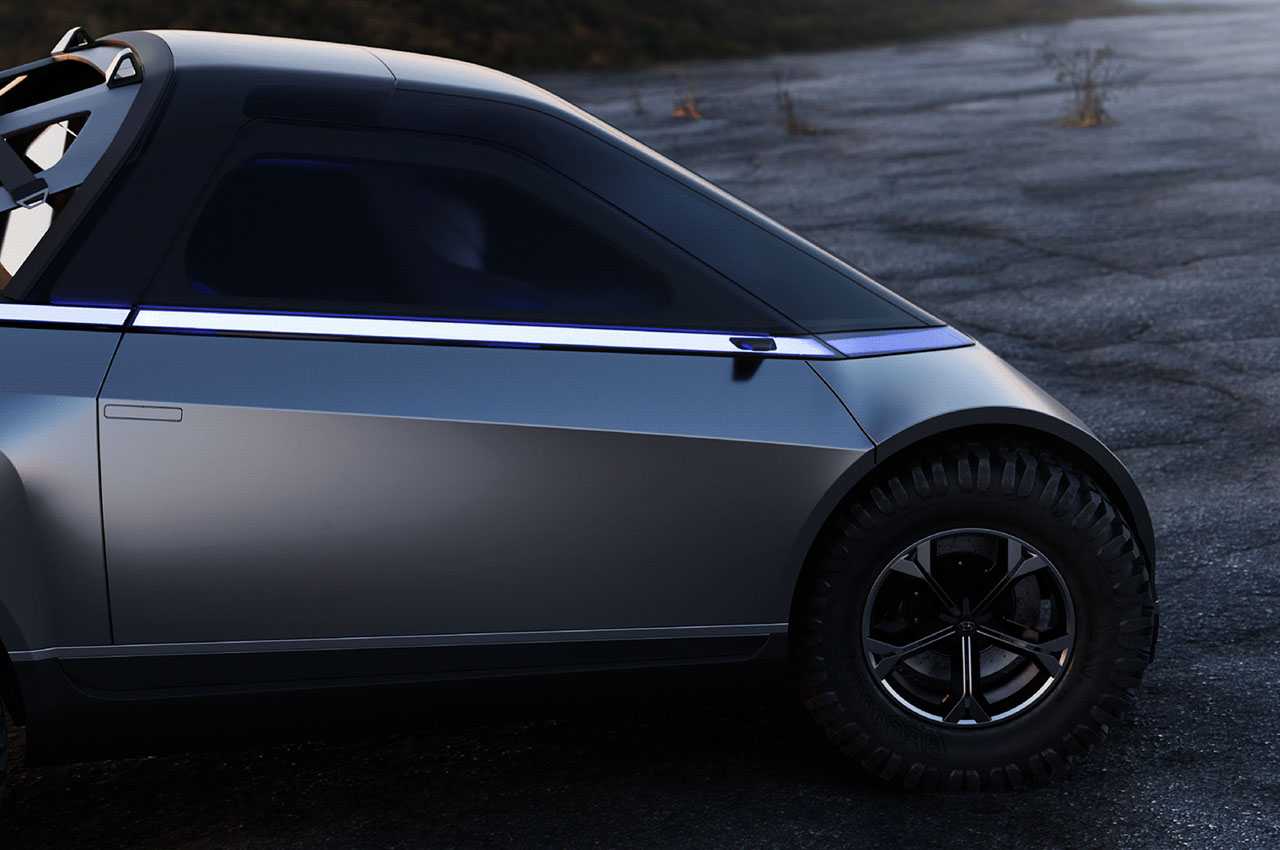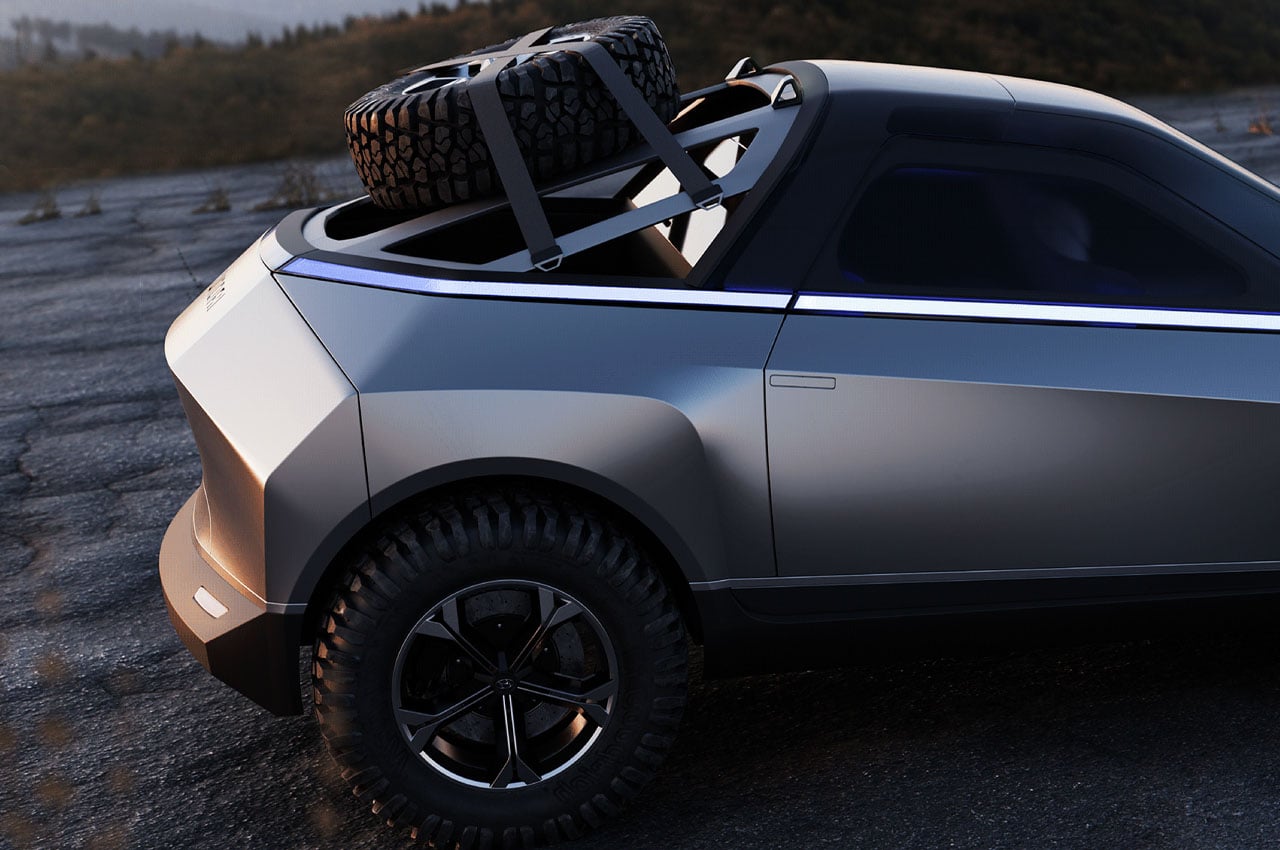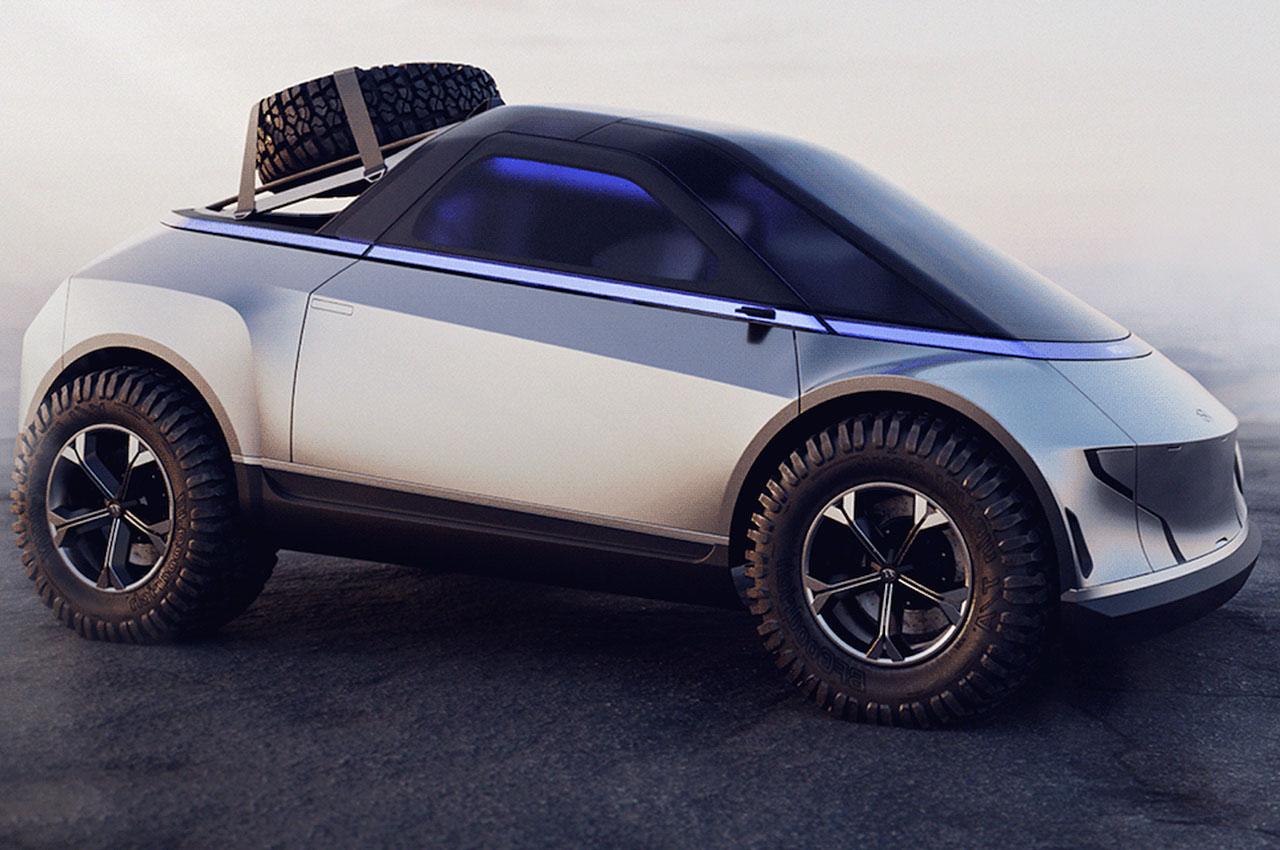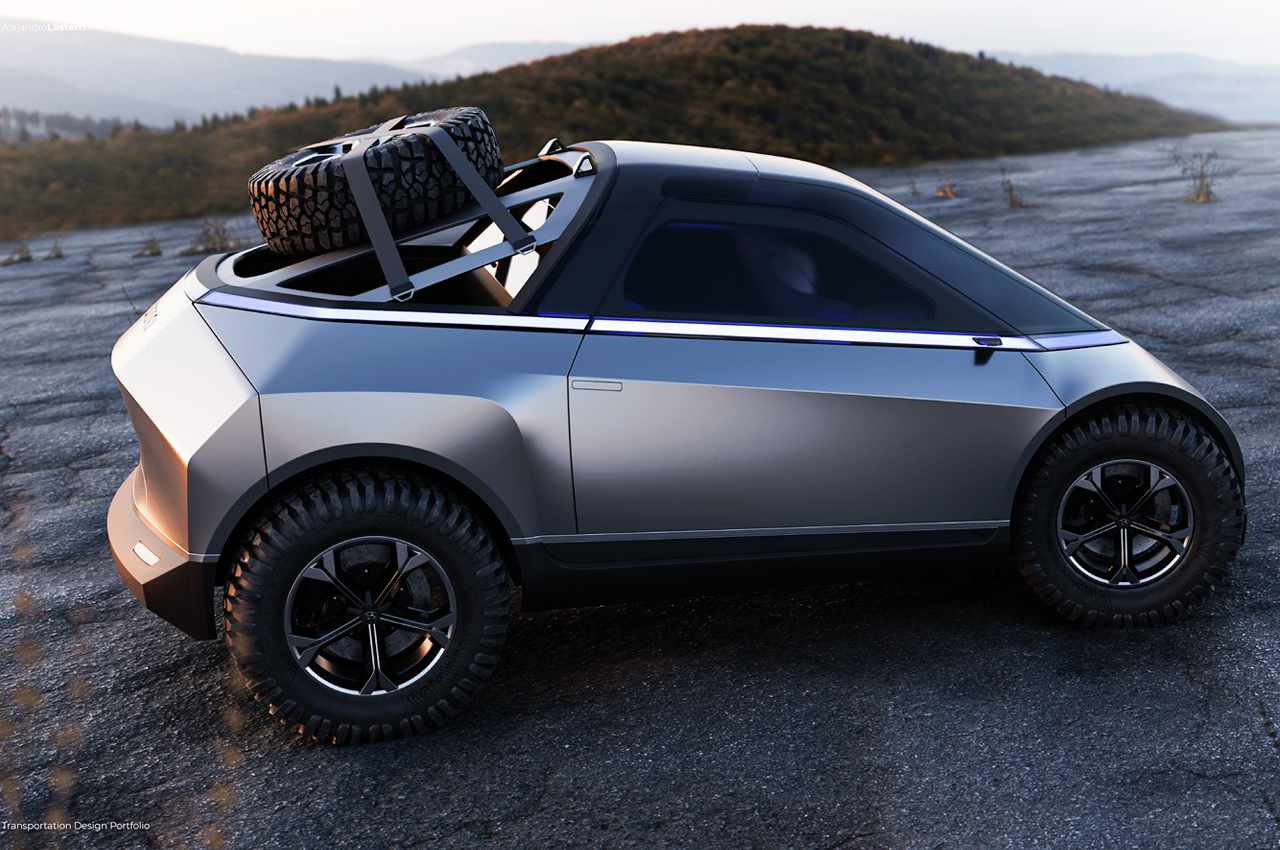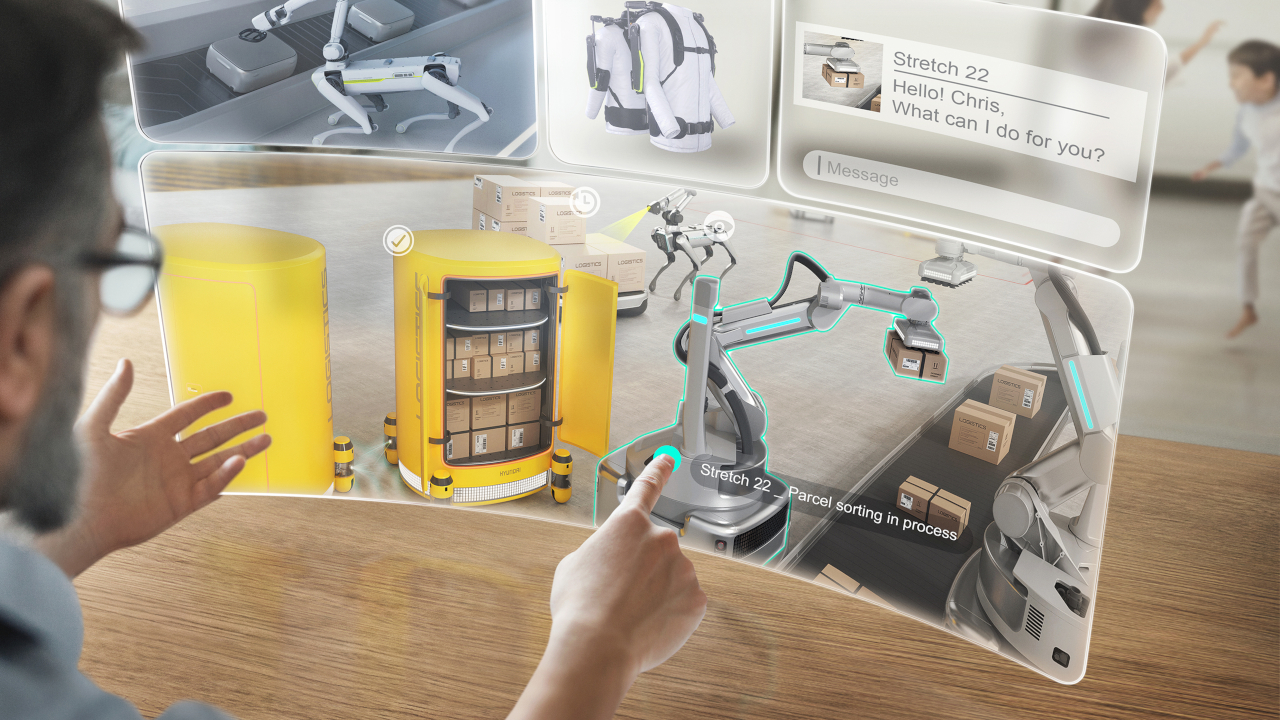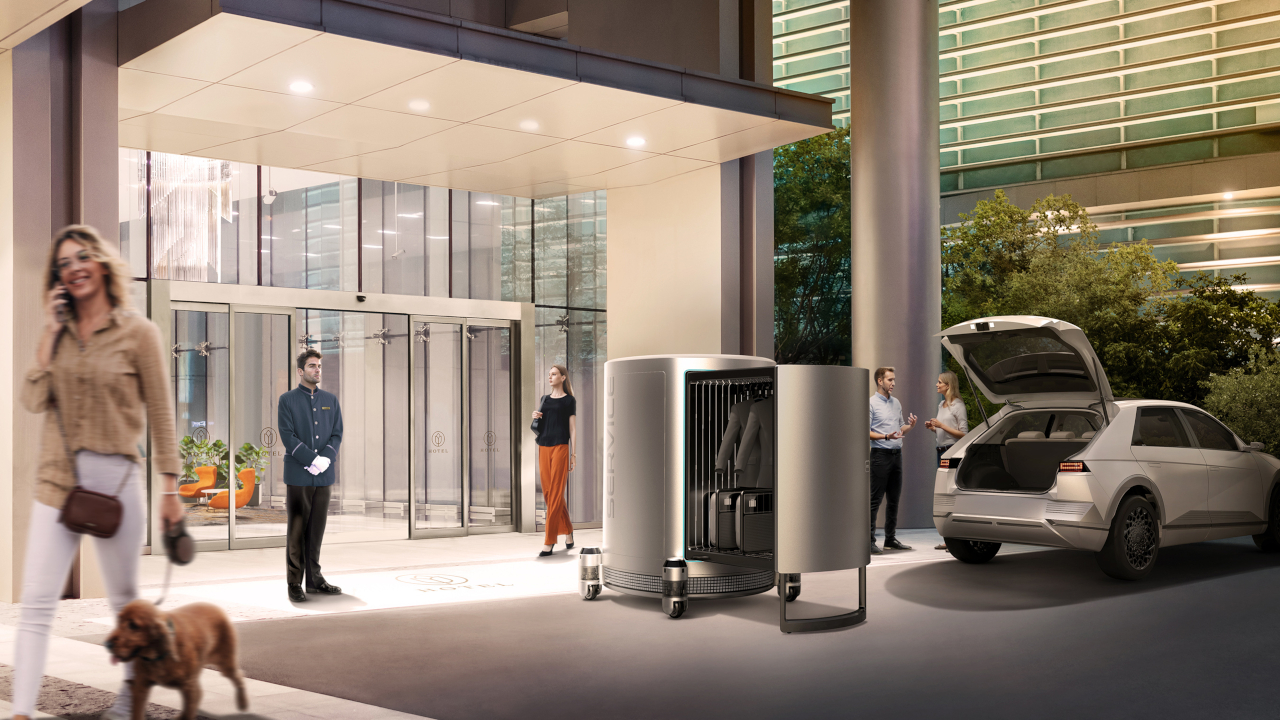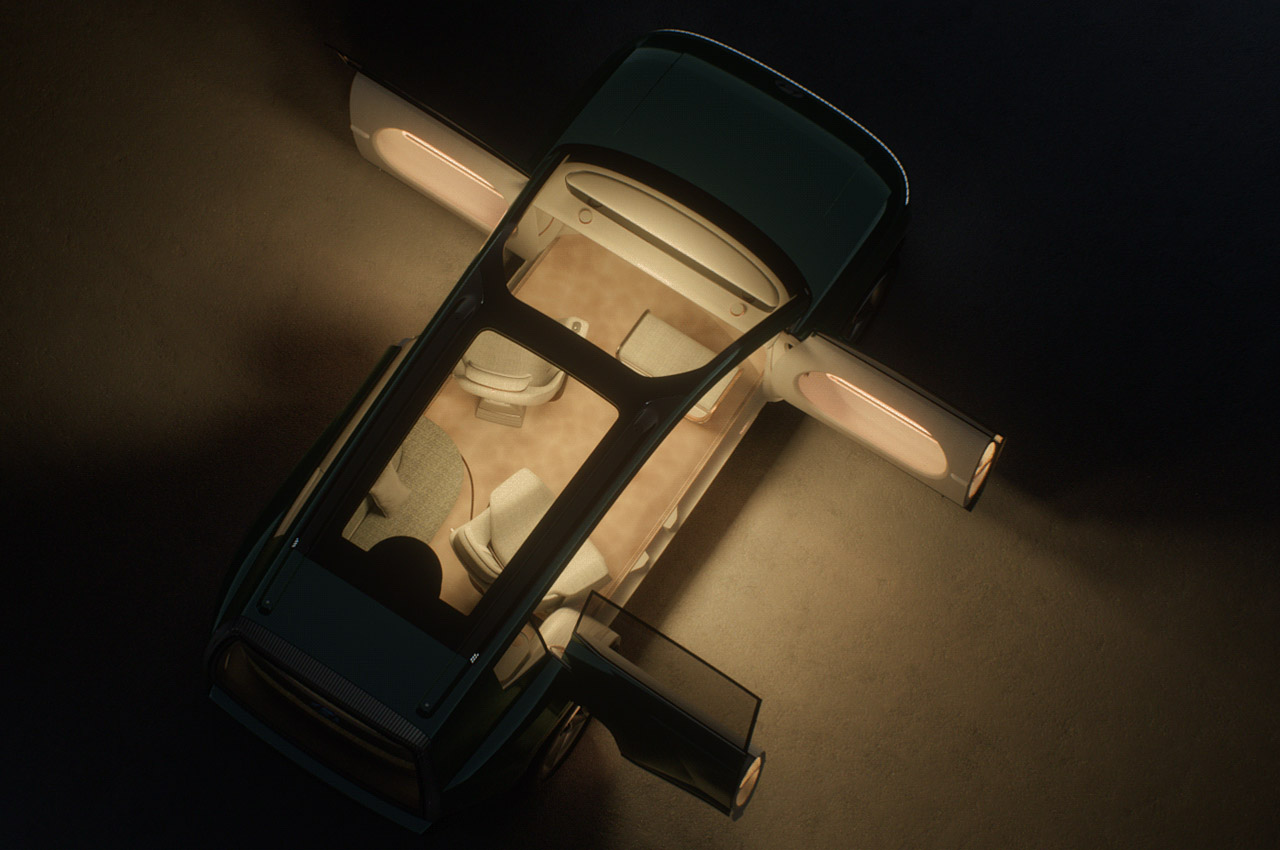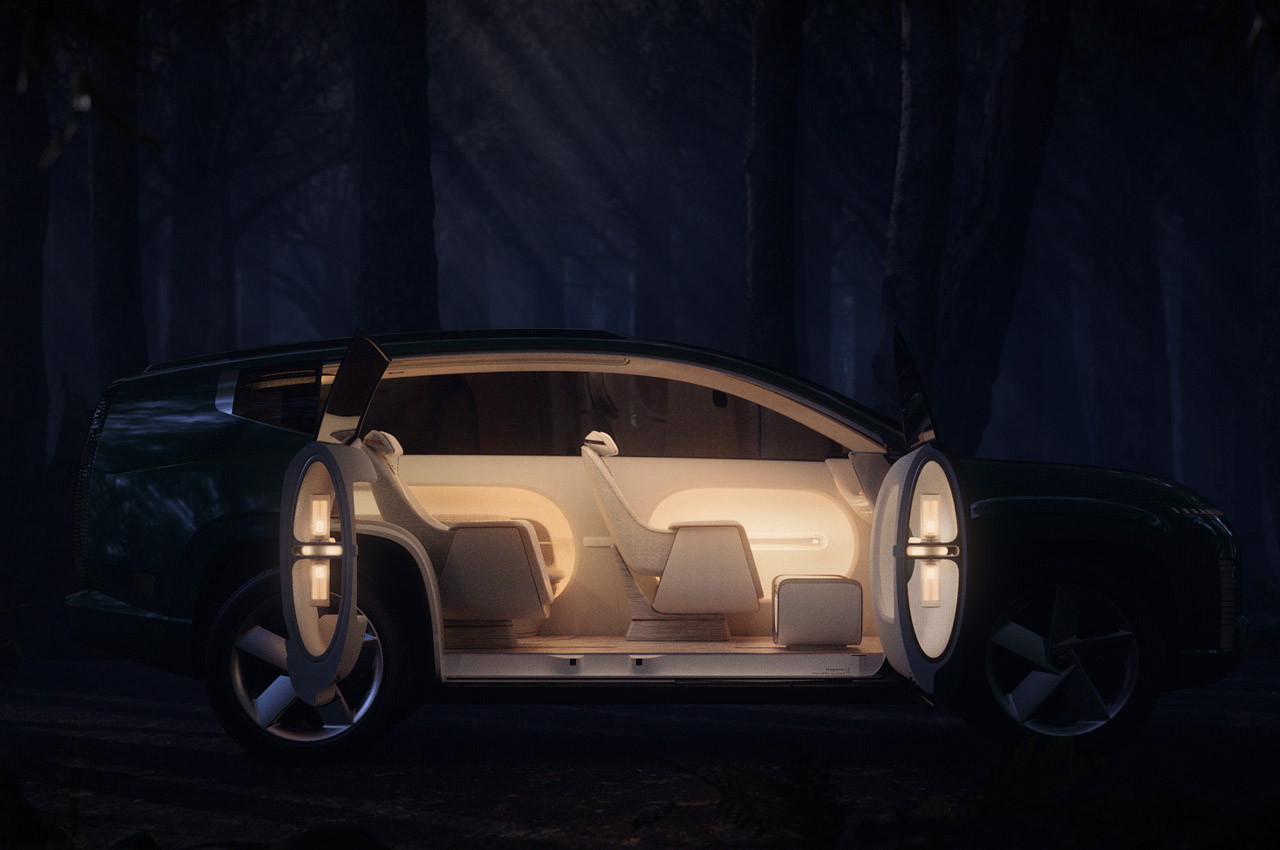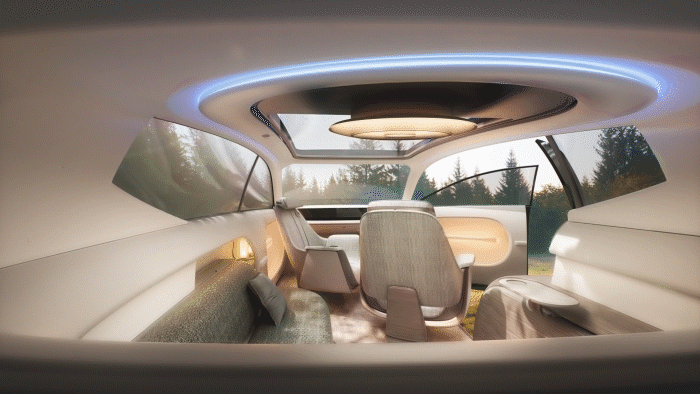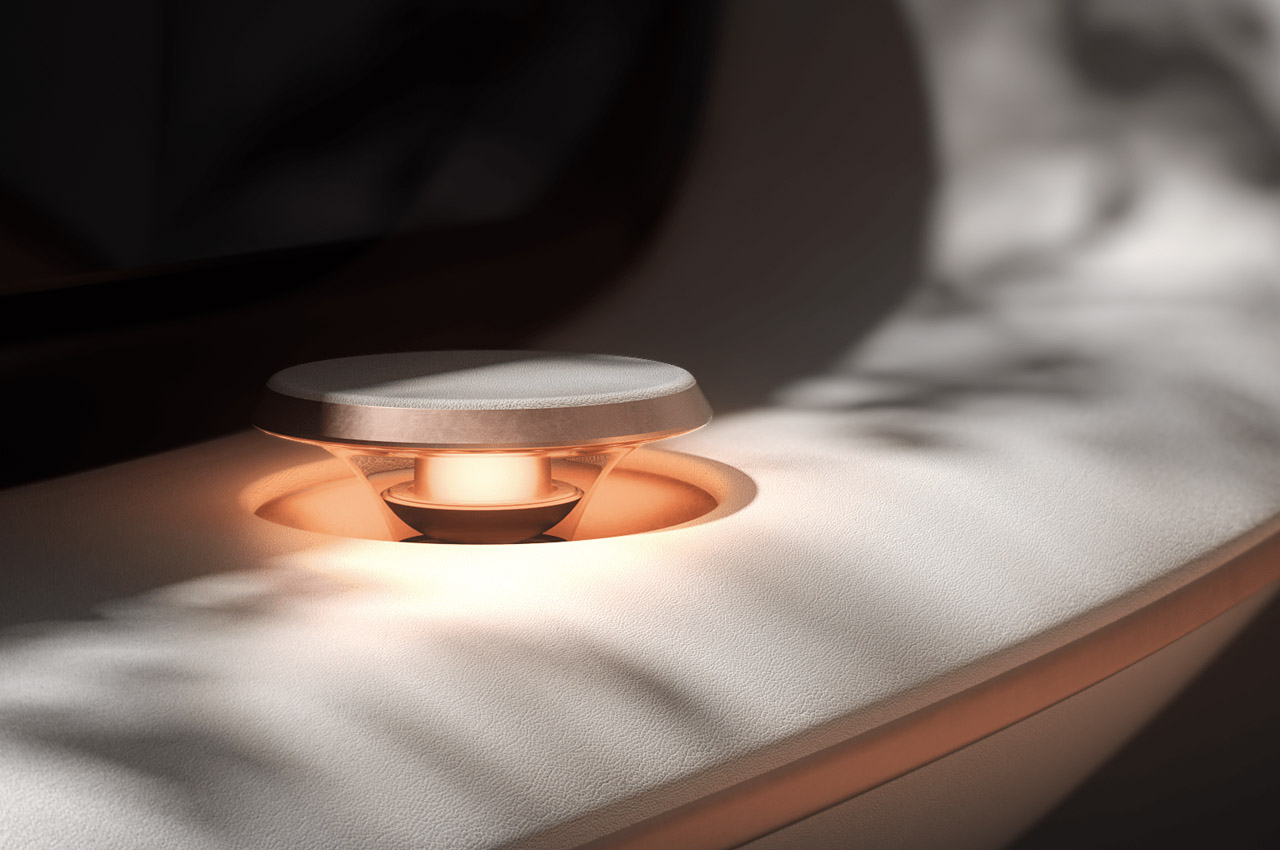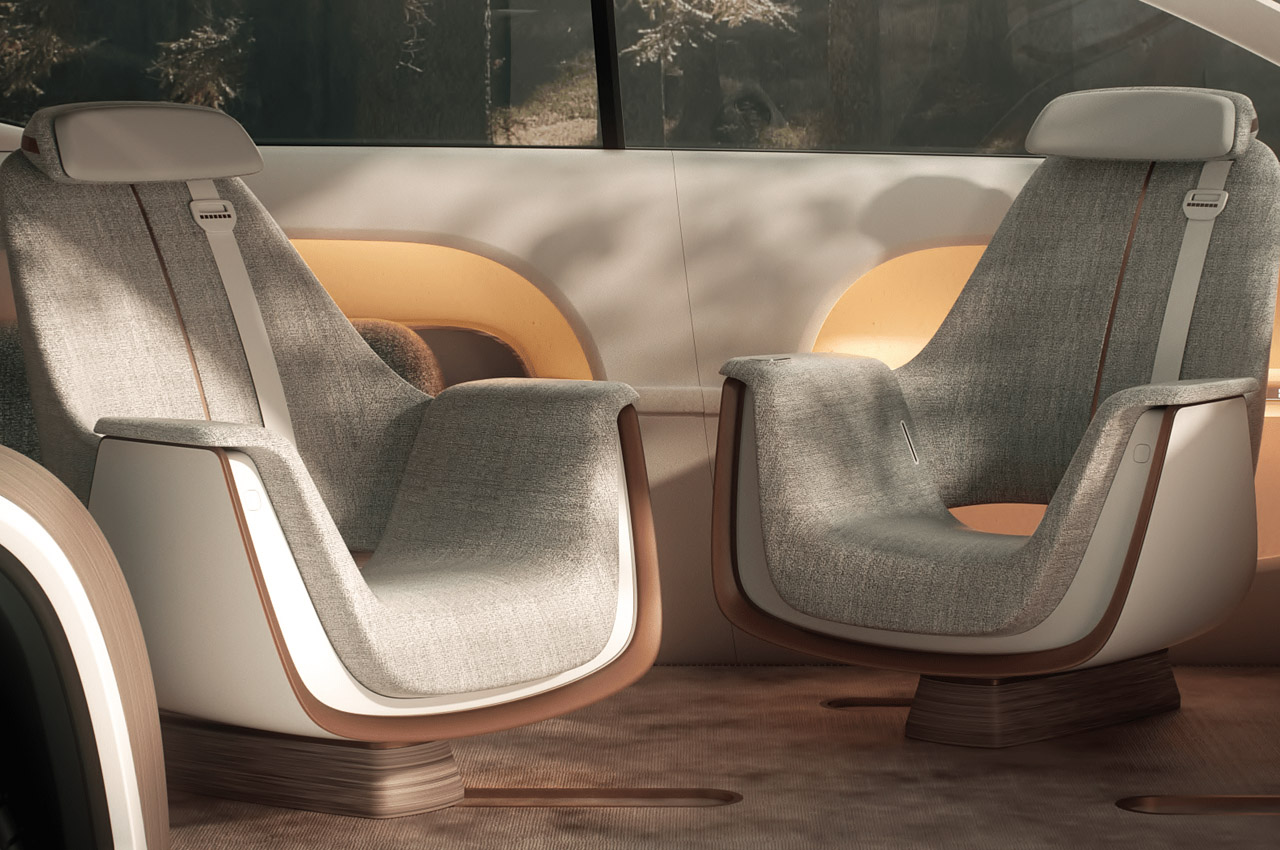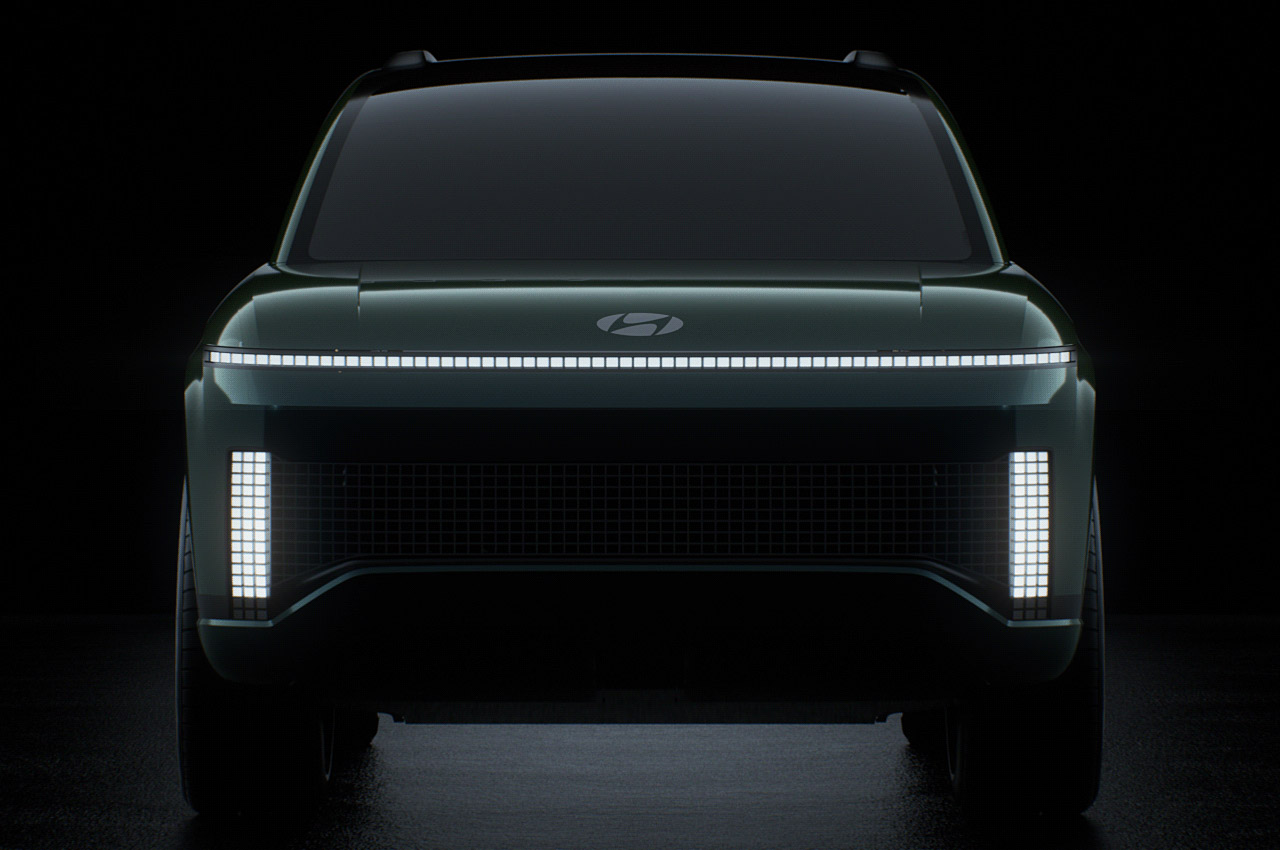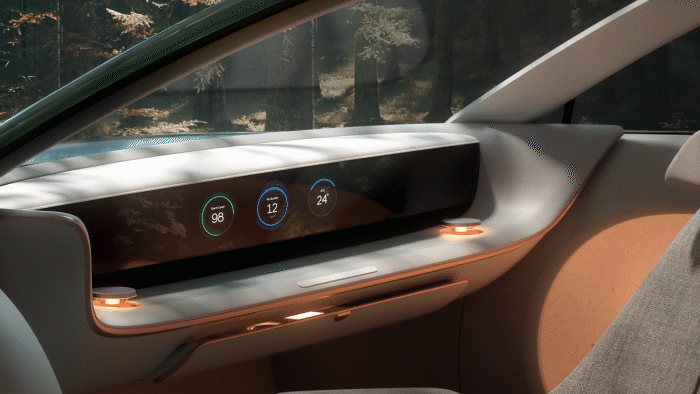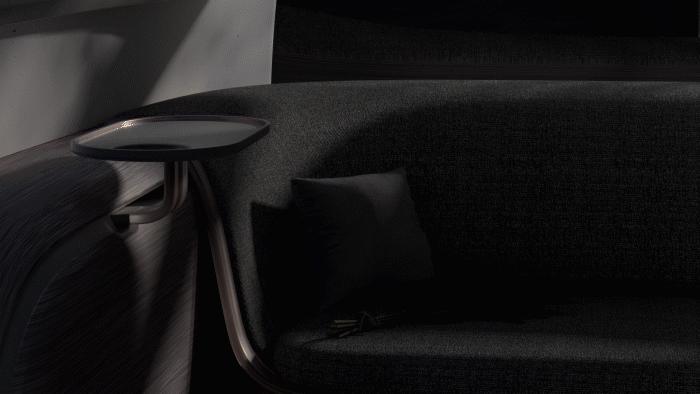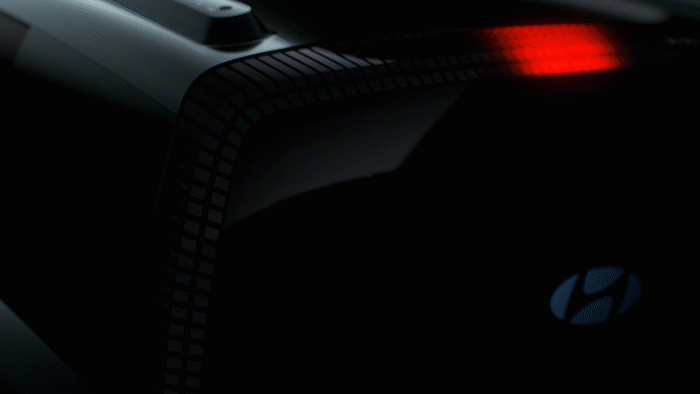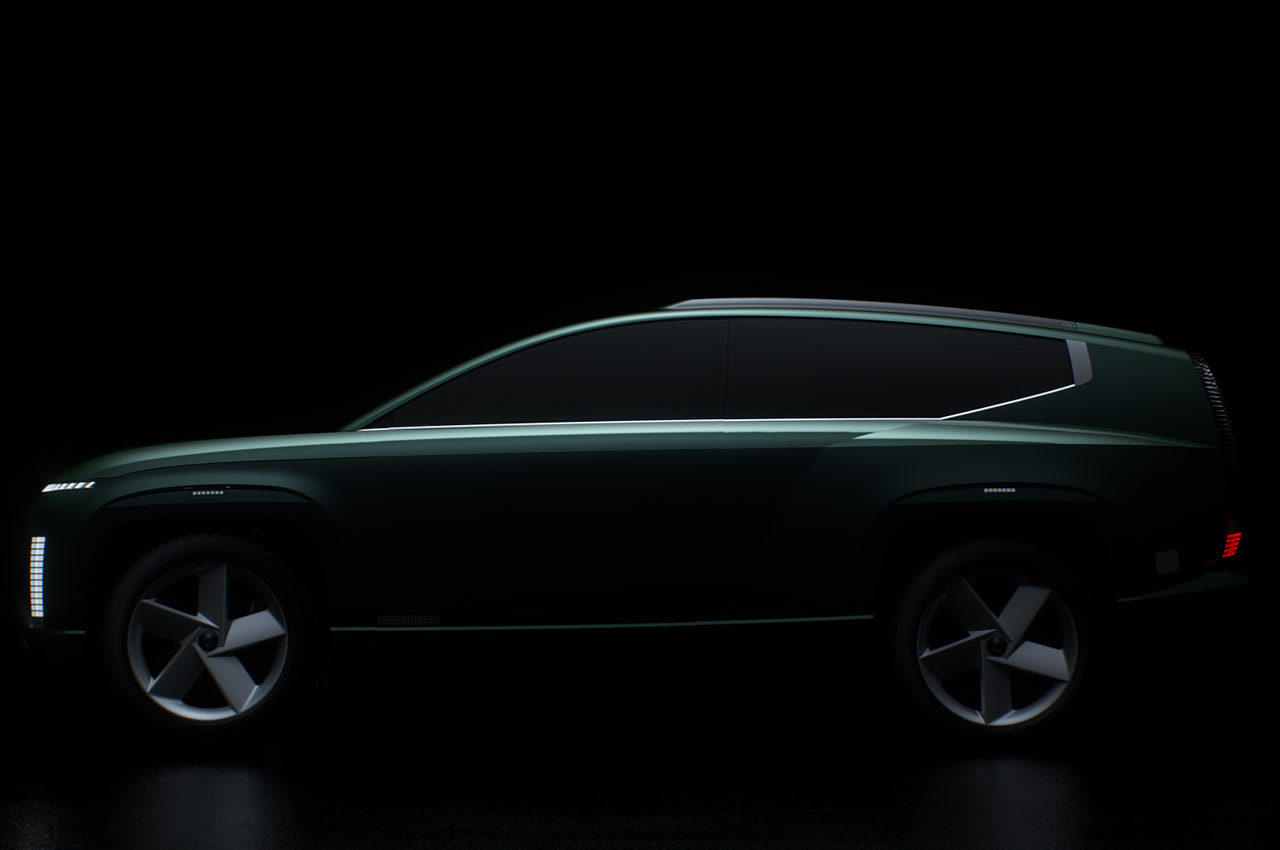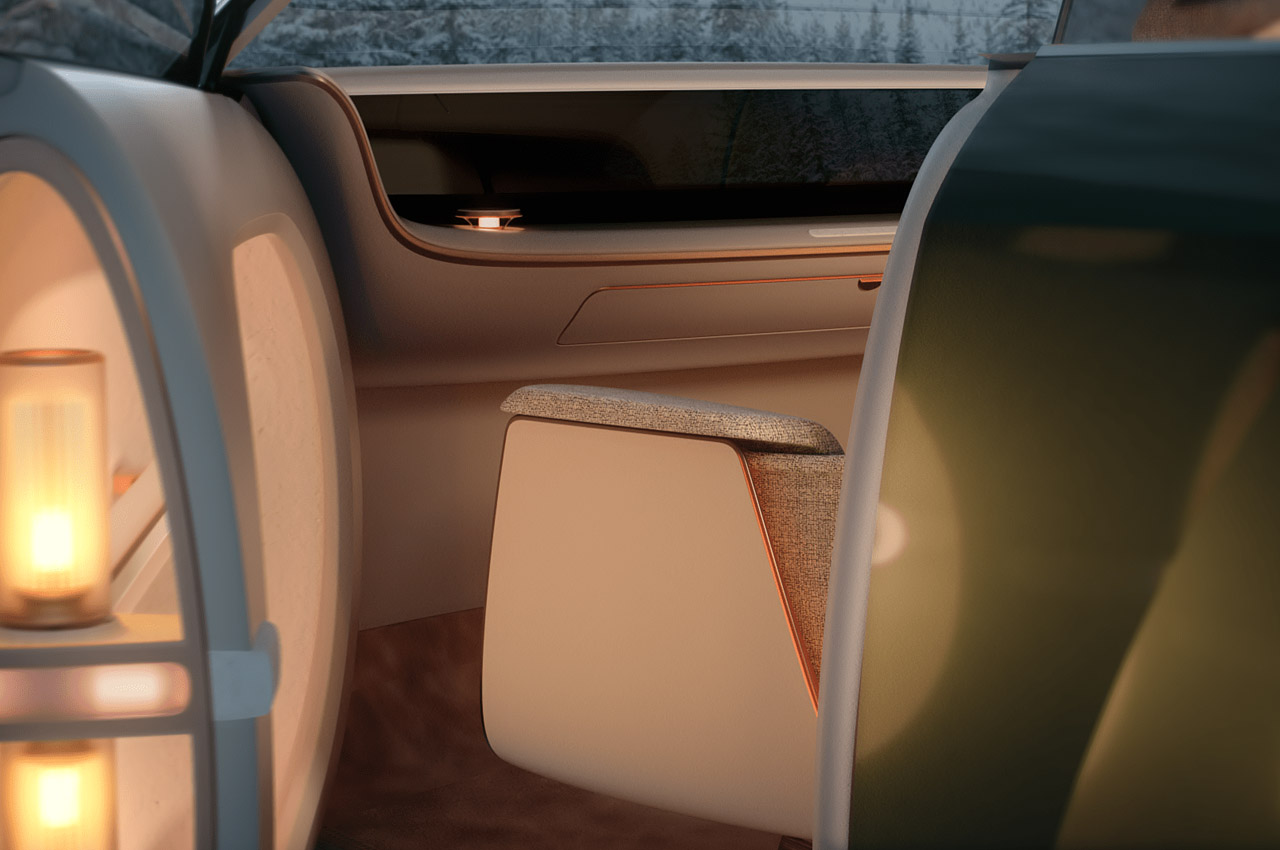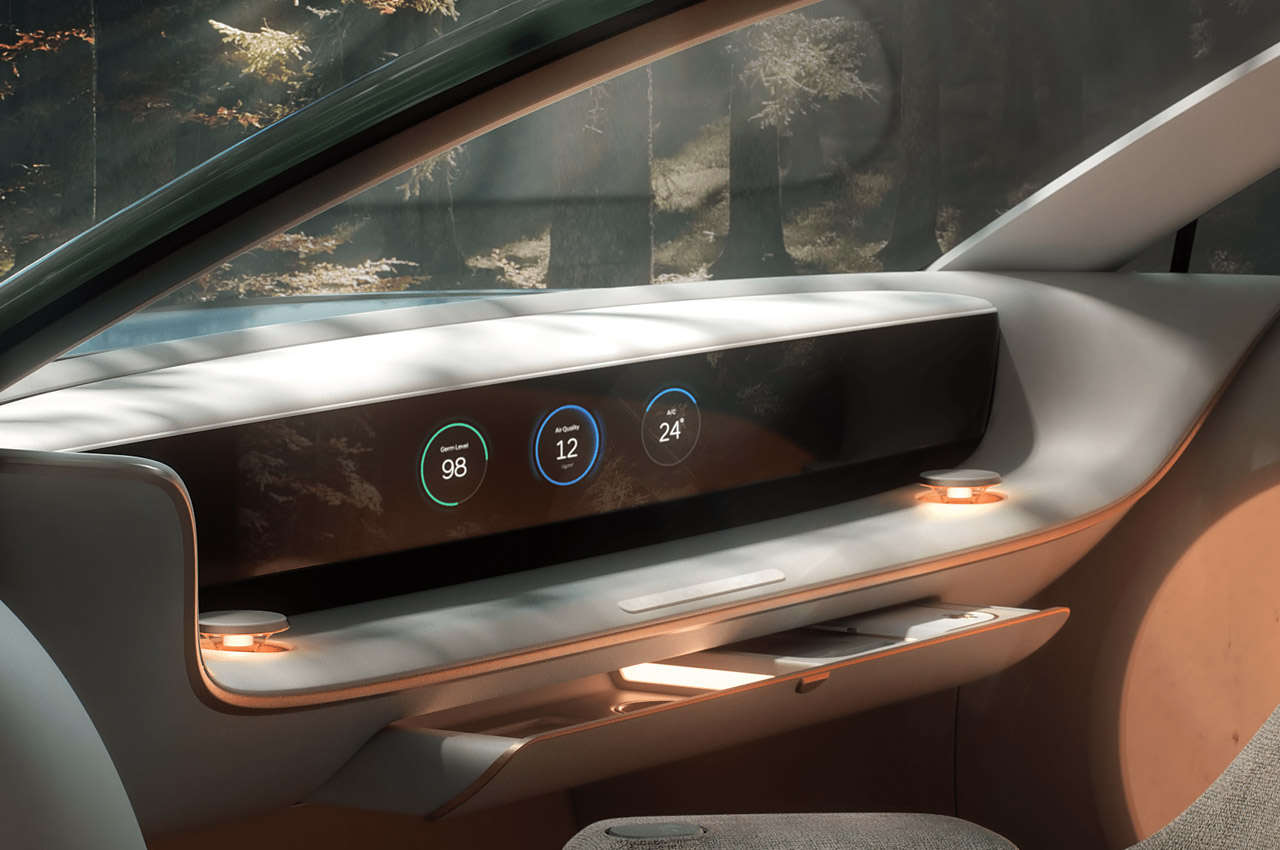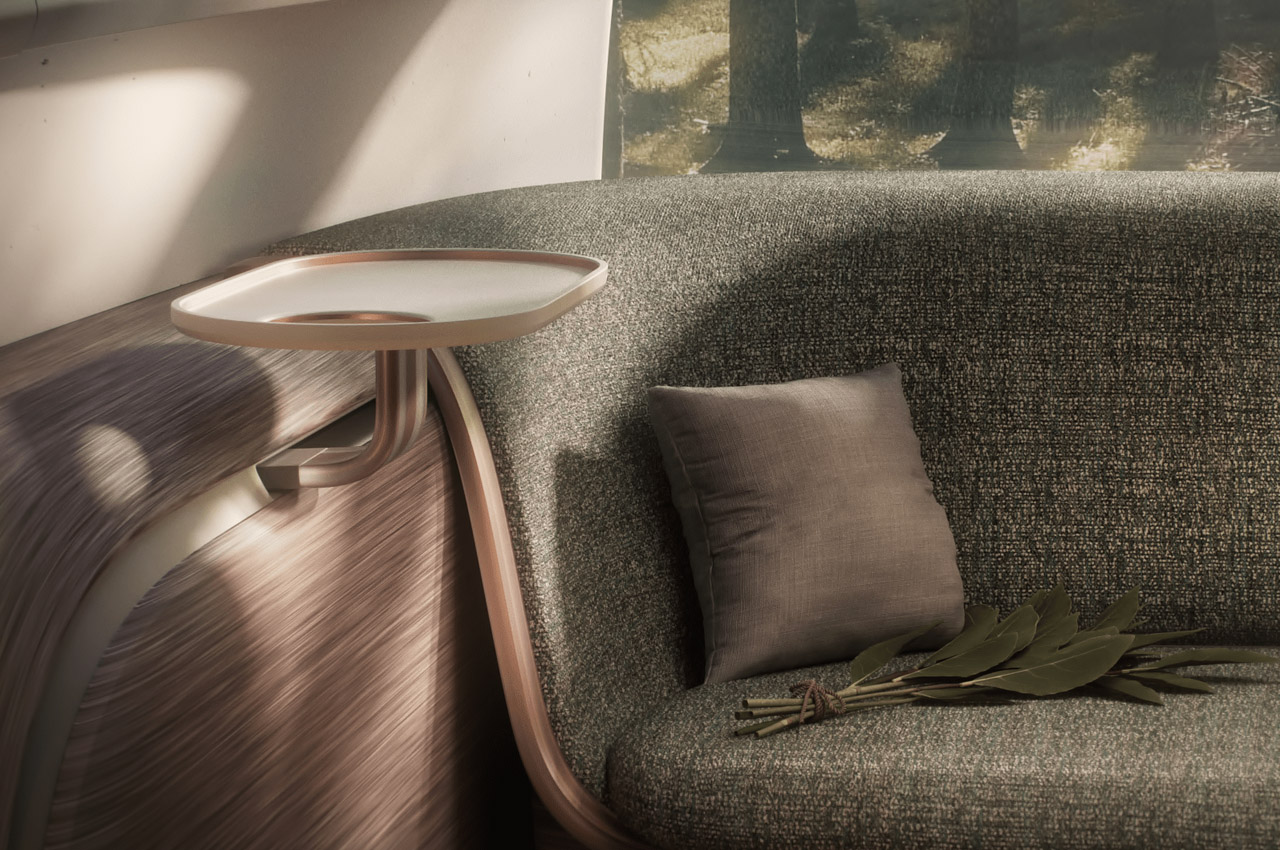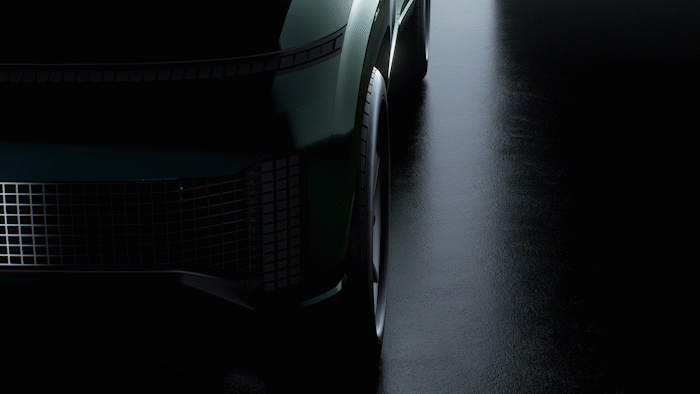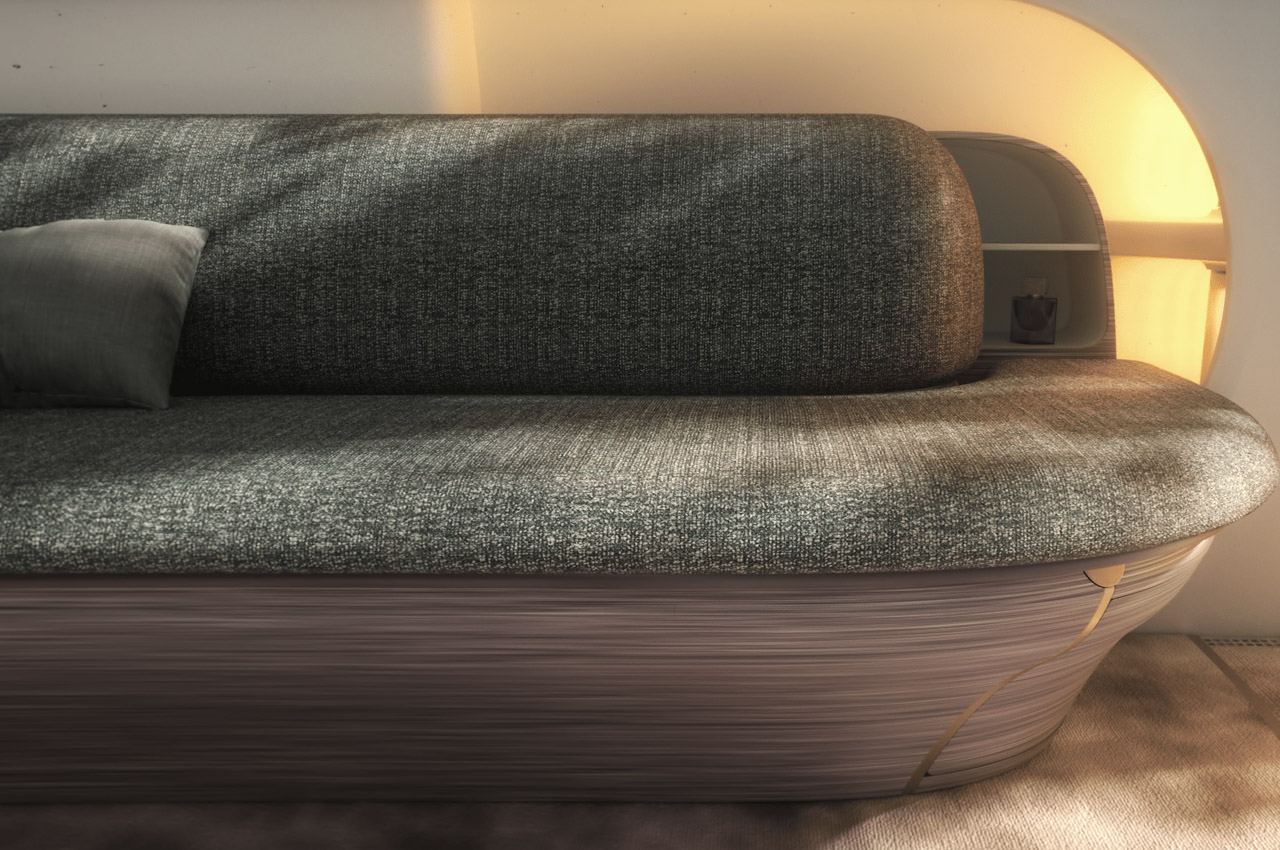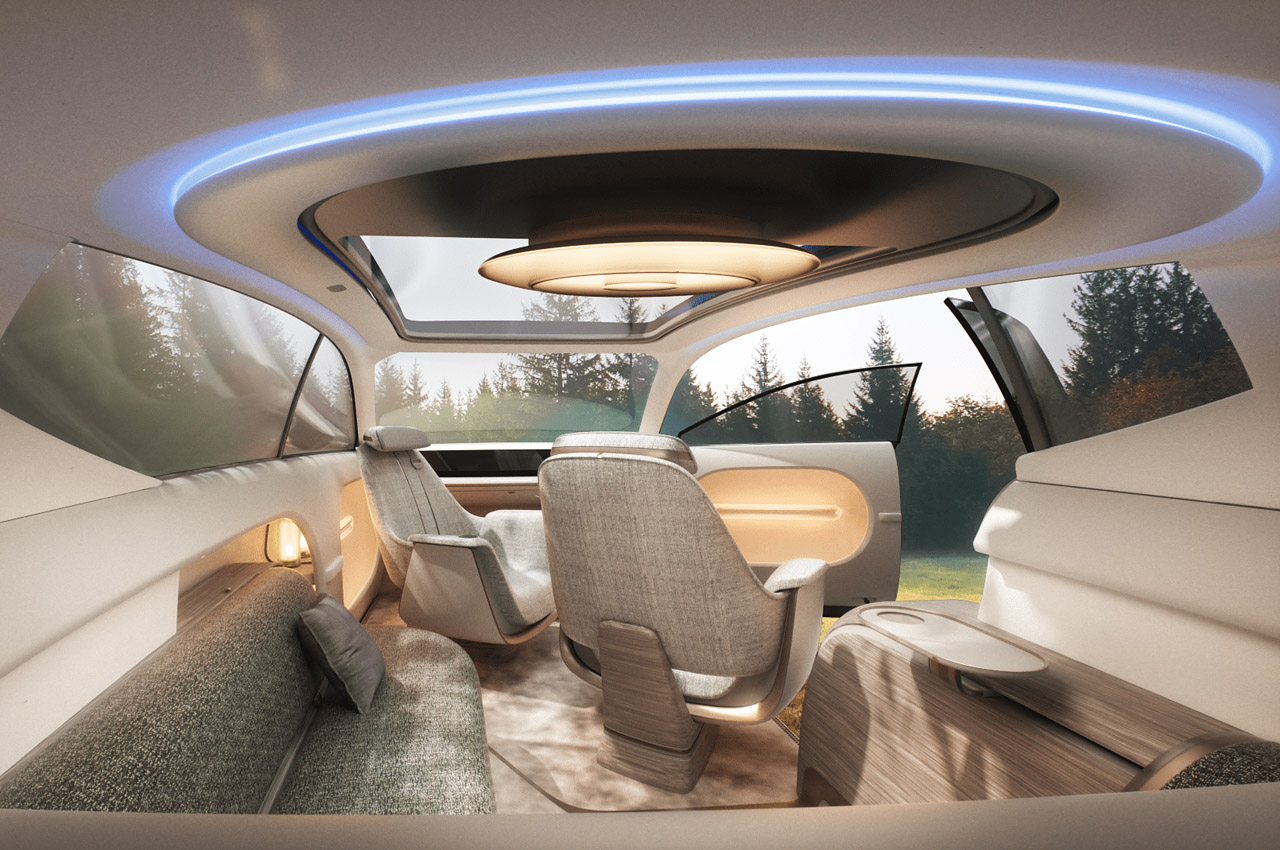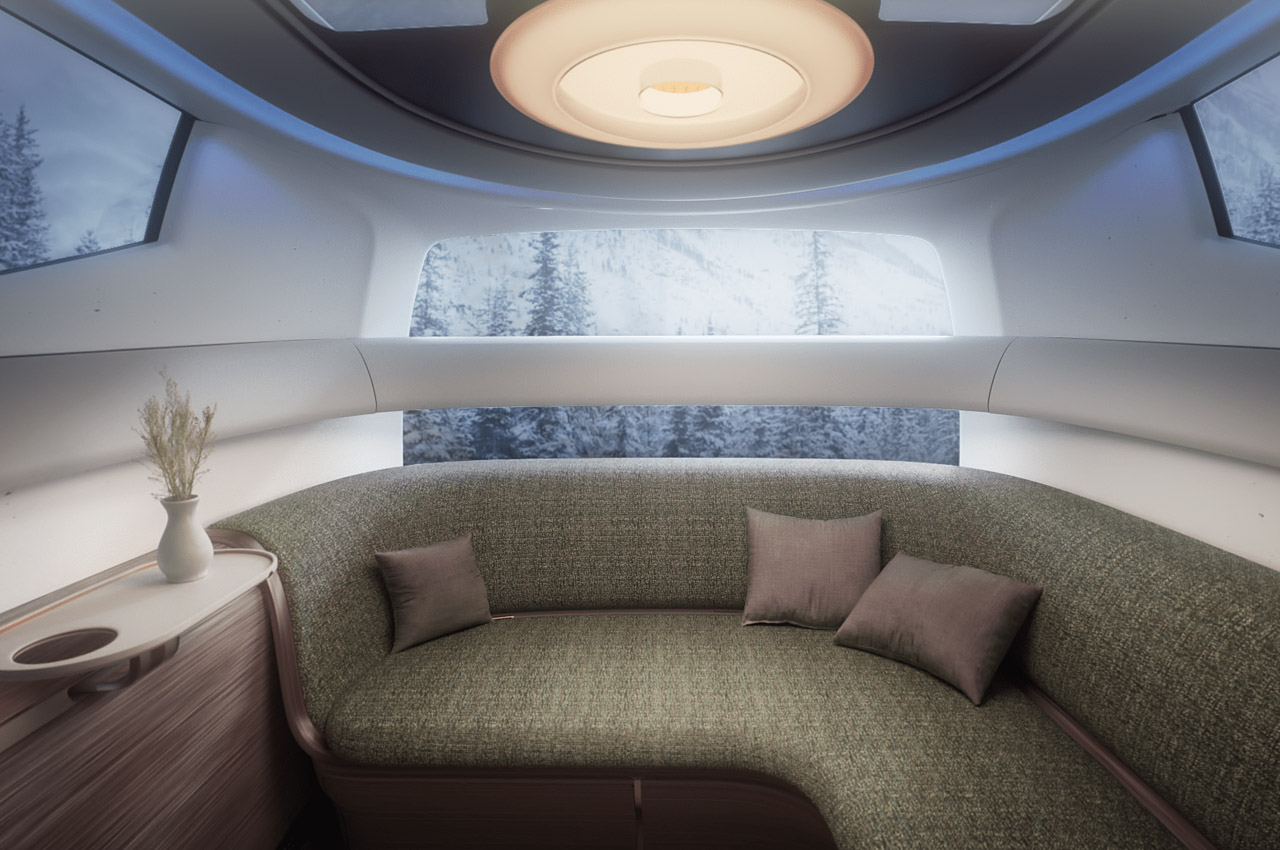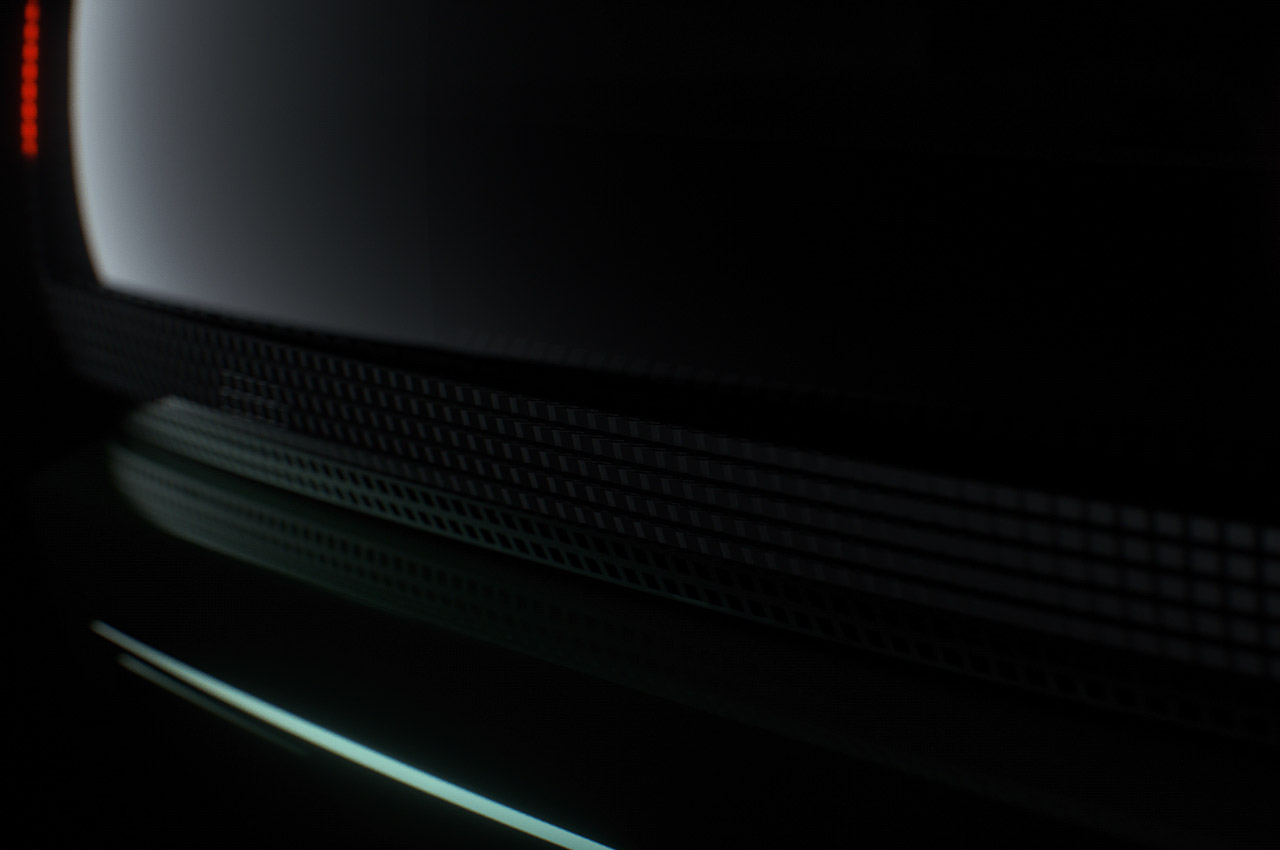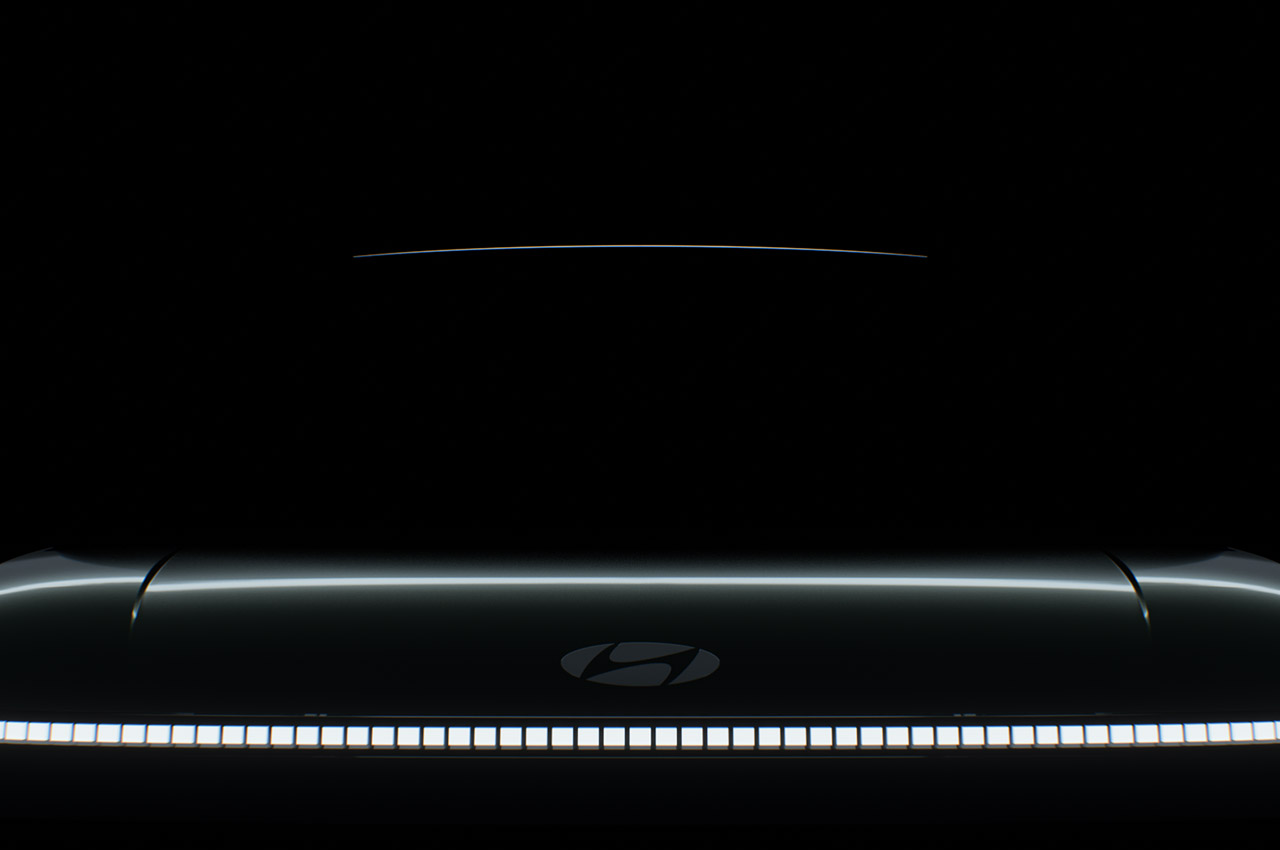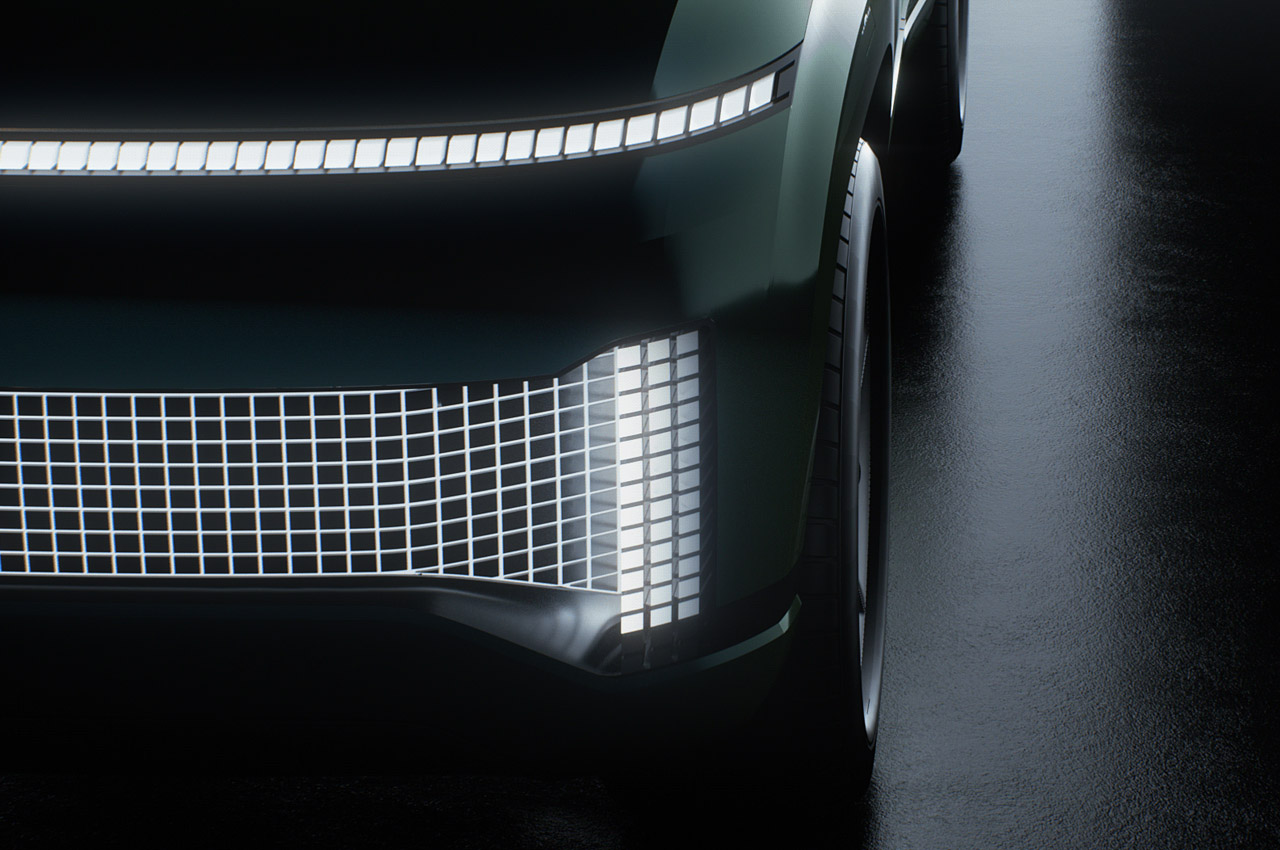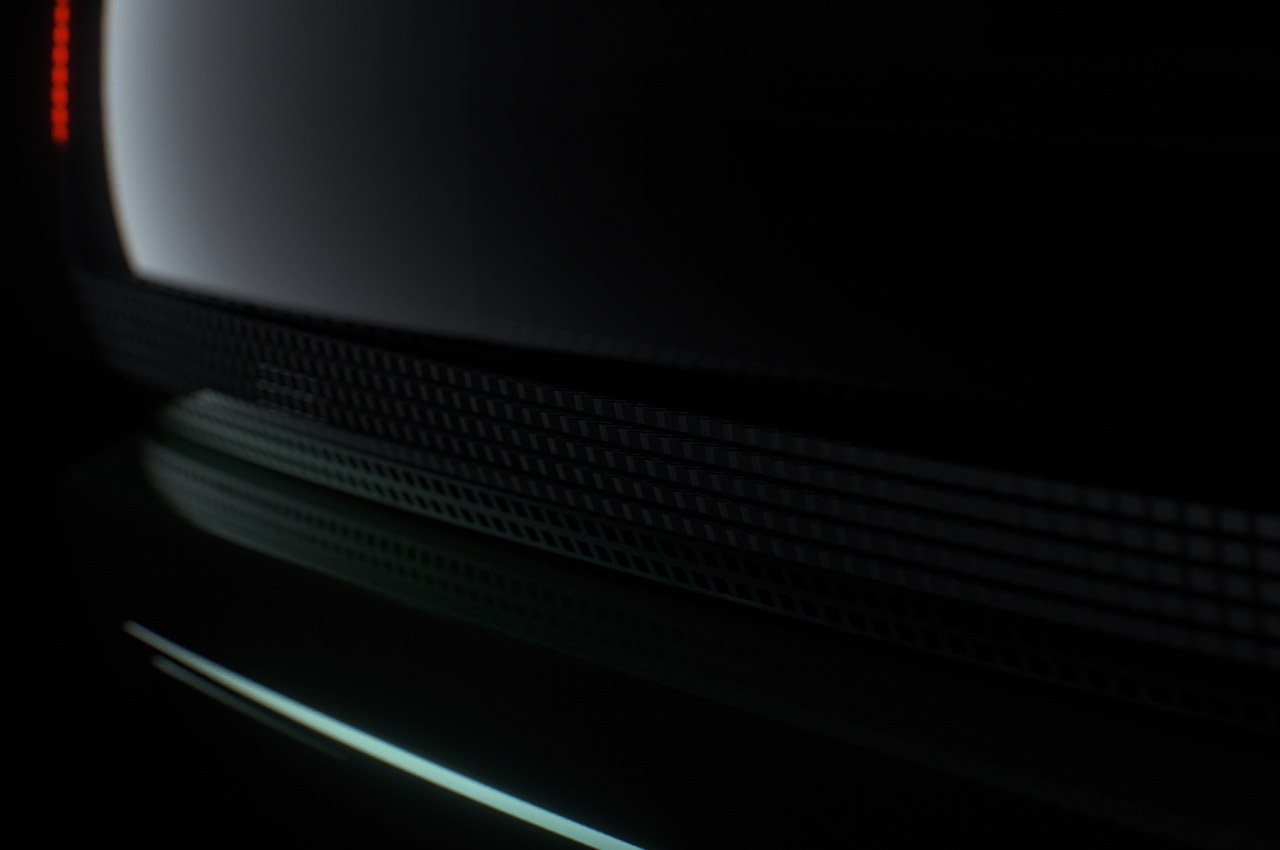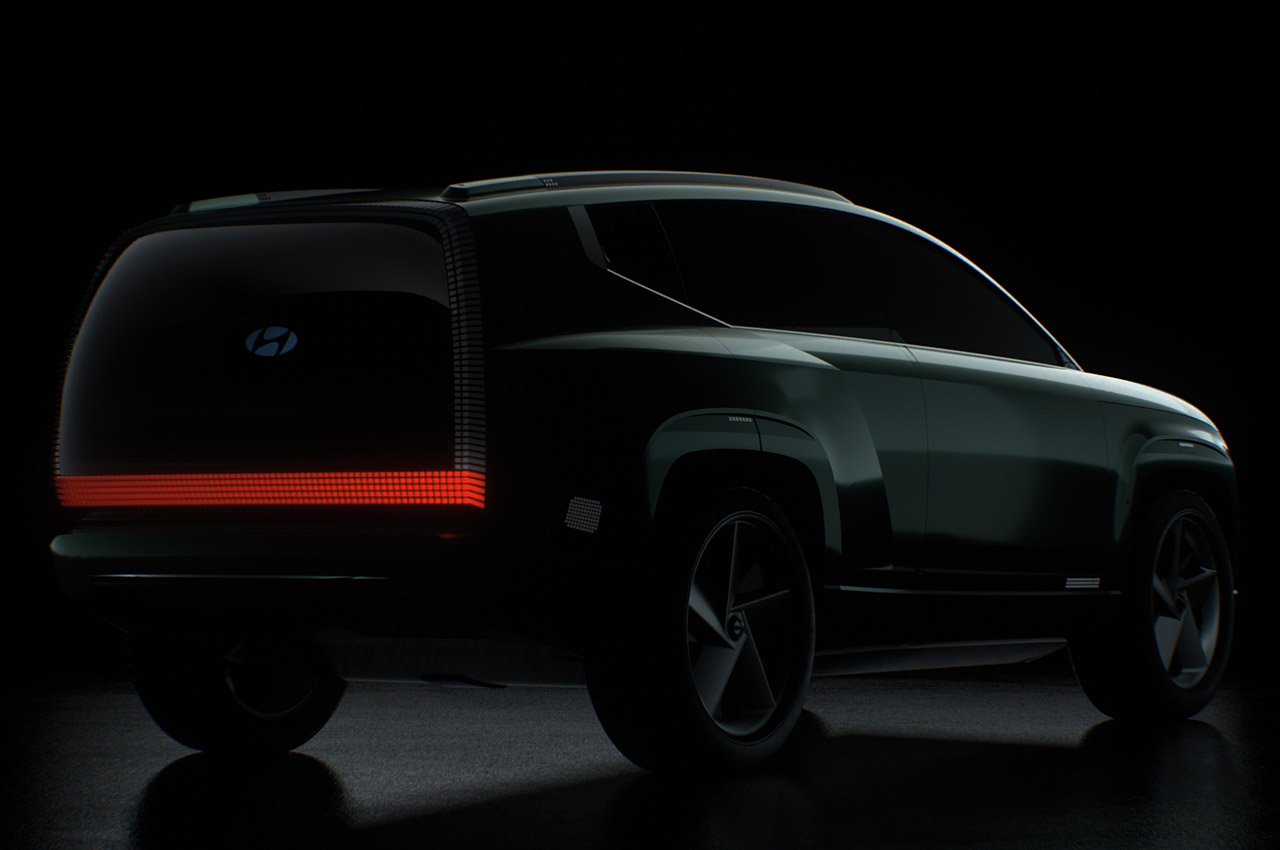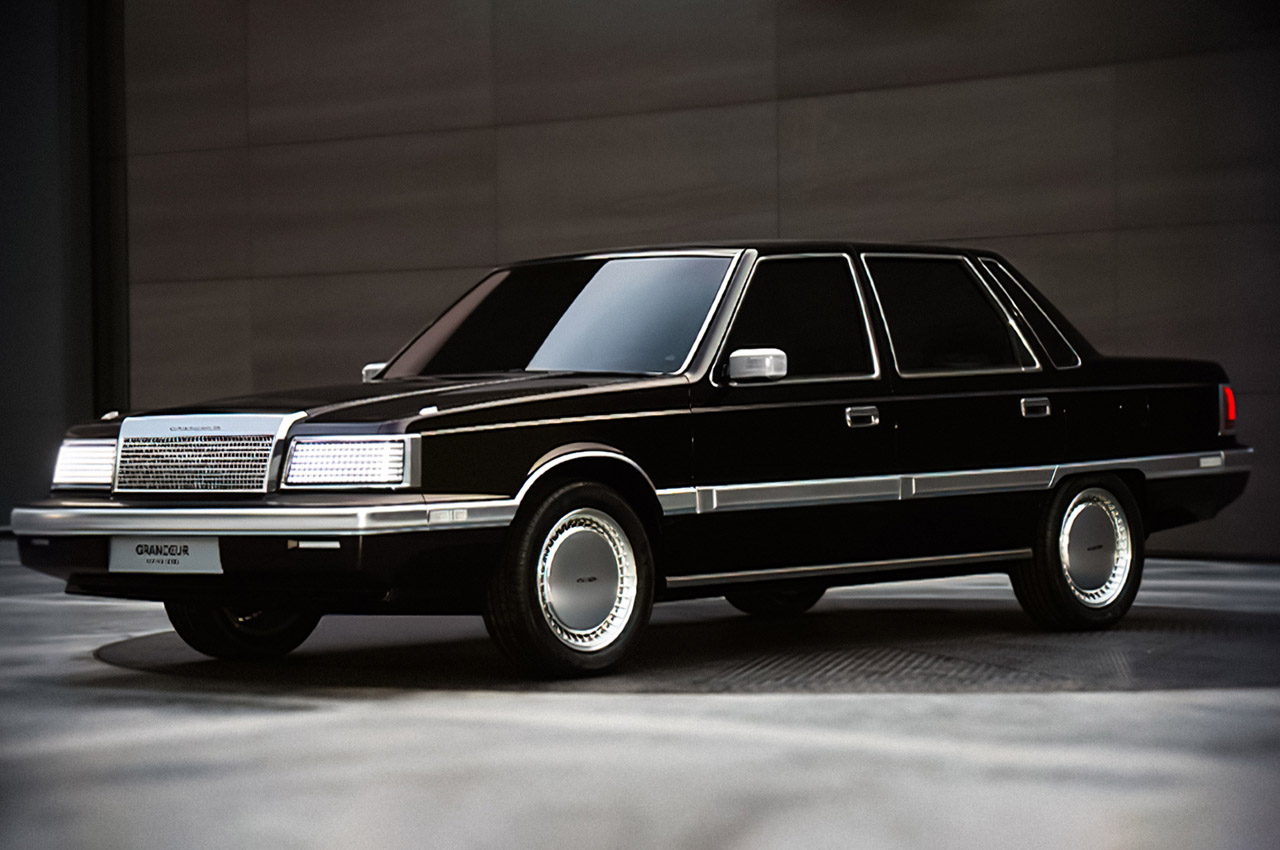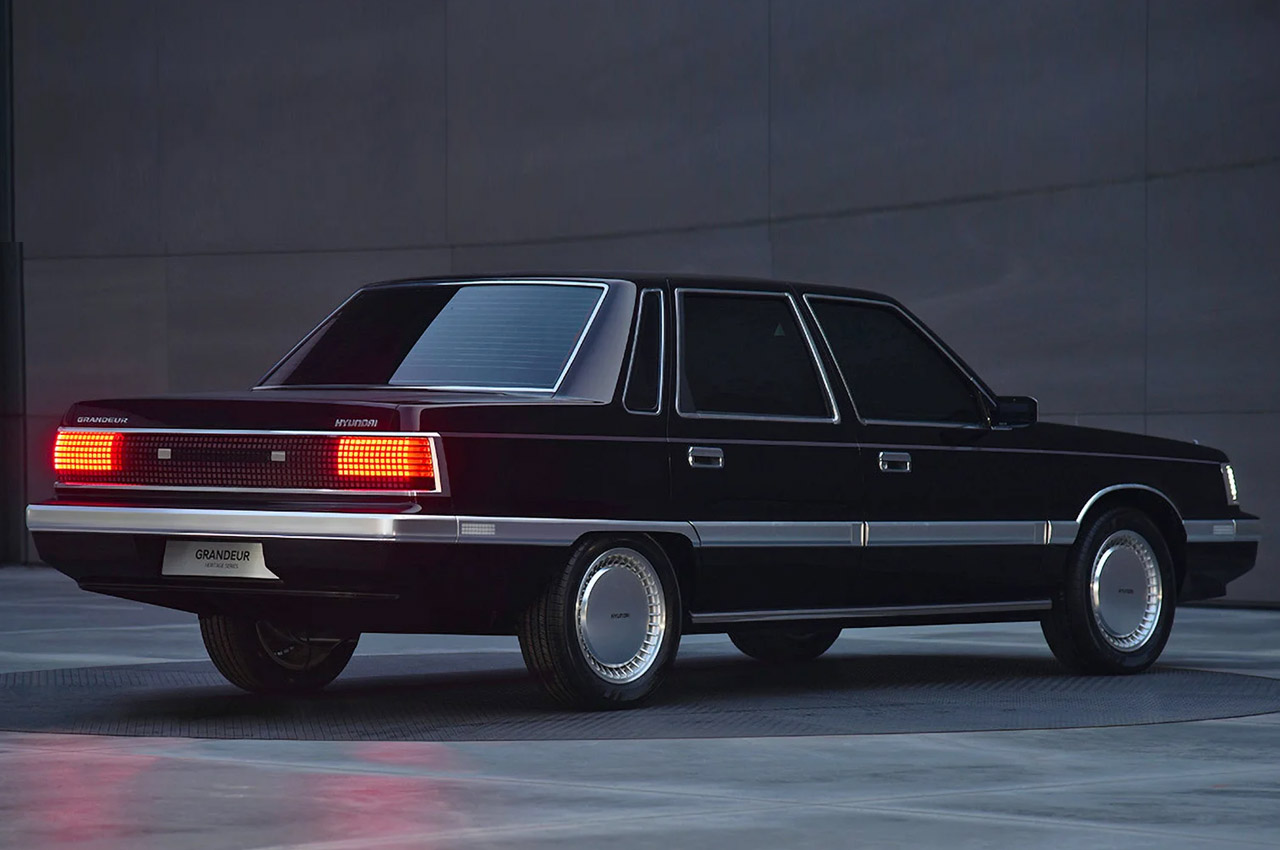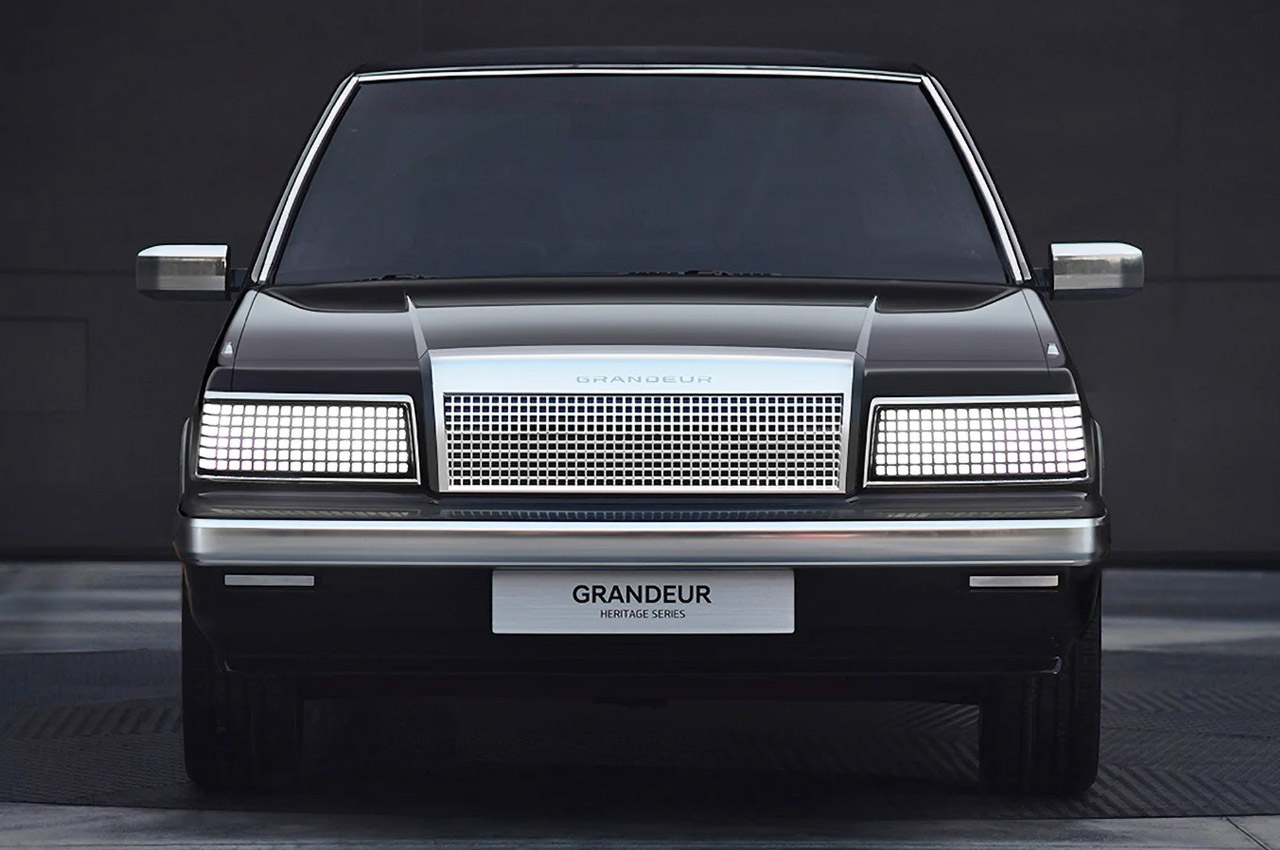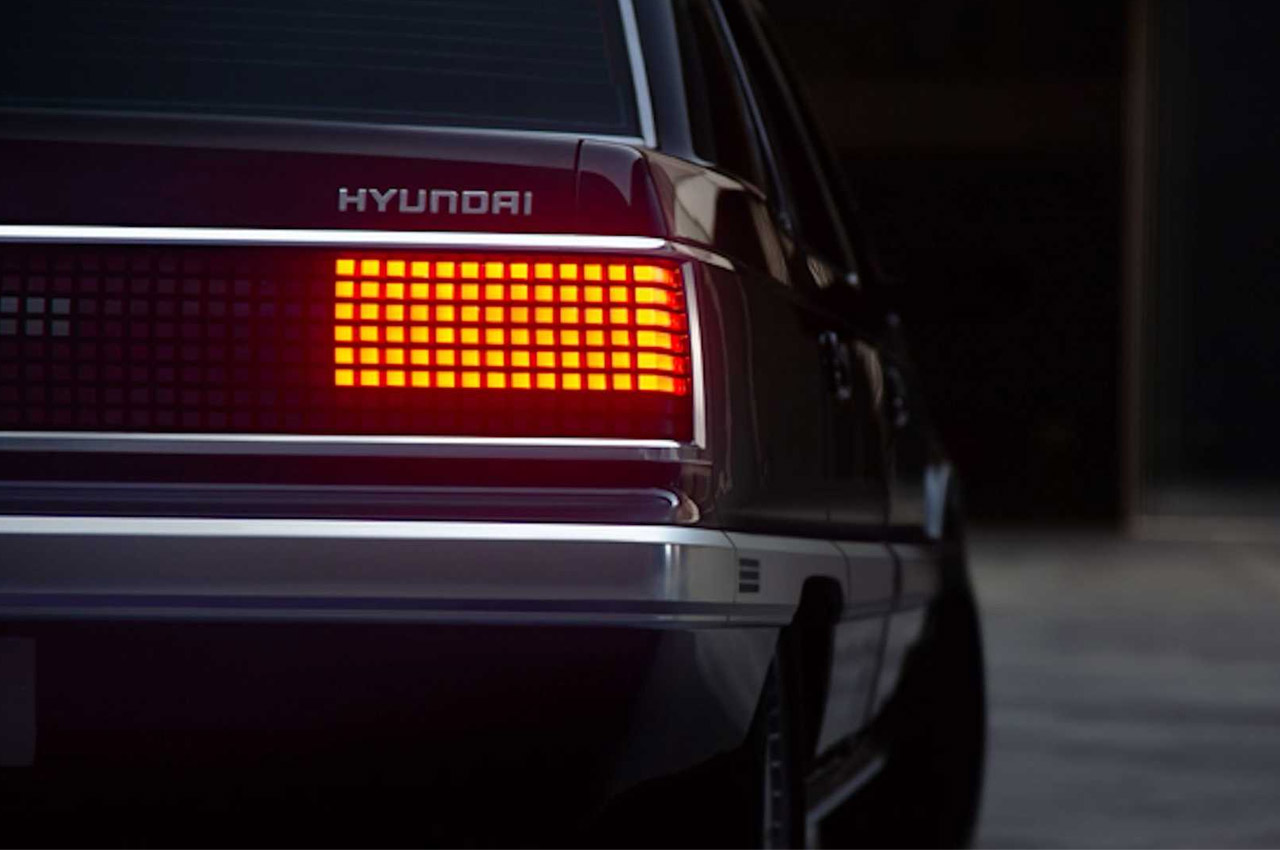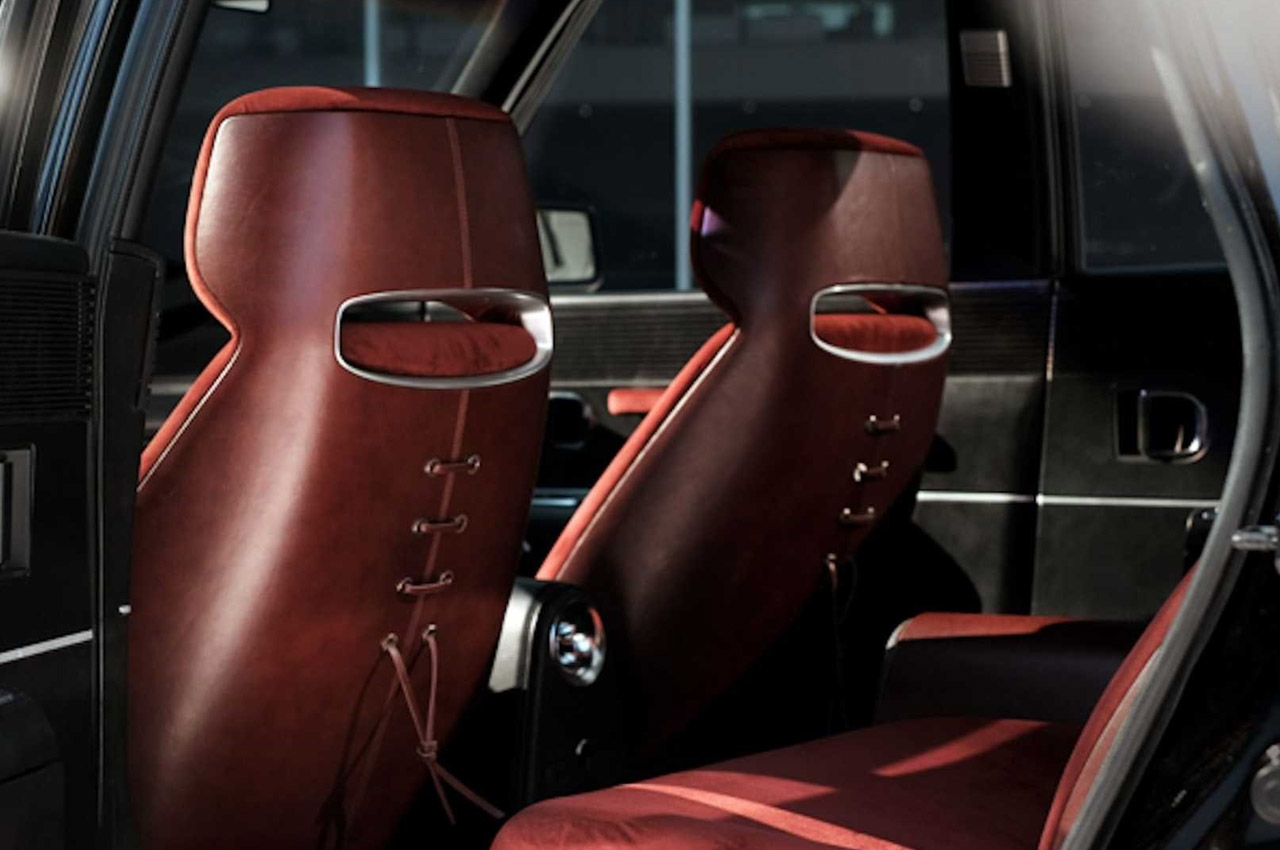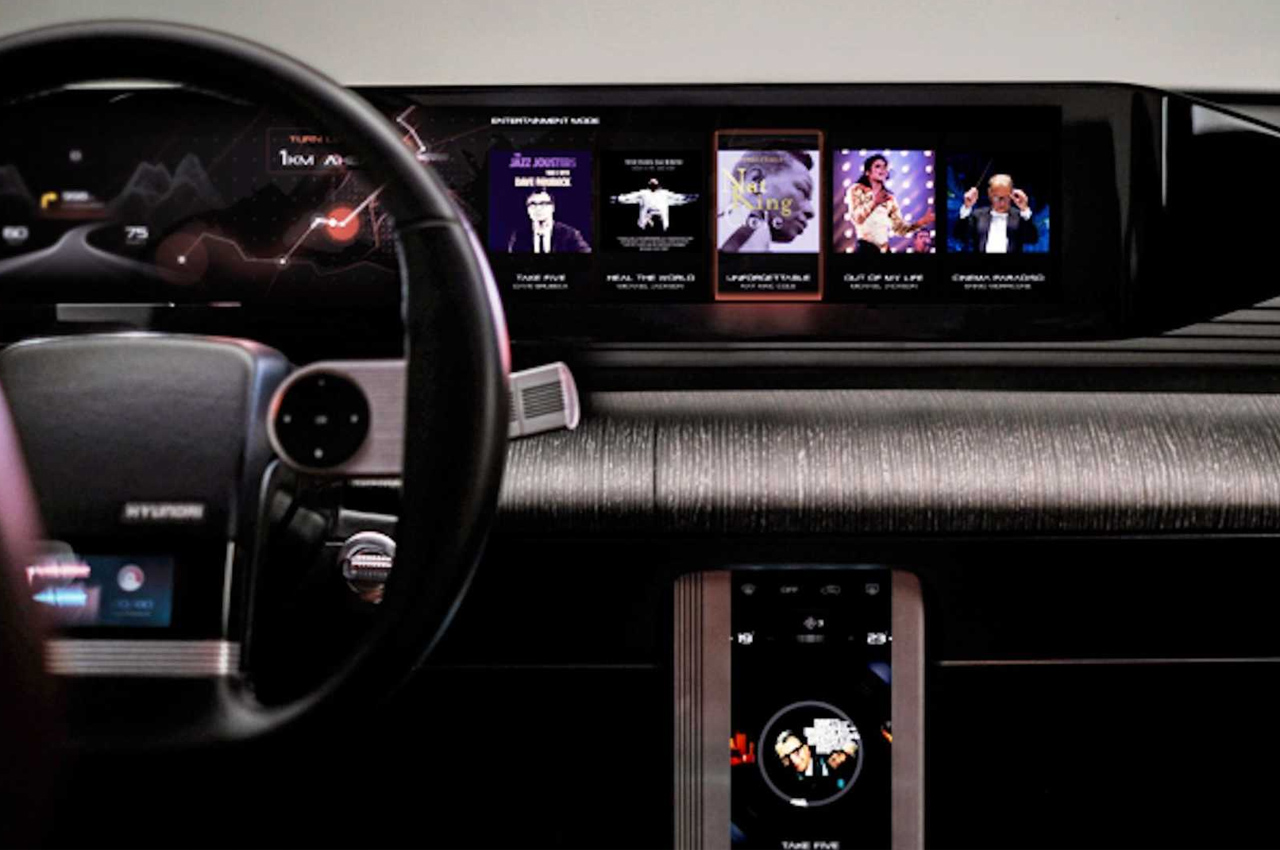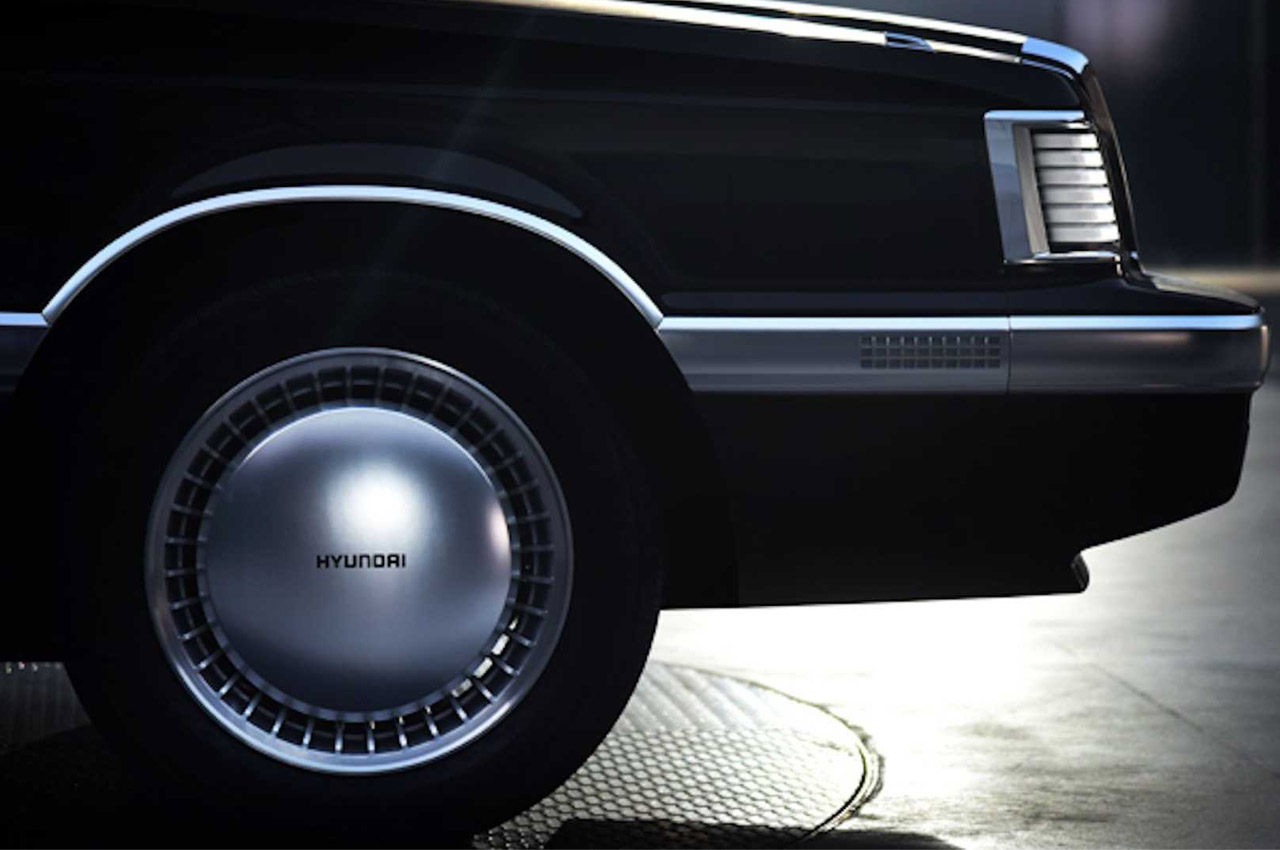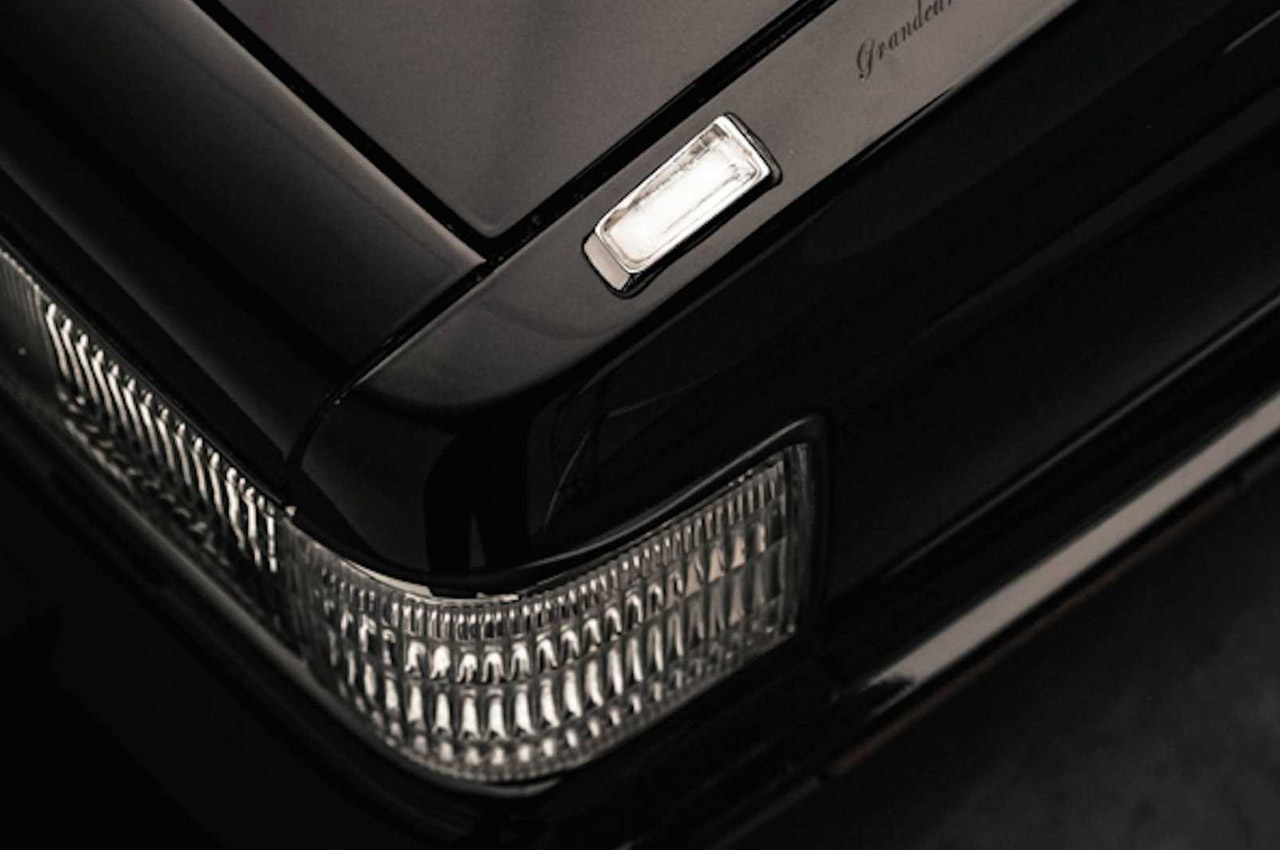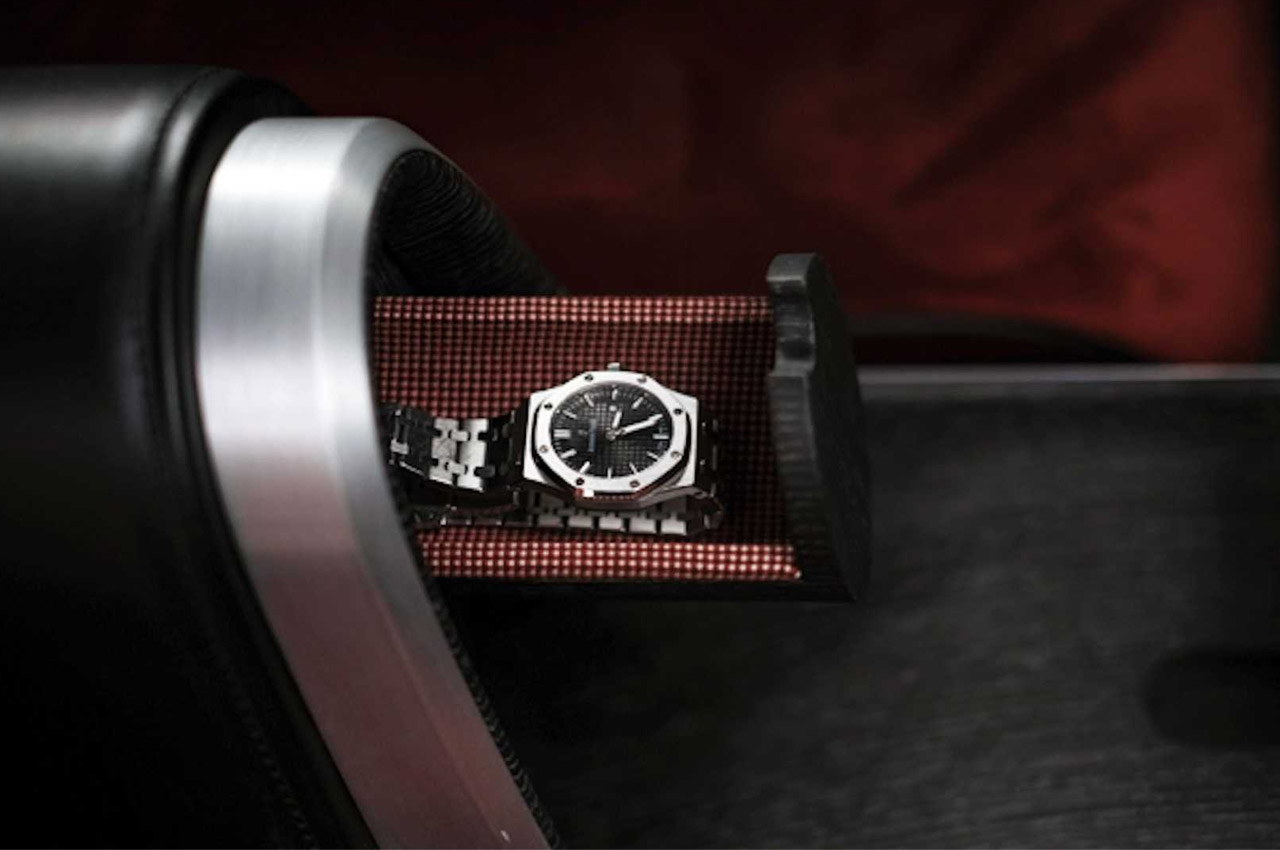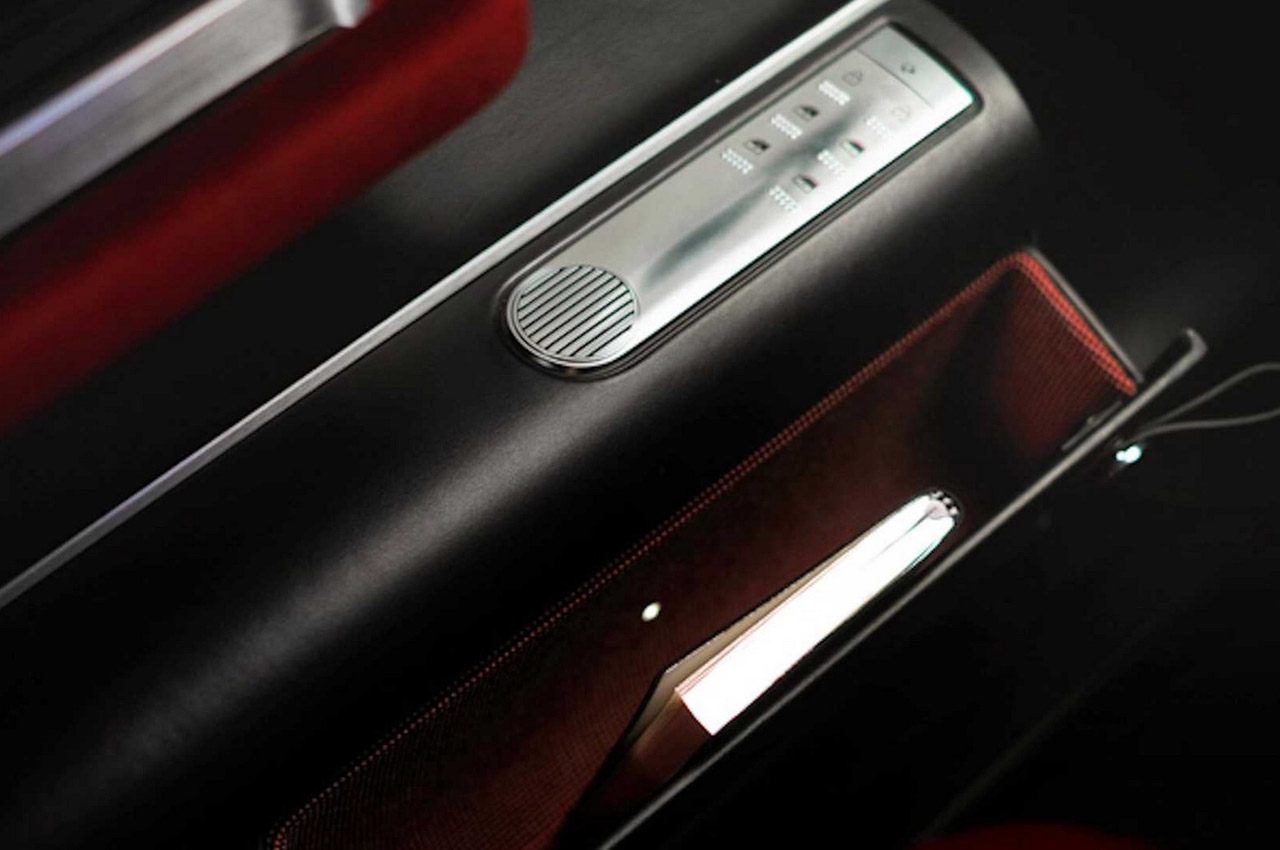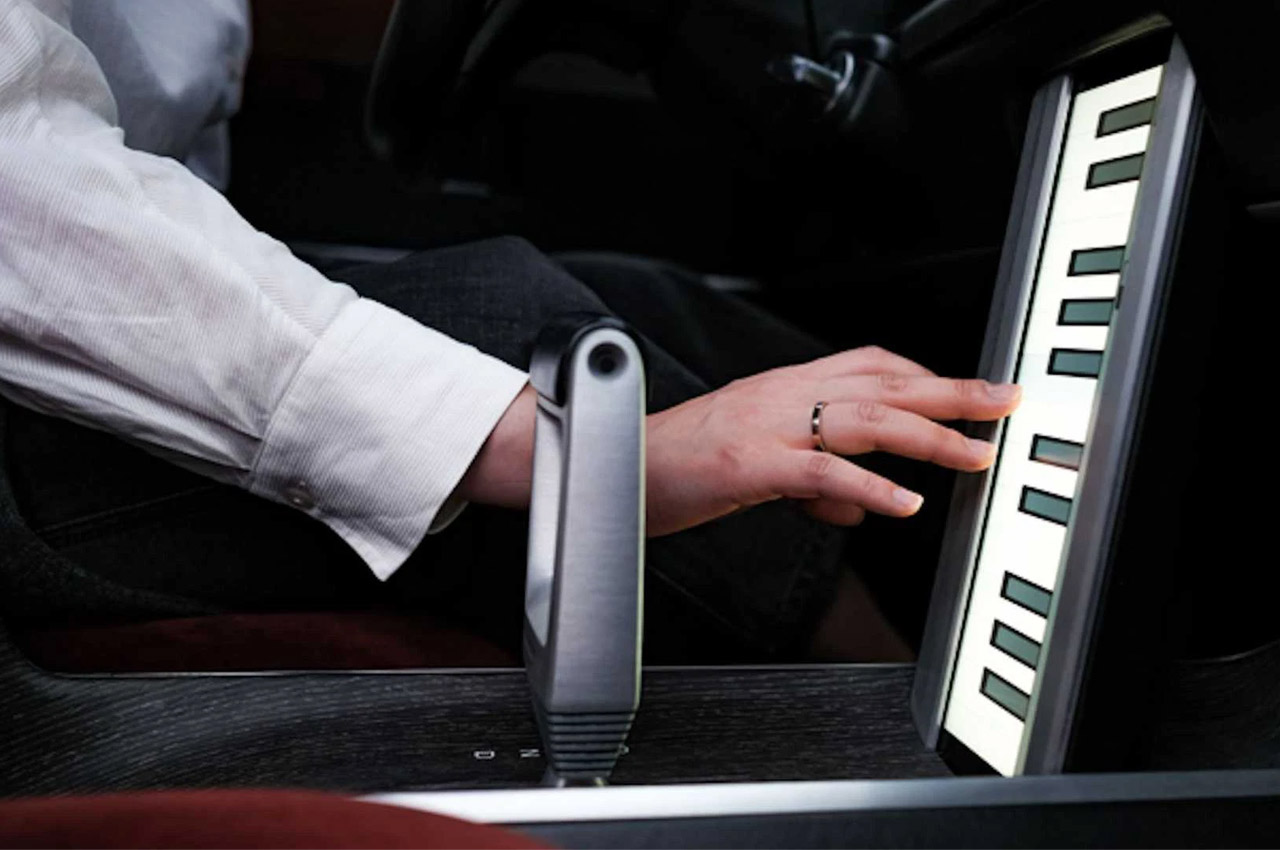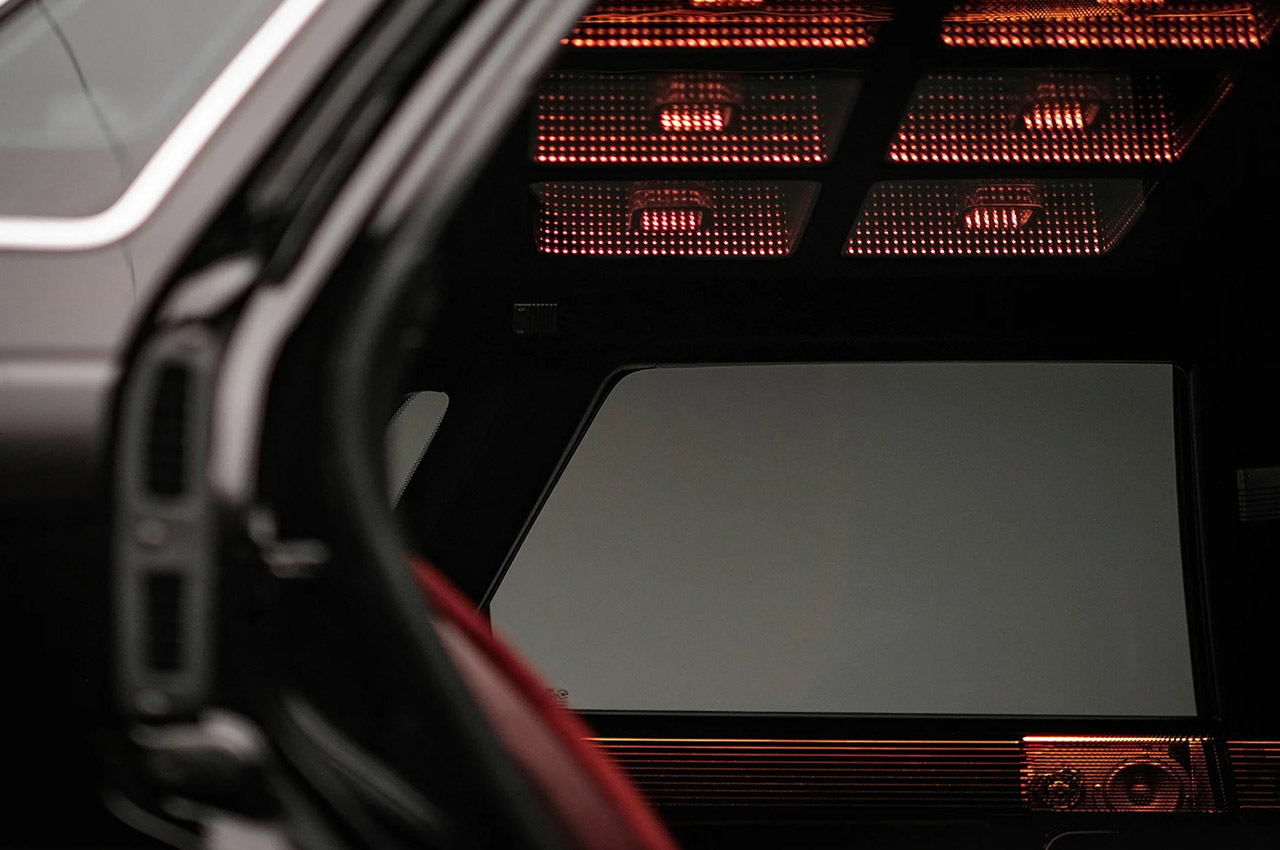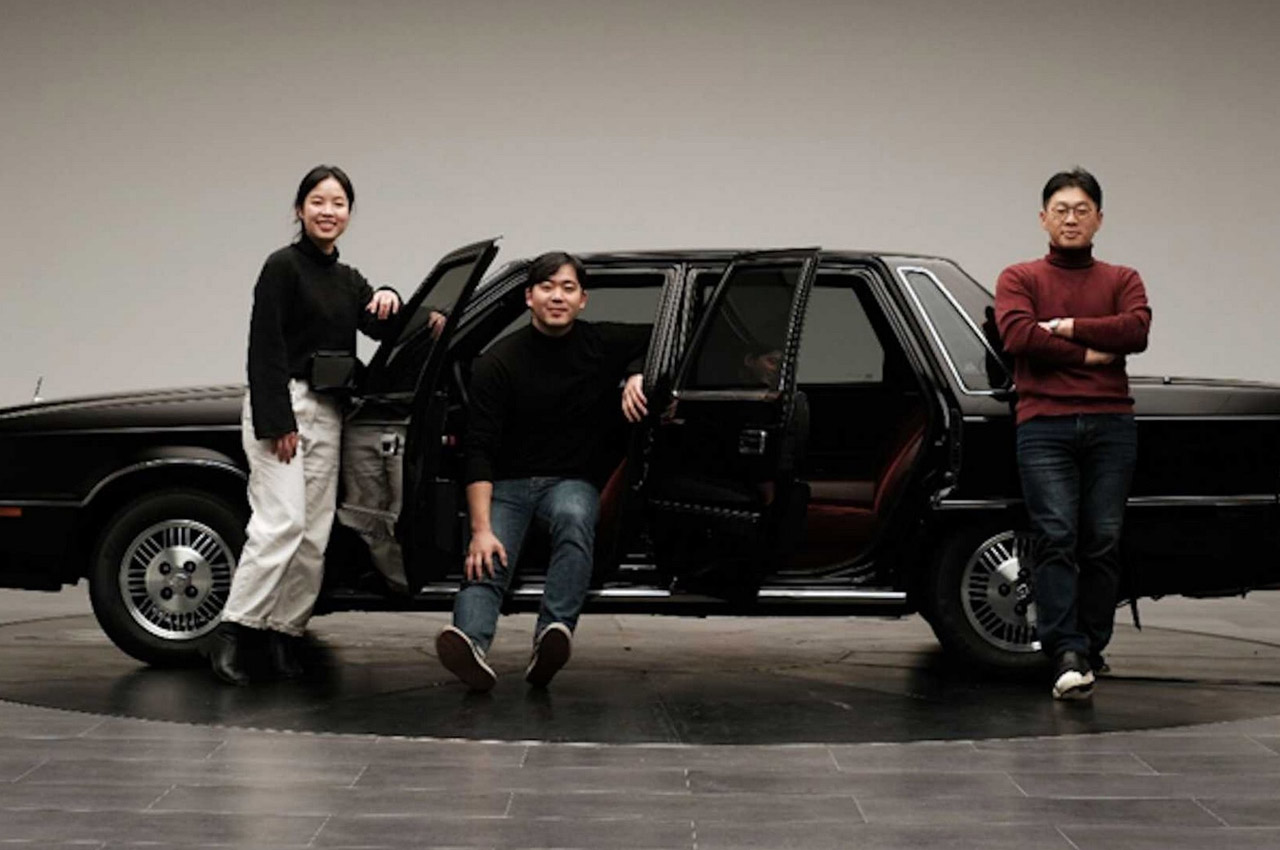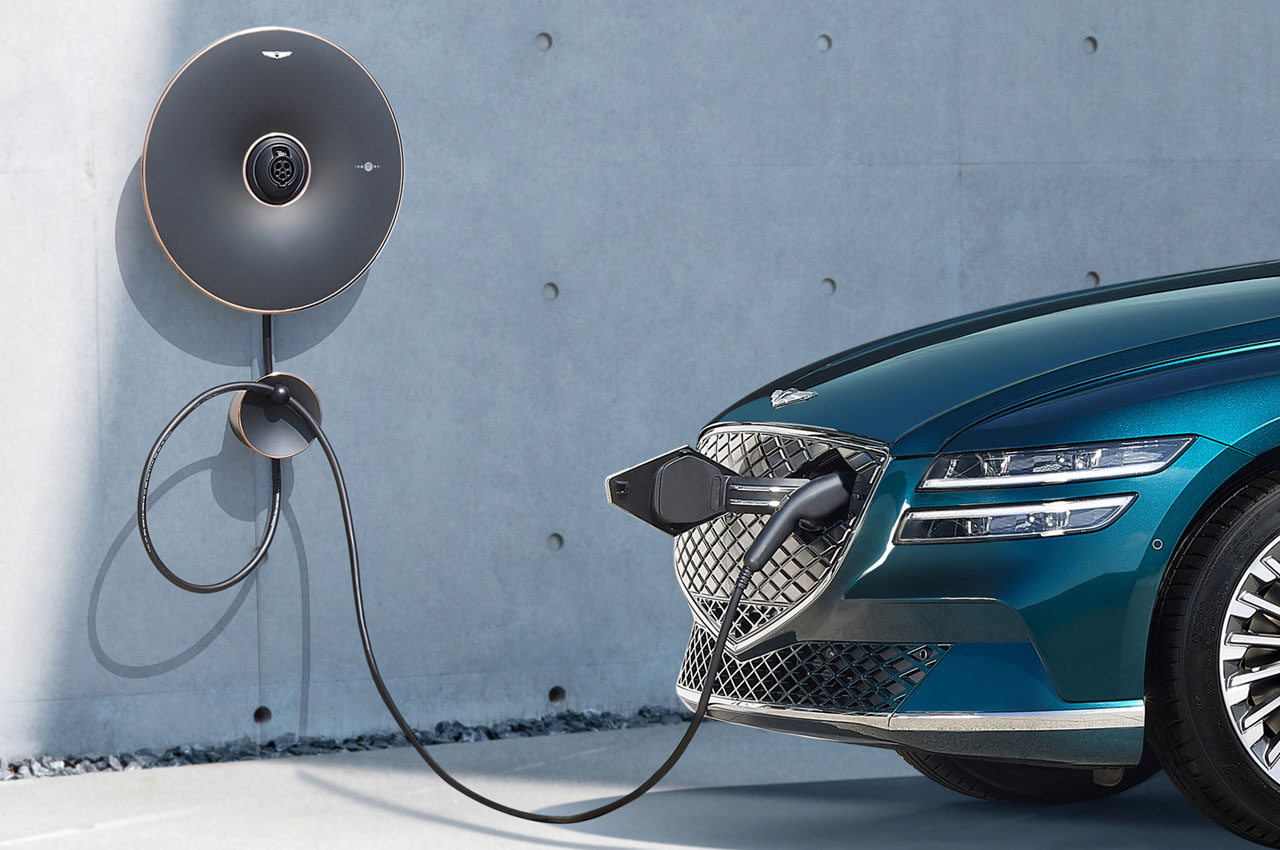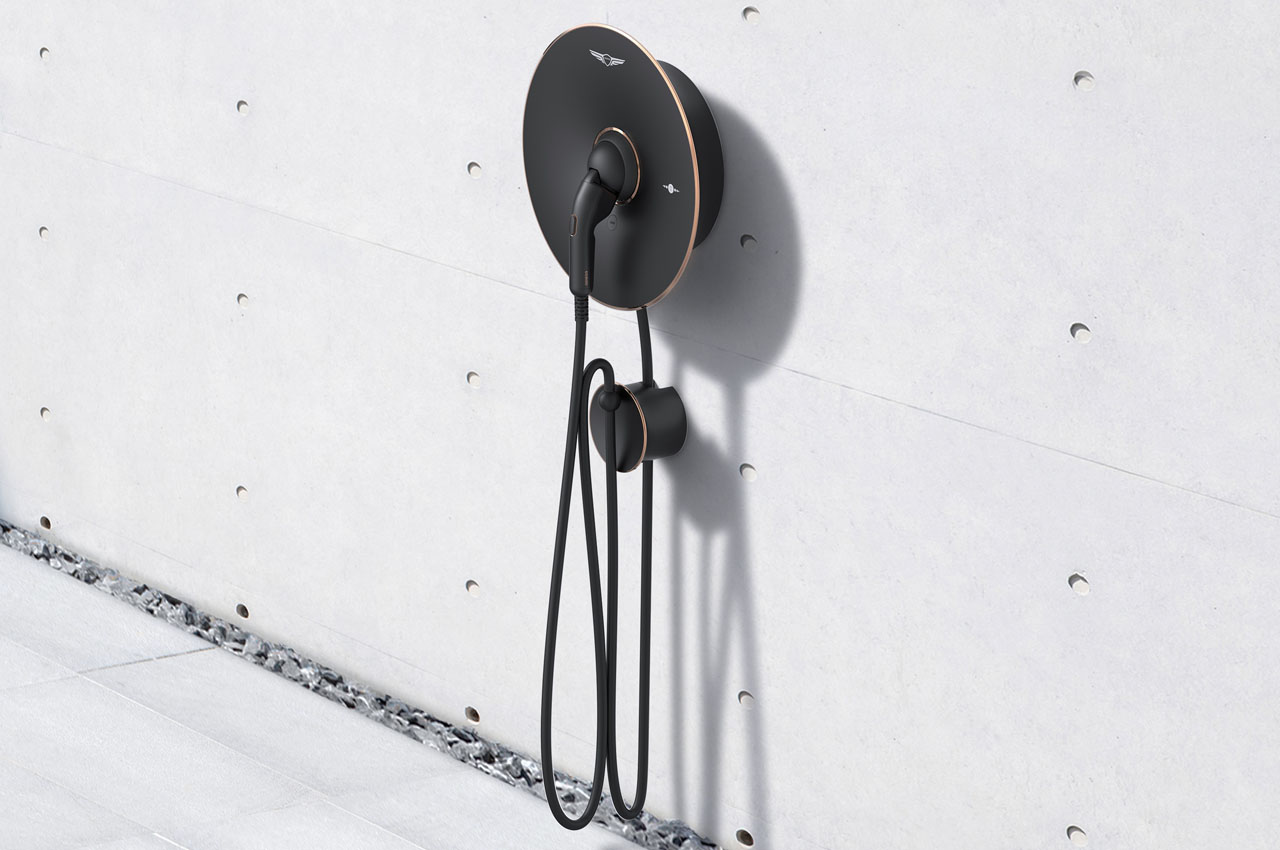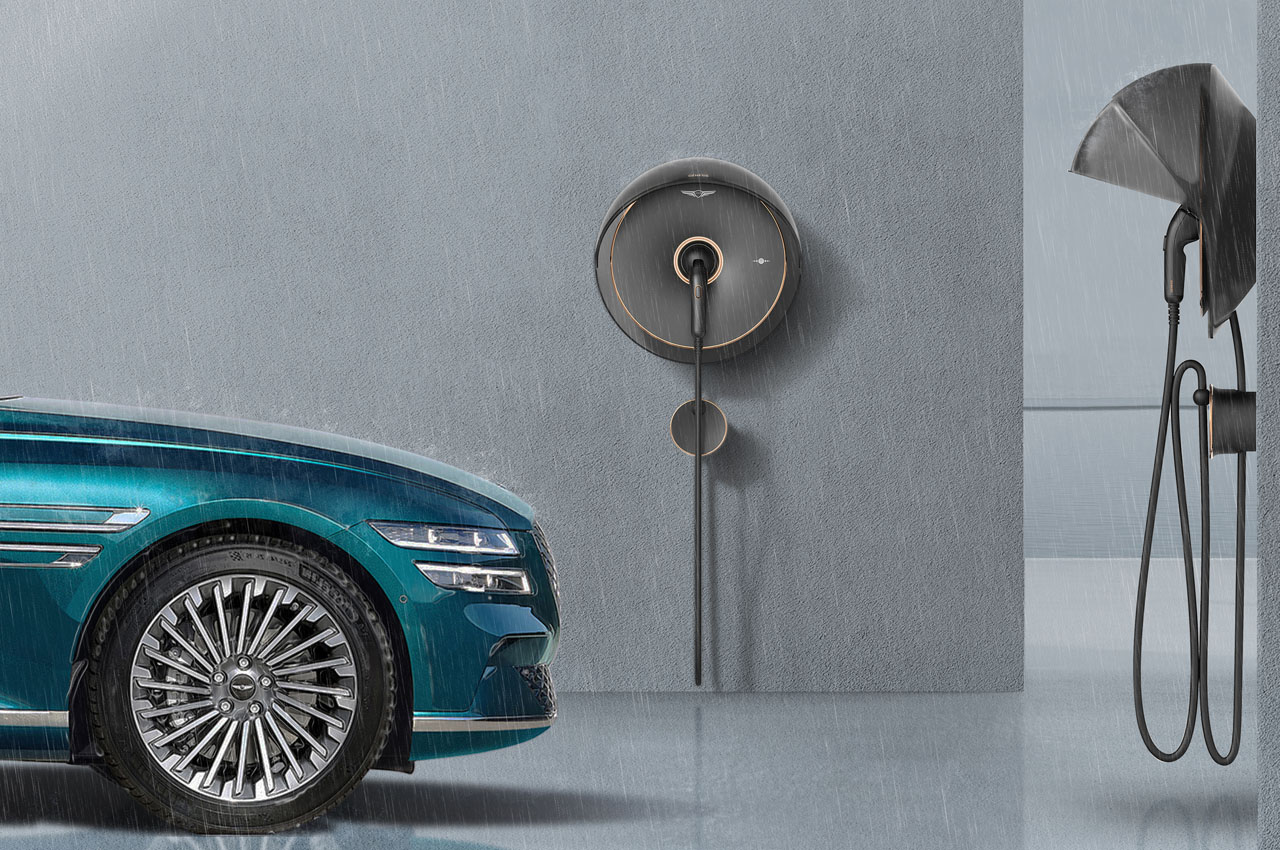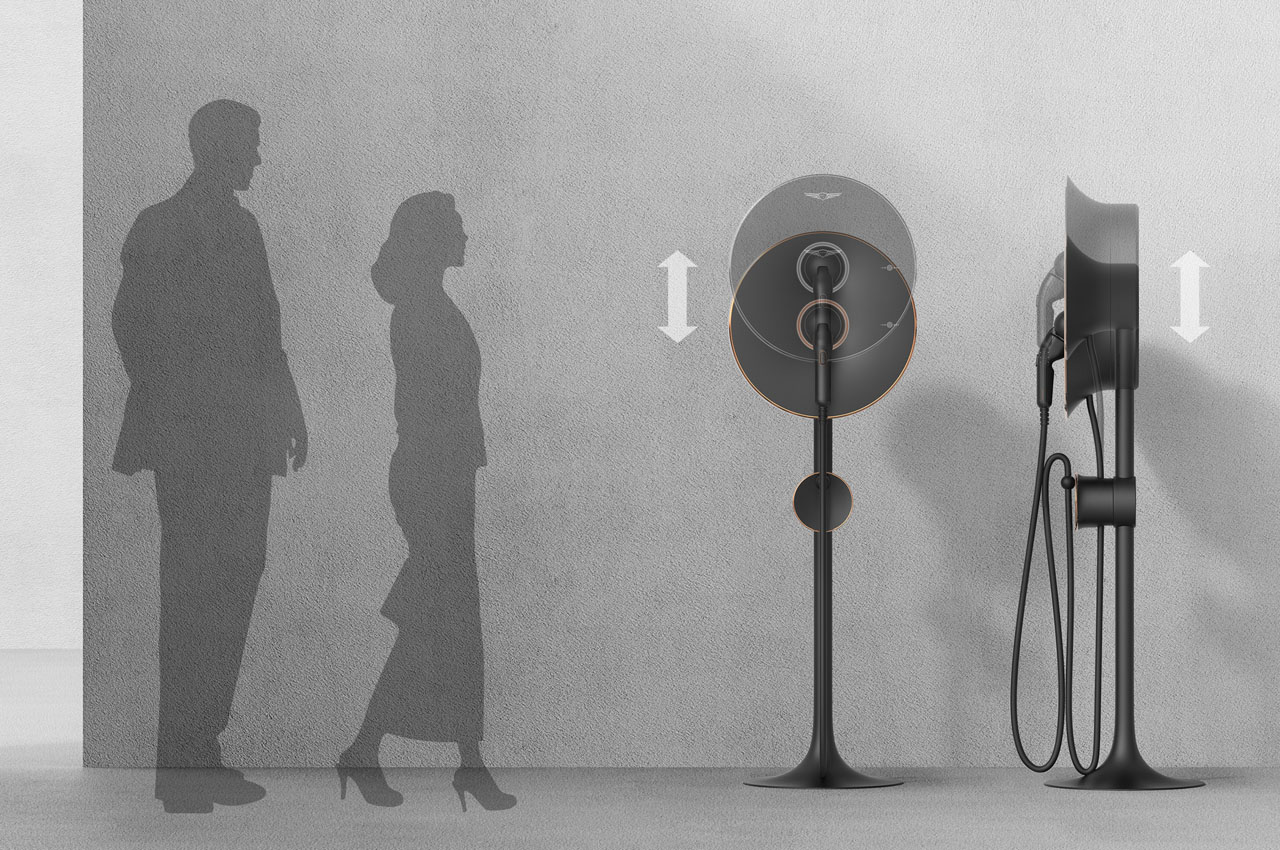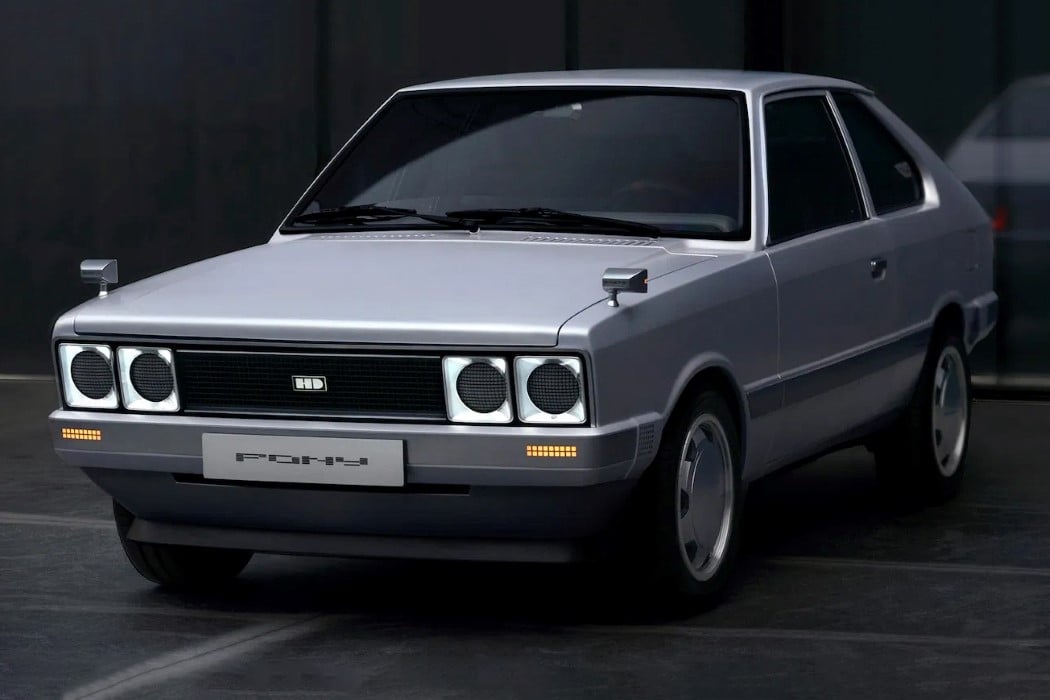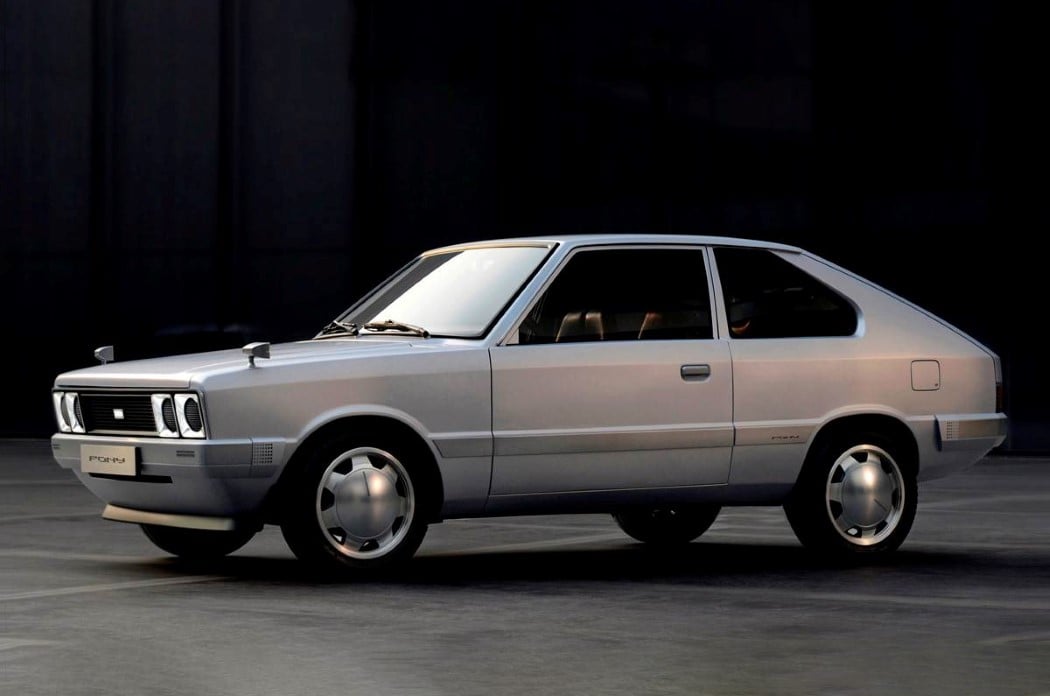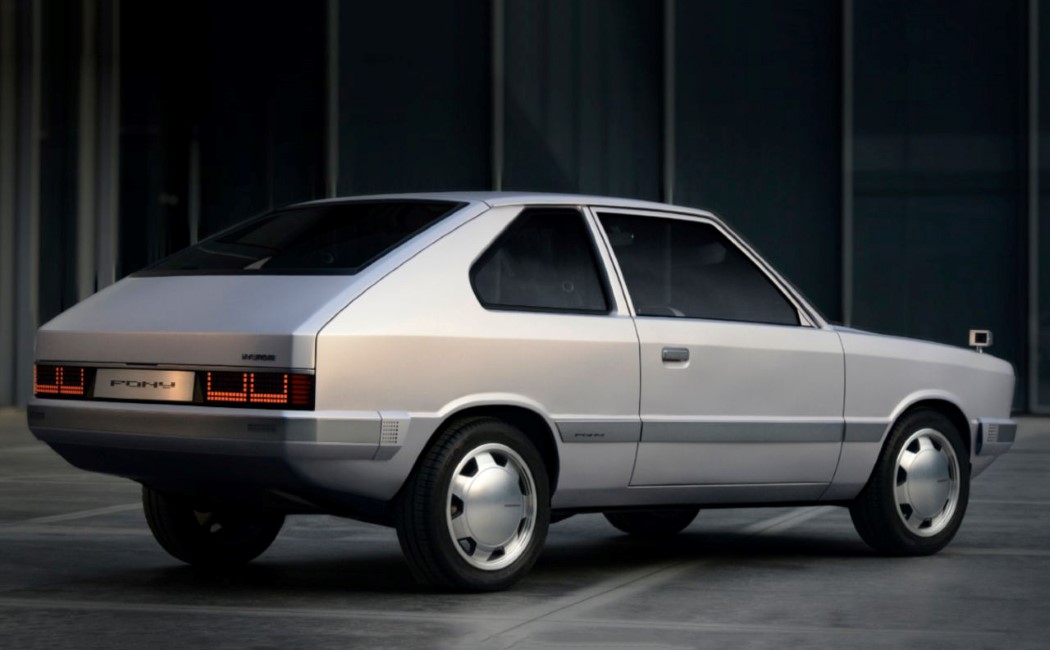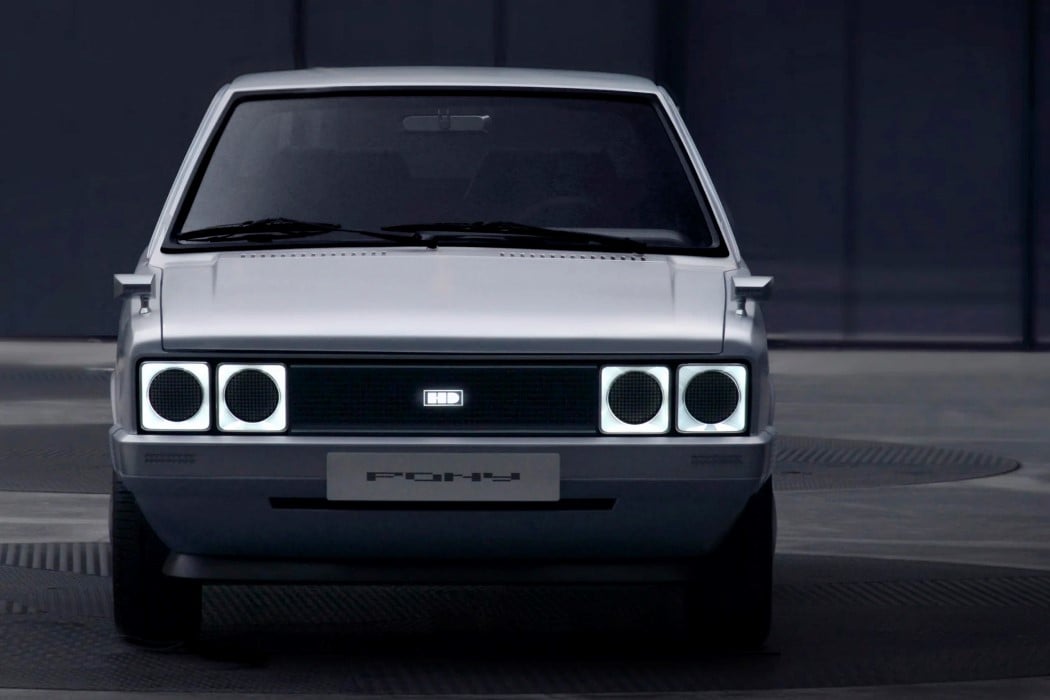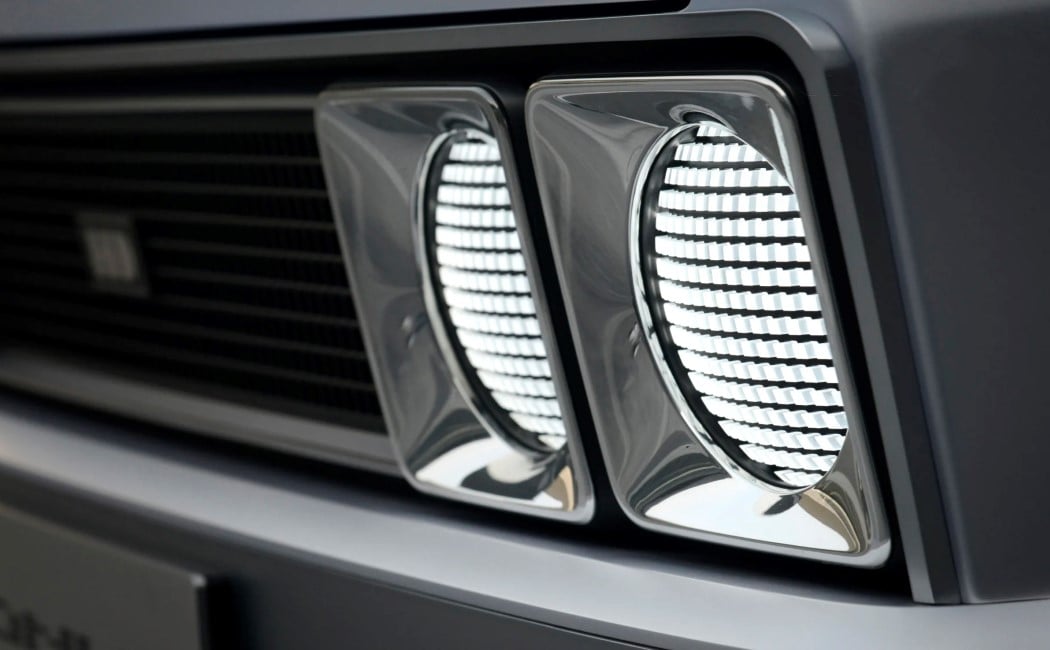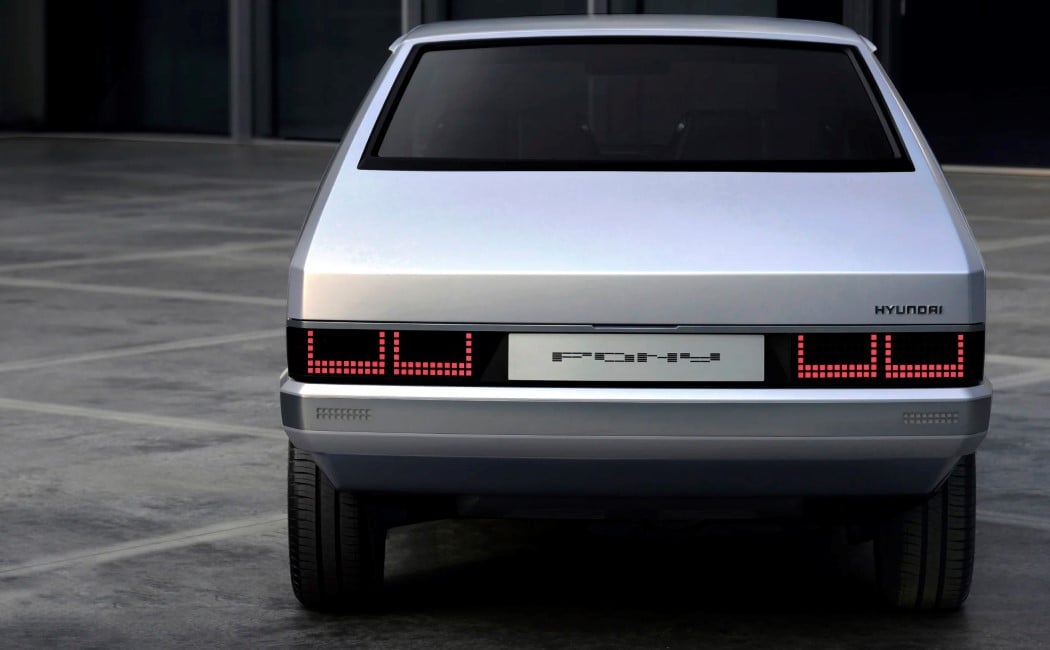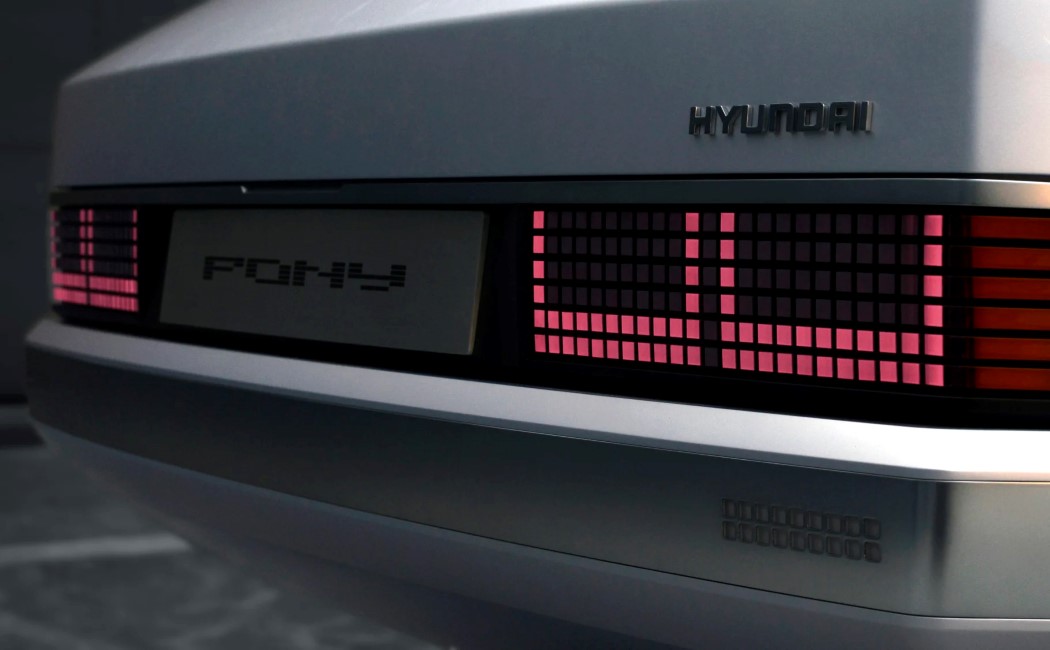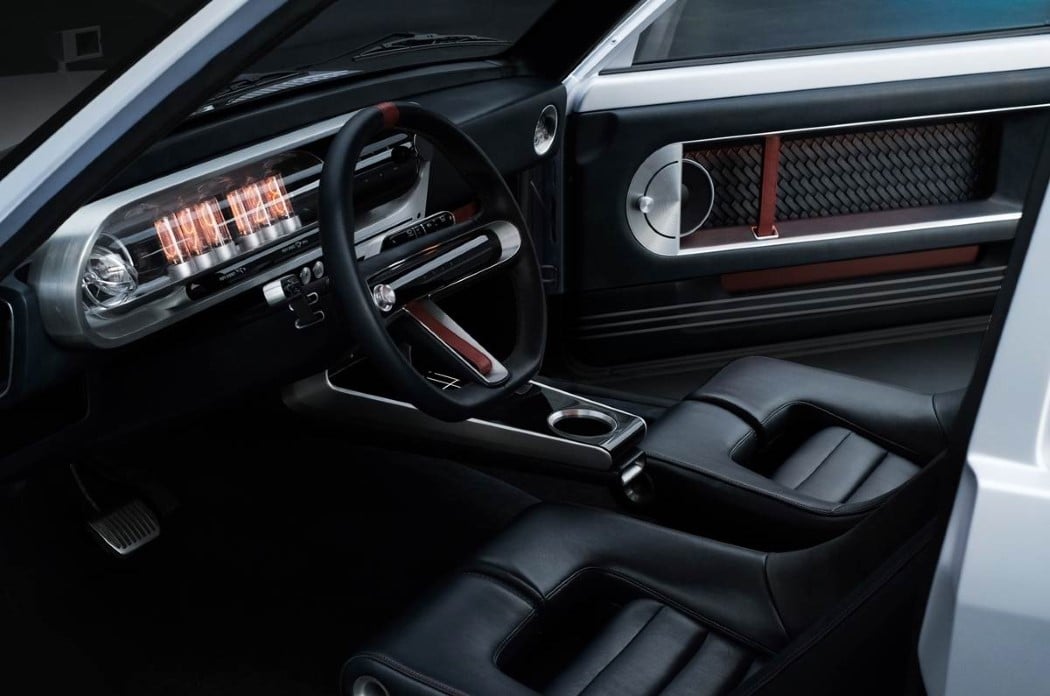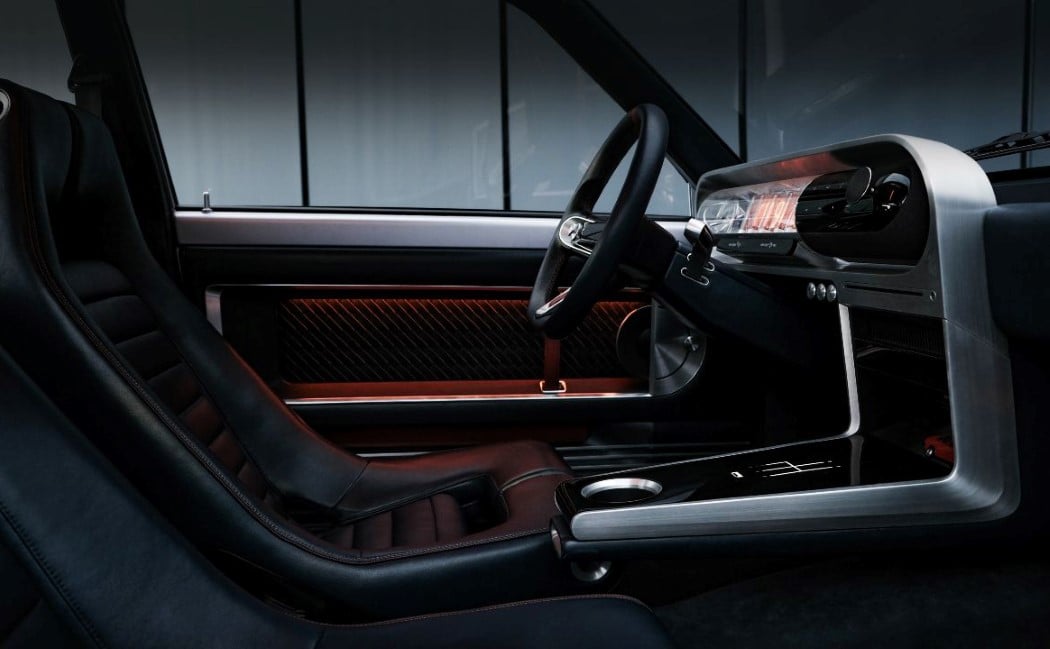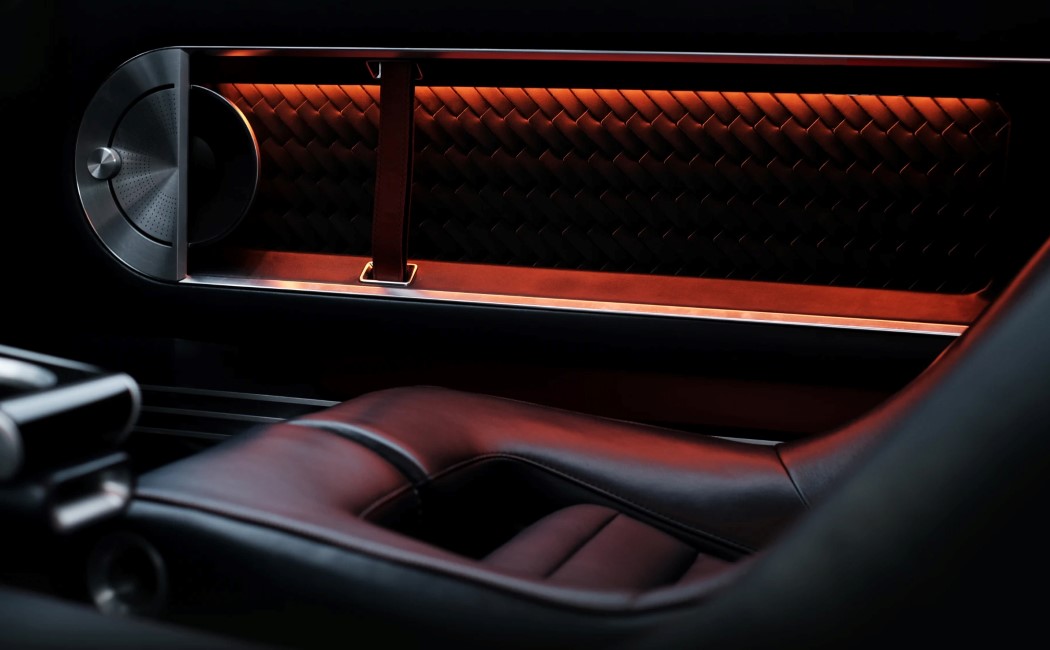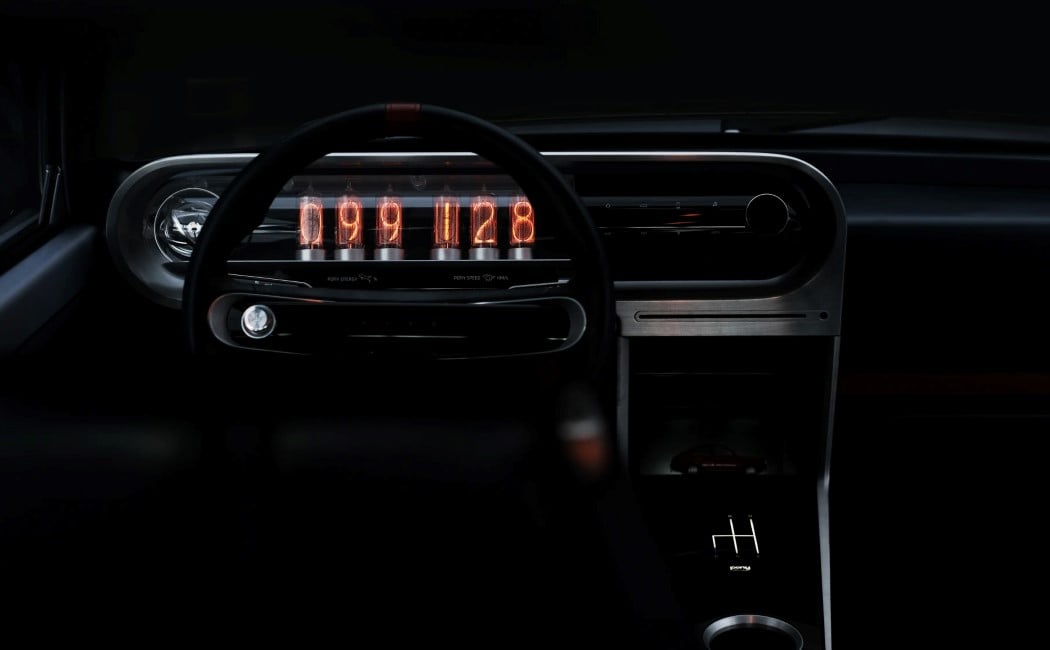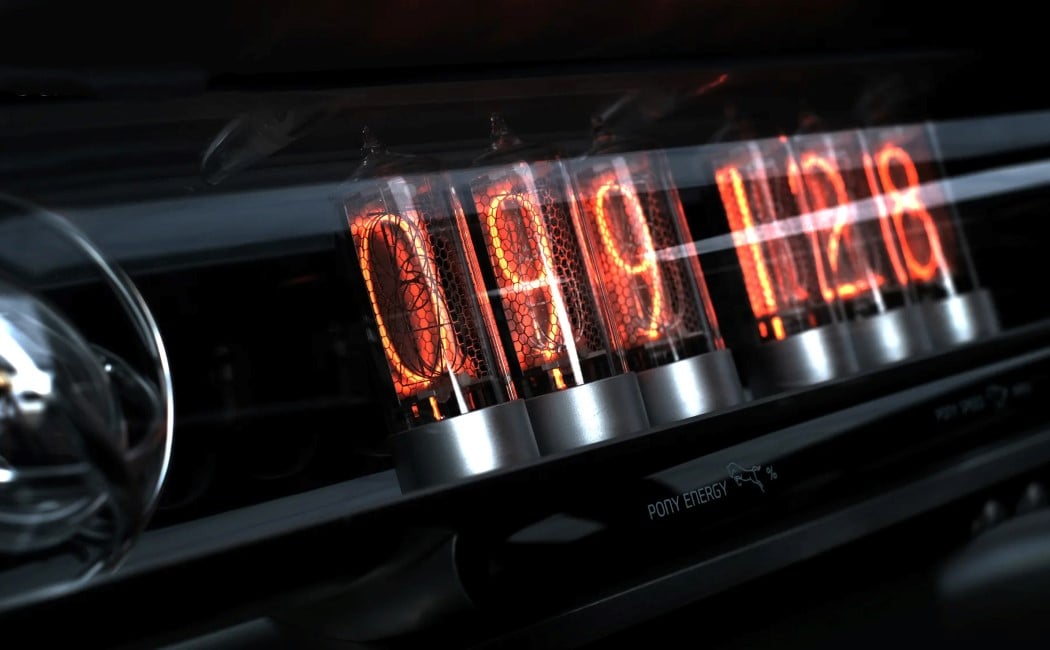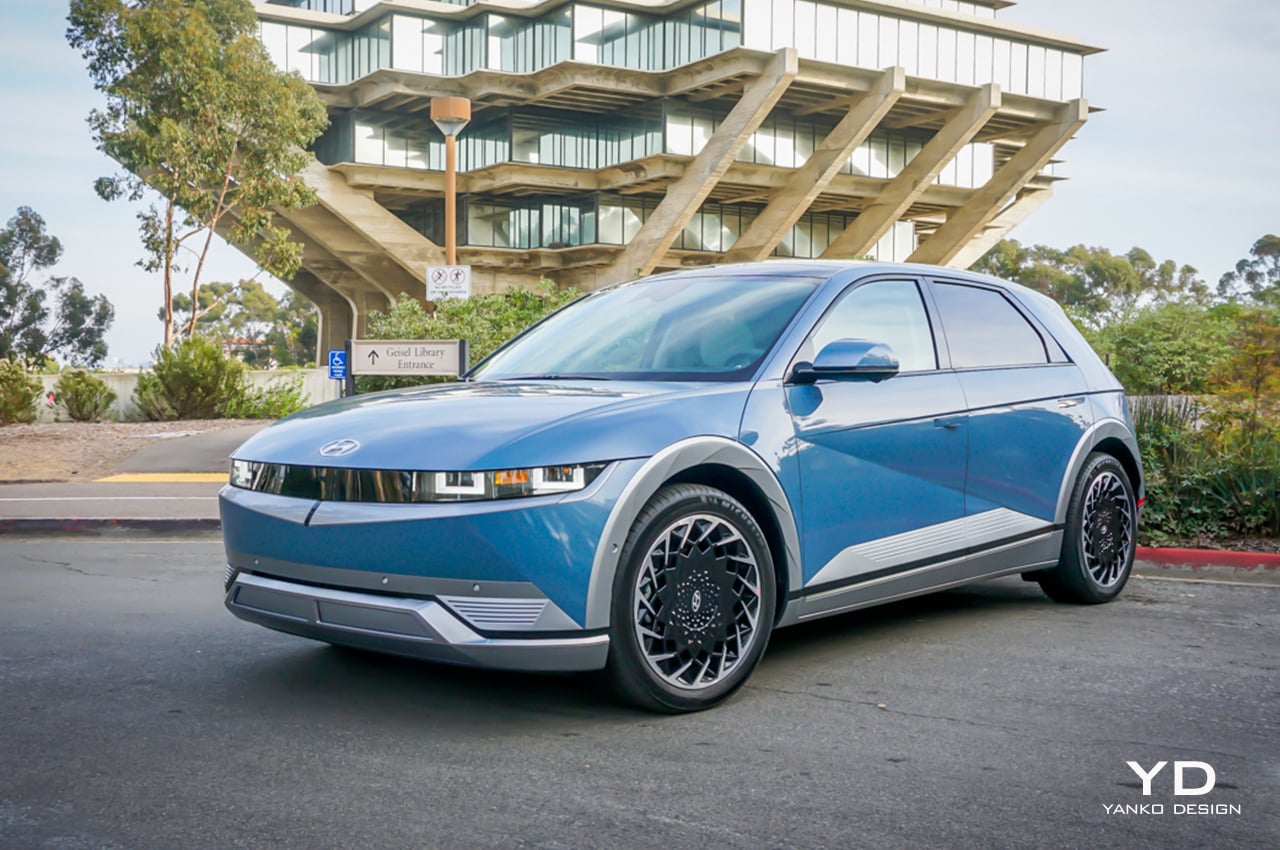
PROS:
- Striking, fresh and modern design to launch Hyundai’s Ioniq EV era
- Fastest DC charging among competition
- New EGMP platform allows for clever reimagining of interior
CONS:
- Highest 303 mile range only available on RWD models, AWD has 258
- Digital smartphone key Android-only option for now
EDITOR'S QUOTE:
There’s intrigue at first glance, and your eyes cannot help but linger, wanting more. There’s a lot to take in.
The 2022 Hyundai Ioniq 5 is the closest we’ve felt to driving an iPhone, in a good way. It brings modern, distinctive and sleek design, innovation, ease of use, and allure, things that Apple has so compellingly mastered. What’s immediately clear, this electric car was created with great ambition, with genuine intention, and not out of compliance.
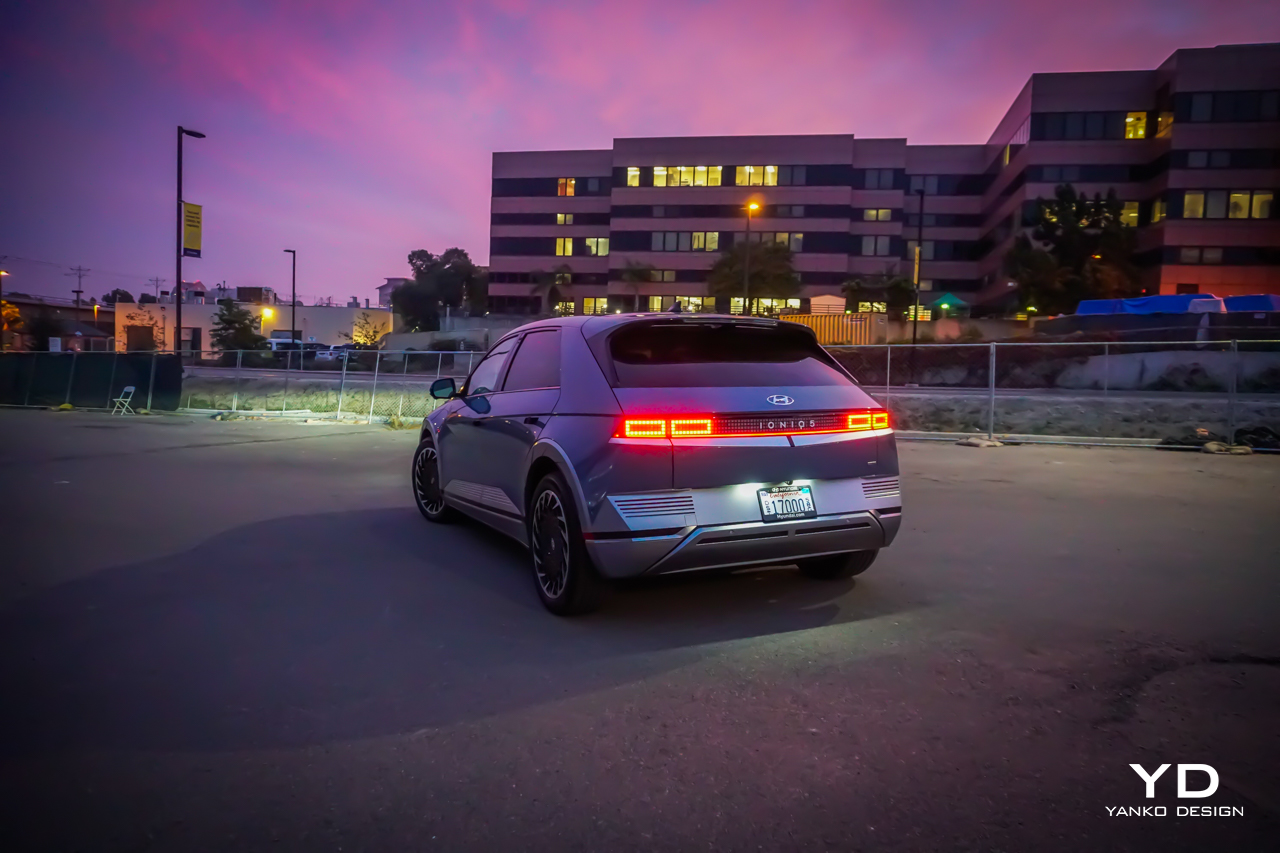
The Ioniq 5 is built on Hyundai’s just-out-of-the-box all-electric platform—called EGMP, or Electric Global Modular Platform—and is the first of many pure-electric vehicles to come. Being built on a dedicated platform allows for reimagined thinking, from the outset.
The Design
There’s intrigue at first glance, and your eyes cannot help but linger, wanting more. There’s a lot to take in. Though classified as a compact crossover, this new electric car has a silhouette more akin to a hatchback, but a futuristic concept, not like anything we’ve seen on the road. Judging by the glances, attention, and chatty inquiries we received during our day with the Ioniq 5 around San Diego, California, the public may agree.
Up front, a clamshell hood allows for fewer panel gaps. An aero-spoiler on the roof helps direct airflow, and give the car a sporty aesthetic. The pixel-inspired signature lighting both front and rear, is unique and exceptionally eye-catching. This signature will be present on all of the automaker’s future electric, and hydrogen fuel-cell vehicles. 20-inch alloy wheels command presence, the wheel design looks like a 3D-matrix screensaver, completely wild and cool. They would be out of place on a more conventional looking car, but the Ioniq 5 pulls them off marvelously. Automatic door handles that lay flush, and power-folding mirrors aid in the modern, luxurious feel.
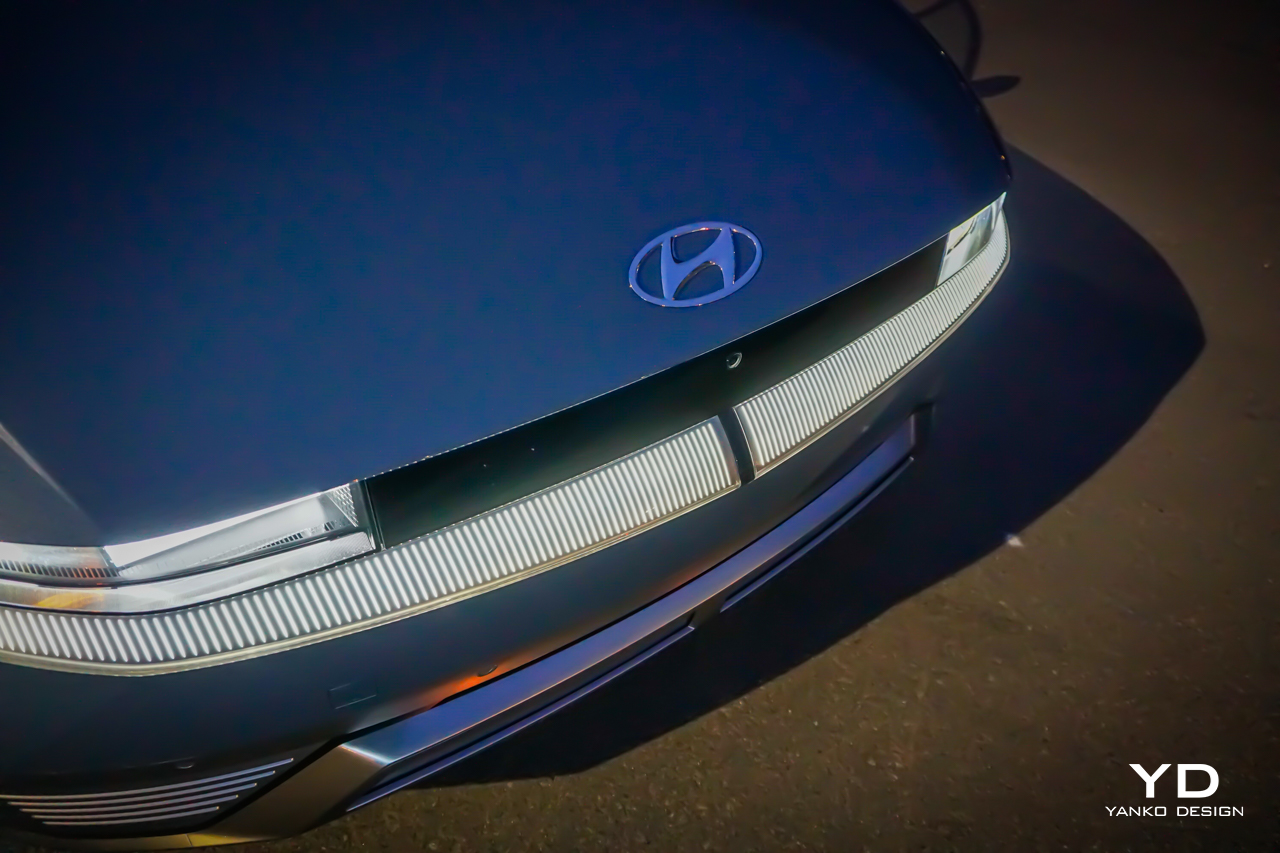
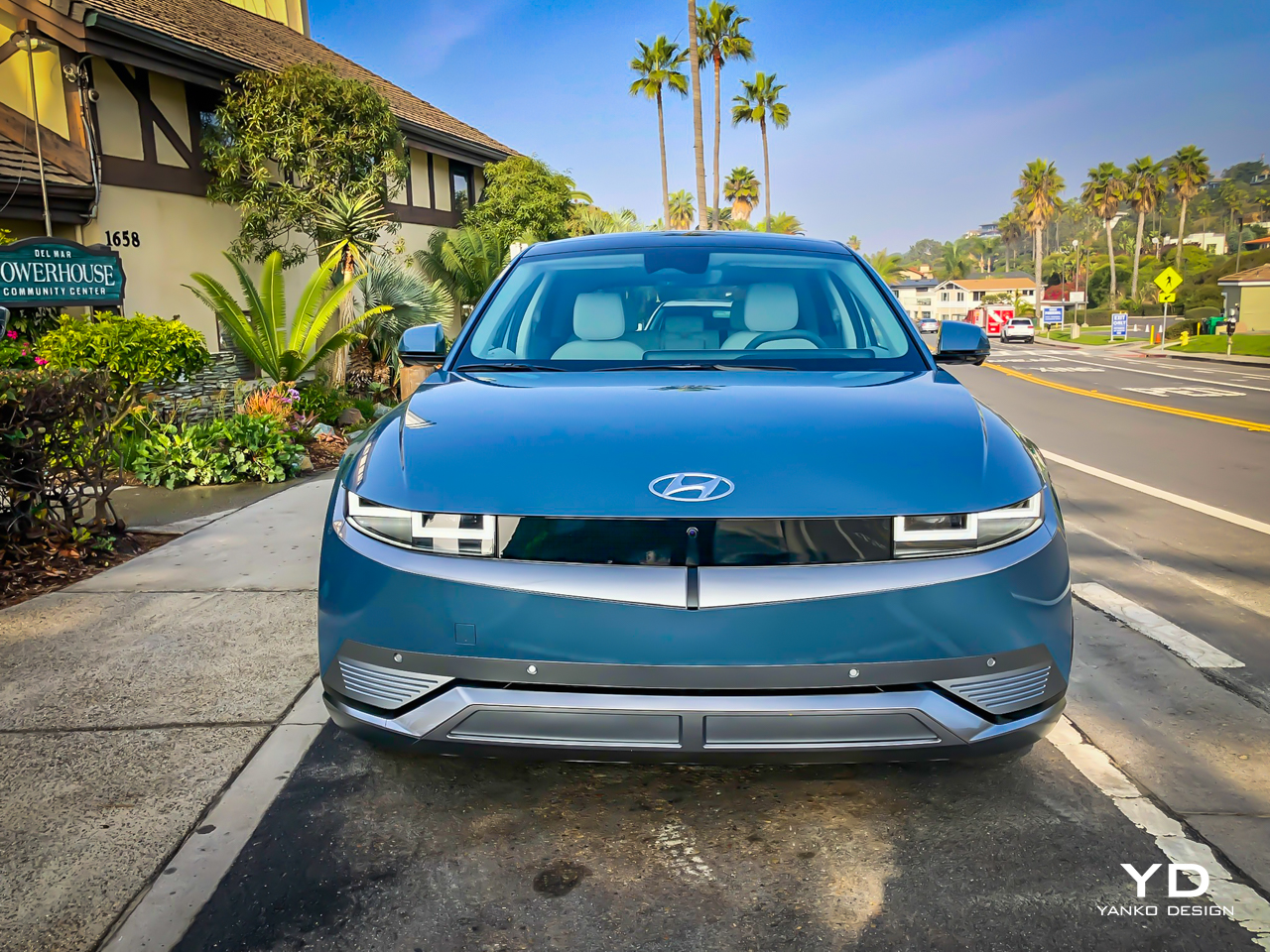
In a recent conversations with Hyundai’s global head of design, Sangyup Lee, the storied designer stressed the need to be bold, to take risks. While Lee brings a desirable pedigree of automotive experience, with especially notable stints at GM, and Bentley, he finds himself rethinking his approach.
“We’re in a transition phase in the industry, and the Ioniq Series is the start of our EV approach,” Lee tells me. Without the need for a combustion engine, transmission, and accompanying gear, spacial considerations are different, and Lee believes design will play an increasingly large role. “As I designer, I’ve never been challenged as much as I am now. And I have to question everything I’ve learned in the last 27 years. I see that as an obstacle.”
If the Ioniq 5 demonstrates anything, it’s that there is a considerably fresh approach. And that doesn’t end with the design. There’s true technological innovation at play here, as well. The 5 boasts an ultra-fast DC charging speed, going from 10 percent charge to 80 percent charge in only 18 minutes, no mainstream brand offers a faster charge, you’d have to go up to far pricier sports cars like the Porsche Taycan to have similar levels. There’s also a two-way charging port that allows you to charge appliances, or even another electric car in an emergency. Remote parking assist will allow you to get out of the car, and let it park or un-park itself, perfect for tight spaces. And Hyundai Digital Key allows you to use your smartphone or a key card in lieu of the key fob to lock/unlock your car. You can share your digital key with friends and family if they have an Android-supported device.
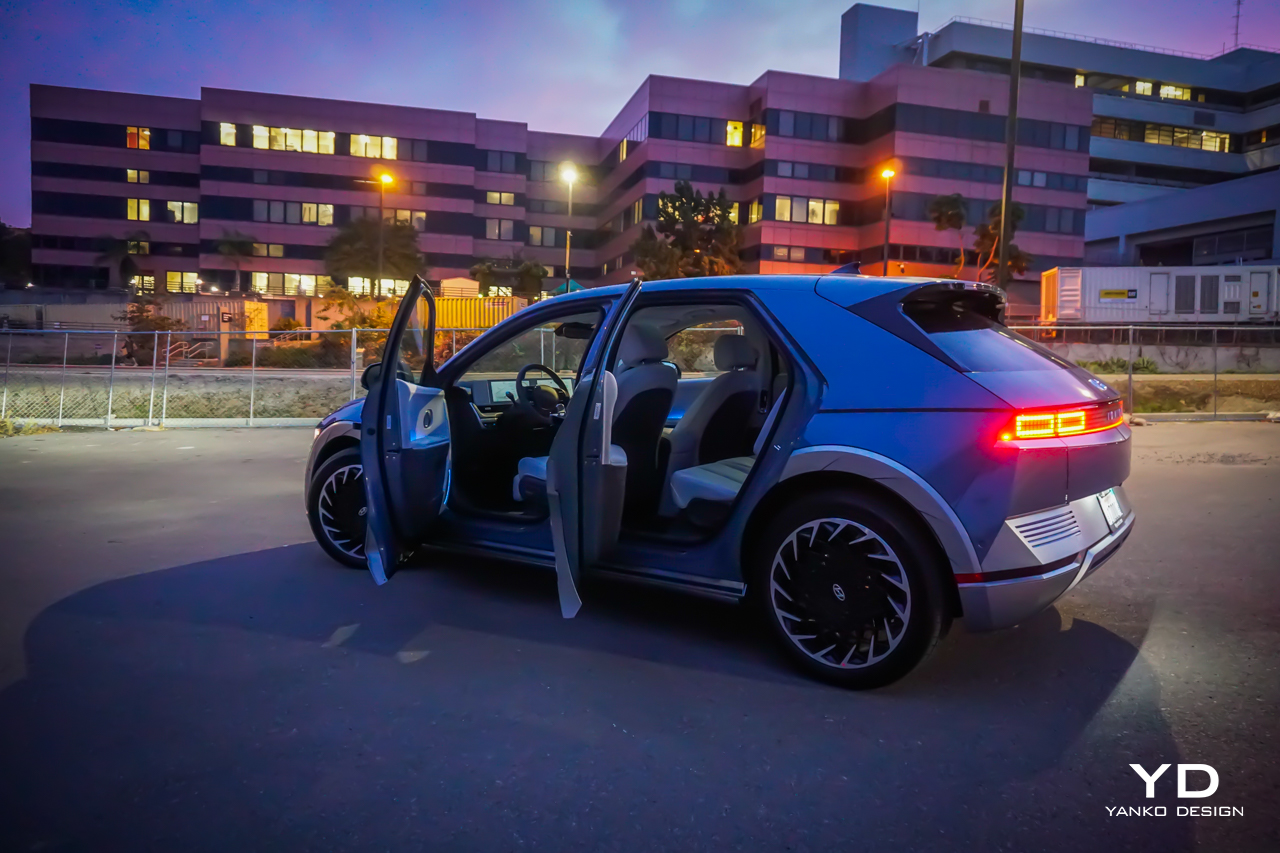
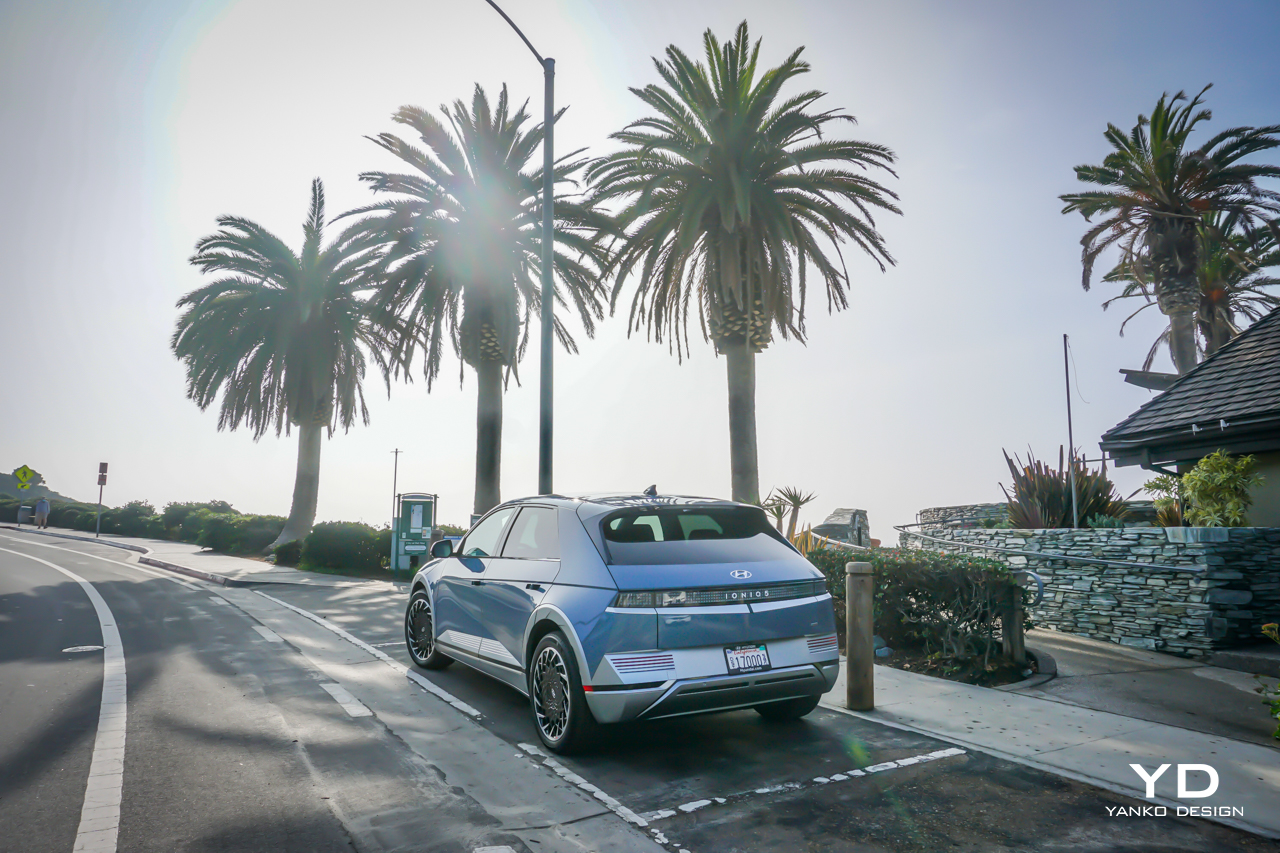
While the exterior wows with distinctive, fresh styling, it’s the interior that shows off some of the advantages this new dedicated EV platform. Ioniq 5 boasts a completely flat floor, thanks to the lack of a transmission, and some of the workings of a traditional combustion engine. An airy, light cabin with a single glass pane moonroof lets in all of that California sunshine, and automatic sunshade offers relief when called upon. There’s an exceptional amount of interior room—despite being a compact crossover, it boasts a longer wheelbase than the full-sized Hyundai Palisade SUV—helping immediately differentiate the Ioniq 5, and demonstrating what is possible with this new architecture.
The Interior
The rear seats can slide forward, or recline back, features more commonly found in larger minivans, or ultra-luxe sedans. 120-volt outlet in the rear allows you to plug-in your laptop, allowing for a mobile workspace, all the rage at present, given the state of the world. Not to be outdone, the front seats recline generously, and have leg rests to help you stretch out. The center console can easily slide backwards, a further piece of thoughtful, clever design.

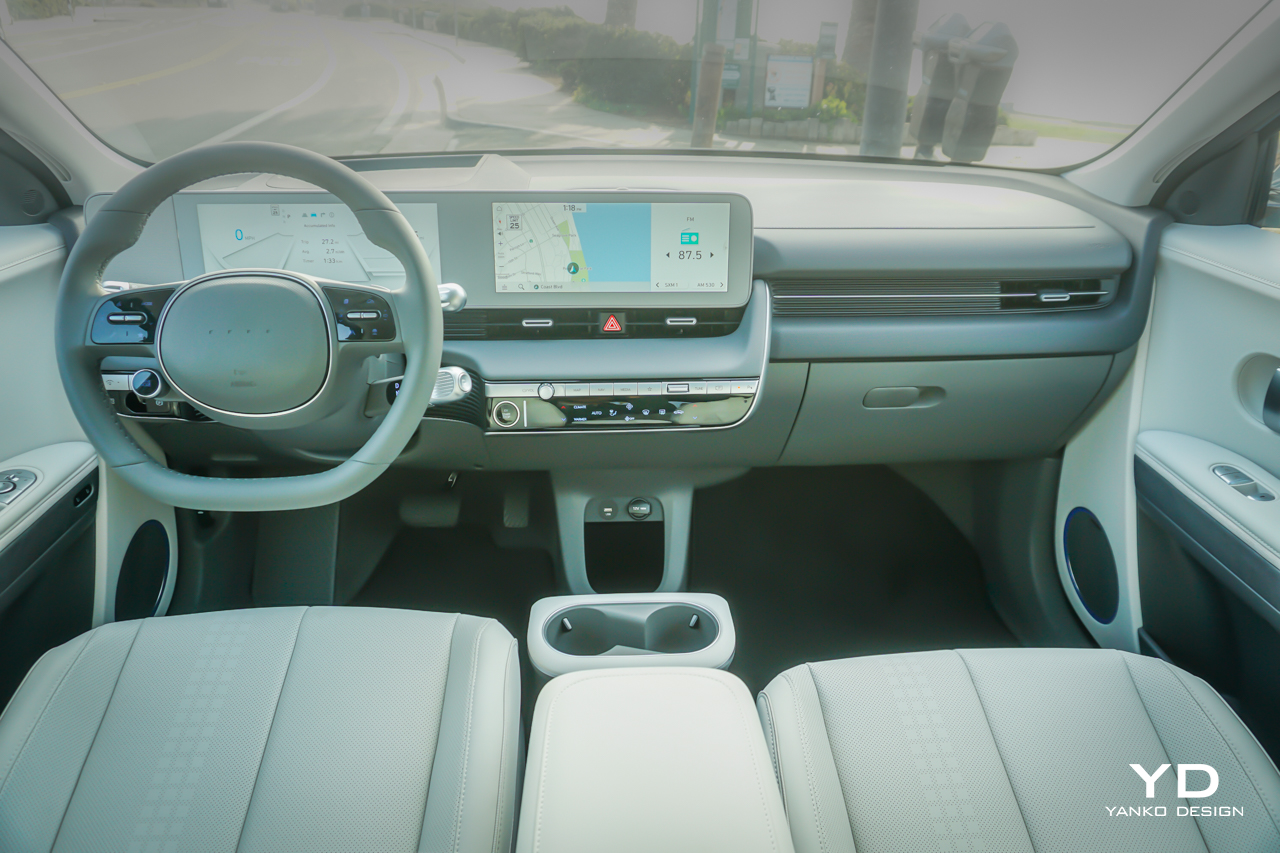
Getting situated behind the wheel, push-button start summons the 12.3-inch digital cluster, and 12.3-inch media touchscreen to life. A stalk acts as your gear shifter, turning the dial to “D” gets you into drive. Having lived in San Diego, I’m familiar with the city, and take Hyundai’s new show-stopper along one of my favorite stretches of road. Heading from Solana beach, south to Del Mar, and onto La Jolla, the glistening Pacific Ocean stretches across on your right hand side. A few thousand miles away Hawaii sits idyll, the only land between us and the Japanese coast, and the wonders of Asia, including South Korea, beyond.
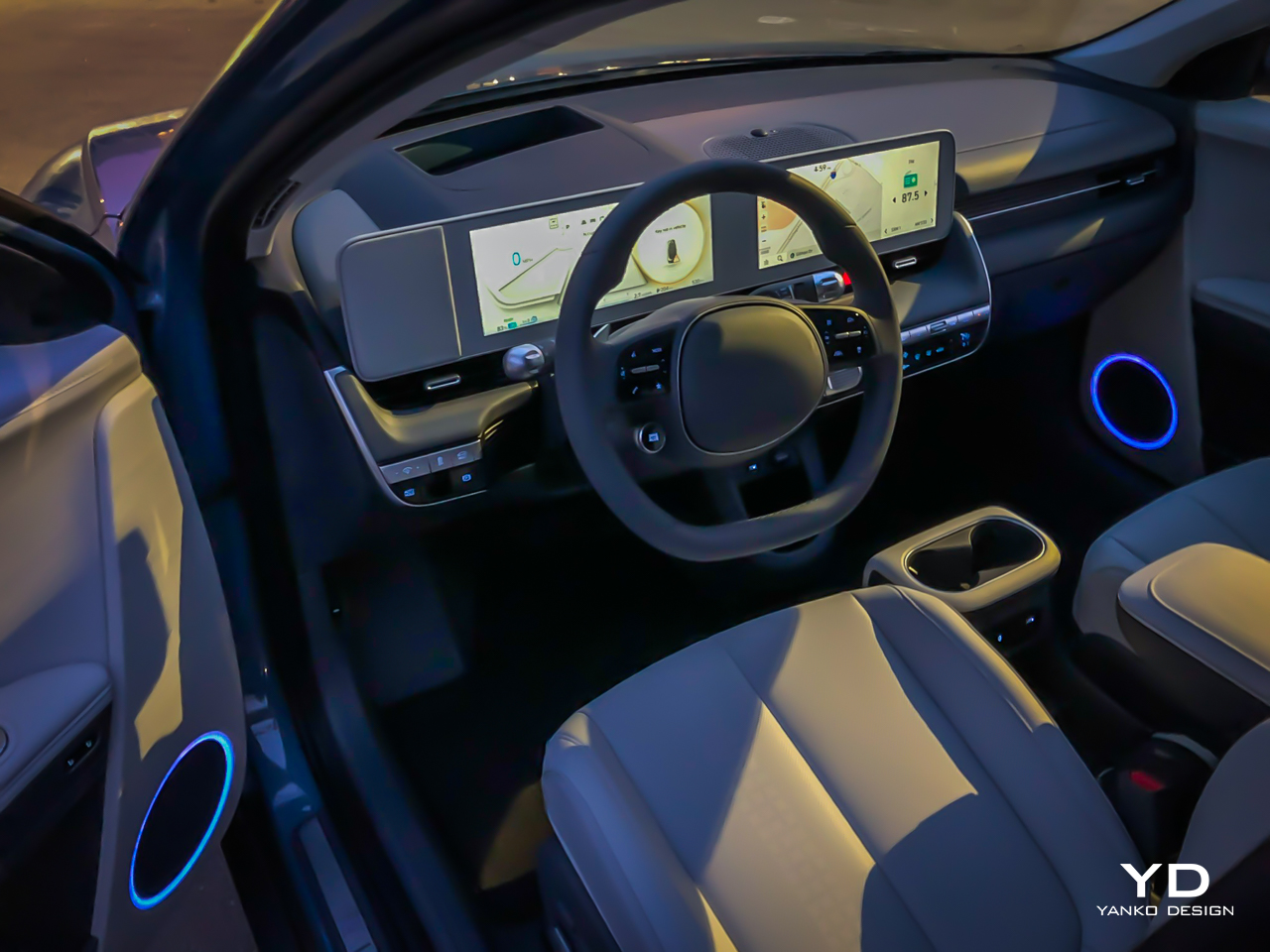
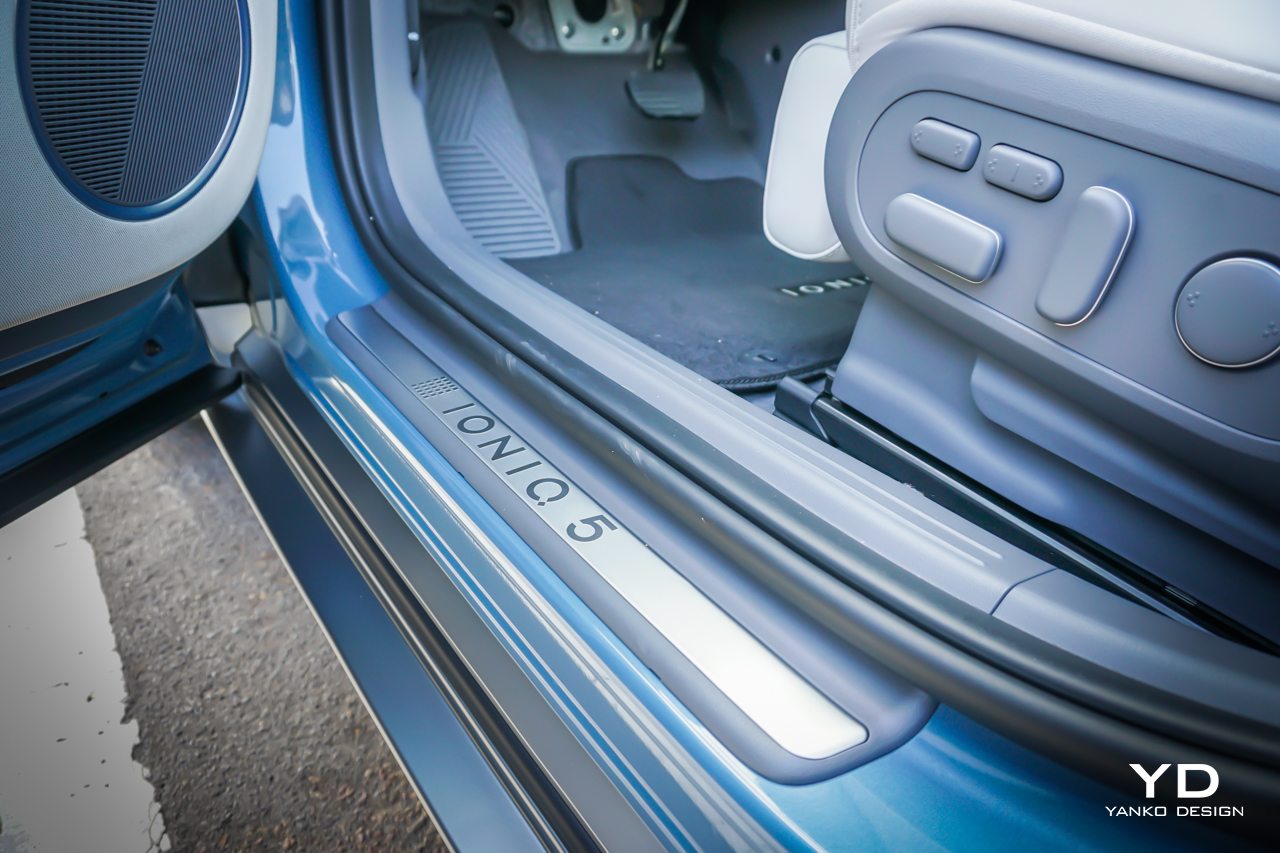
Driving Experience
One of the things that’s interesting about electric cars, is the availability of a blistering amount of power, and how engineers decide to tune that, with considerations of comfort, speed, and battery management. A few times, I press down on the accelerator pedal to varying degrees, to gauge how power is delivered. In all scenarios, there is a common thread: power comes on in a smooth, linear fashion. In one of these scenarios, as I’d later discover, there was a BMW M3 to my right, and quickly it was in my rear-view mirror. When I released off the accelerator, the deceleration immediately began, part of a clever regeneration scheme that both extends driving range, and also makes one pedal driving easy and effortless, with little need for the brake in many scenarios. The M3 quickly caught up and blasted past, and though I didn’t see it, I assume there was some confusion on the part of the driver. What was this stealth UFO on wheels from the future that they had never seen?
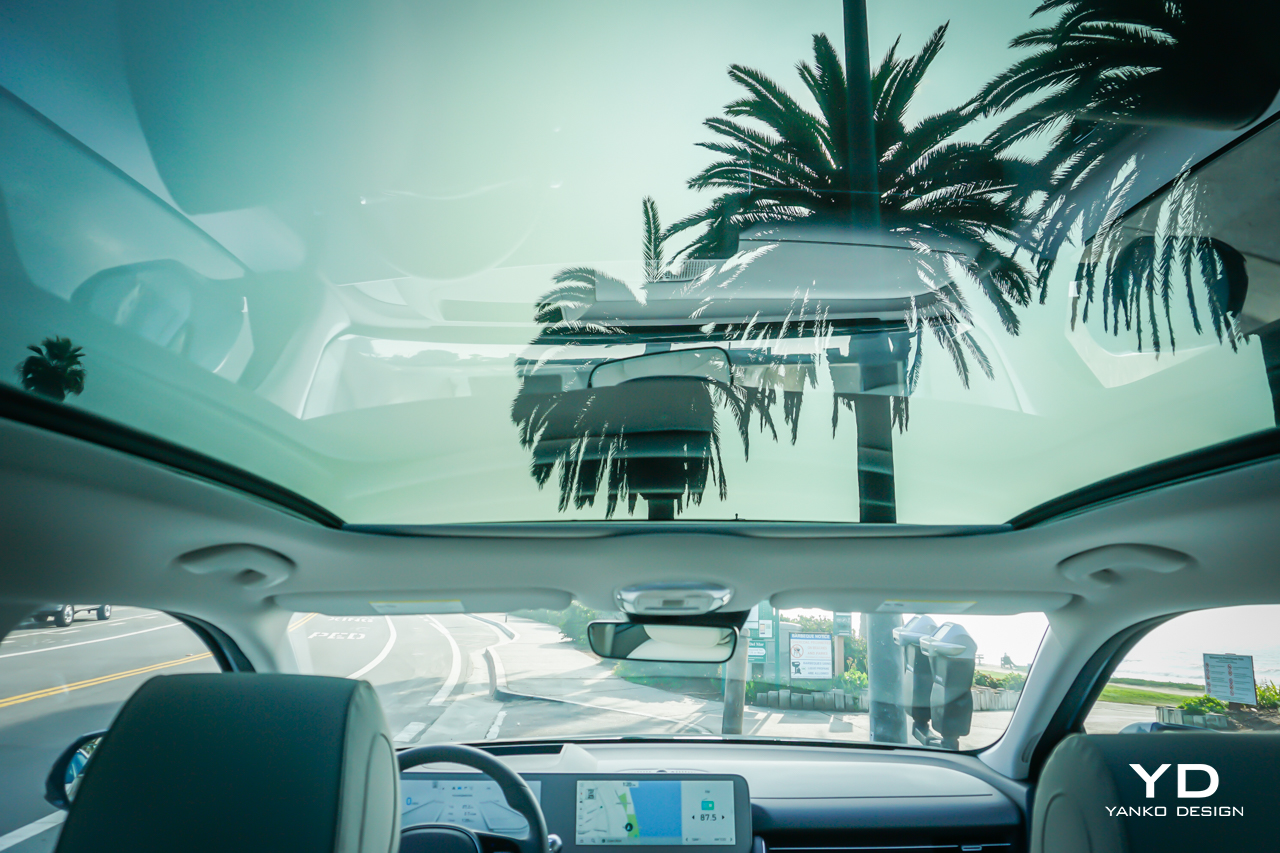
The driving experience and dynamics can vary a little as you can choose from rear-wheel, or all-wheel drive models, depending on your needs. An entry-level, RWD model with a single motor generates about 168 hp, while a longer-range option ups the ponies to 225 and 258 pound-feet of torque. The AWD employs an extra electric motor, and brings total output to 325 horsepower, and a generous 446 pound-feet of torque, essentially all the instantaneous power on tap you’d need. Rear-wheel drive models can get up to an EPA-rated 303 miles of range, while AWD models can go 258 miles on a full charge.
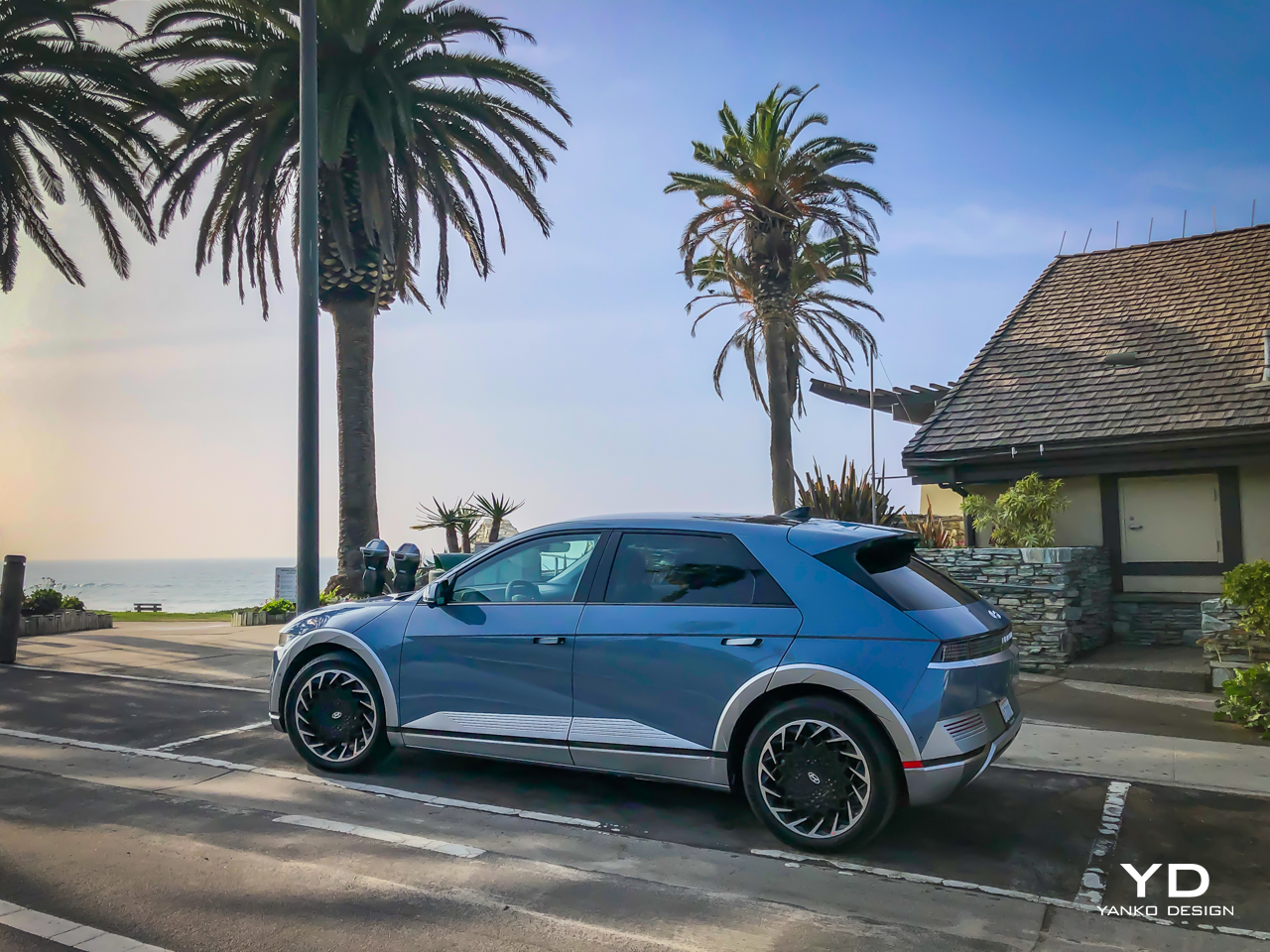
Final Thoughts and Pricing
Electric vehicles are not a turnkey solution, and there’s important work yet to be done. Considerations in how battery materials are mined and composed, a more sustainable and greener electric grid in markets where EVs operate, and eventually a true recycling solution will all need to be addressed. These are complicated challenges, but we’re also at the infancy of possibility. We’ve already seen impressive technological advancement in the development of this new era of transportation.
If consumers are truly going to be swayed to give up the familiar for something new, it will have to be exciting, enticing, and desirable. With its fresh, bold design, accessible price range, truly fast charging time, and brimming with allure, the 2022 Hyundai Ioniq 5 loudly ushers in a new era in true style.
Starting prices range from about $41,000 for the entry-level model, up to $55,725 for a feature-rich Limited AWD Ioniq 5. U.S. buyers can receive a federal incentive of $7,500, additionally.
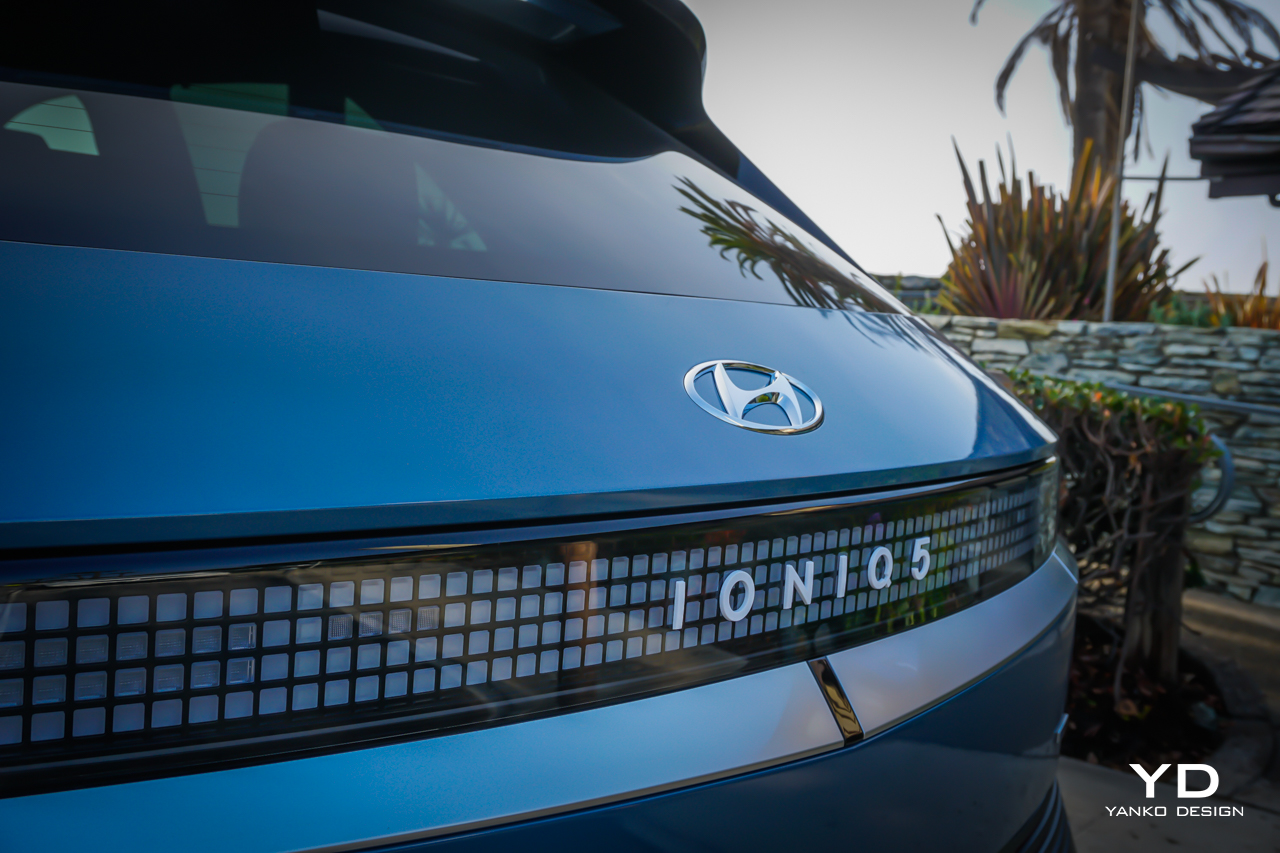
The post 2022 Hyundai Ioniq 5 Review first appeared on Yanko Design.
